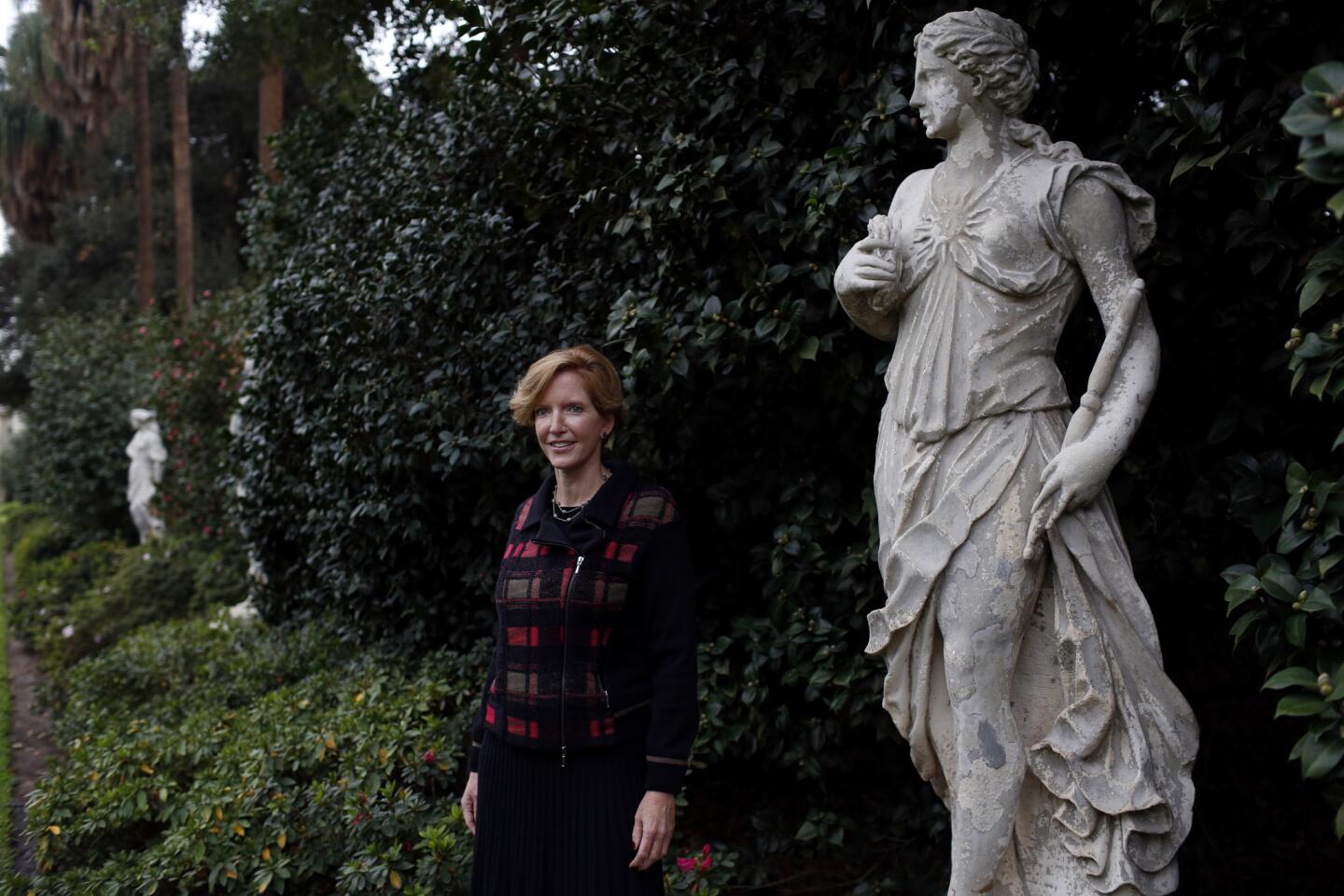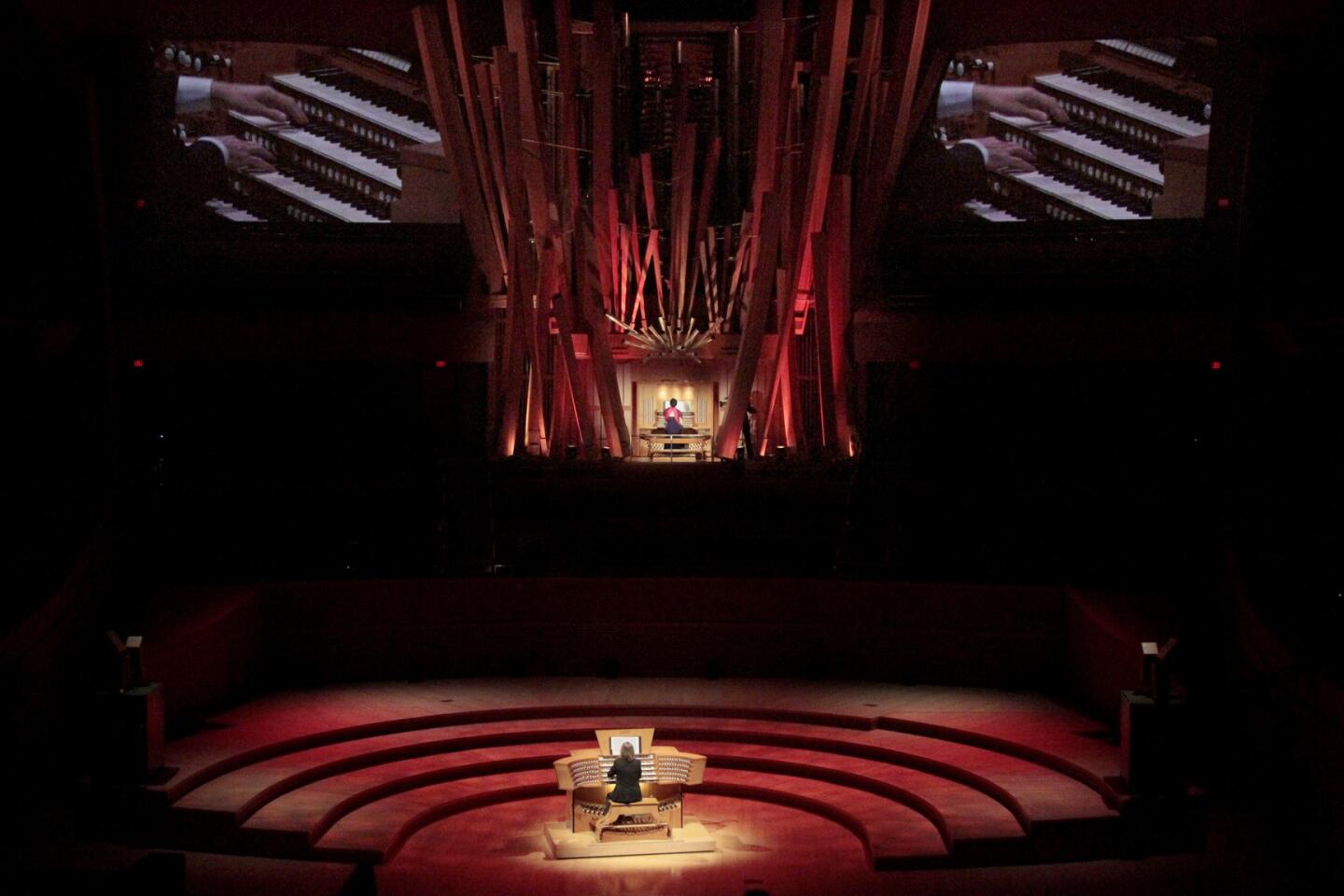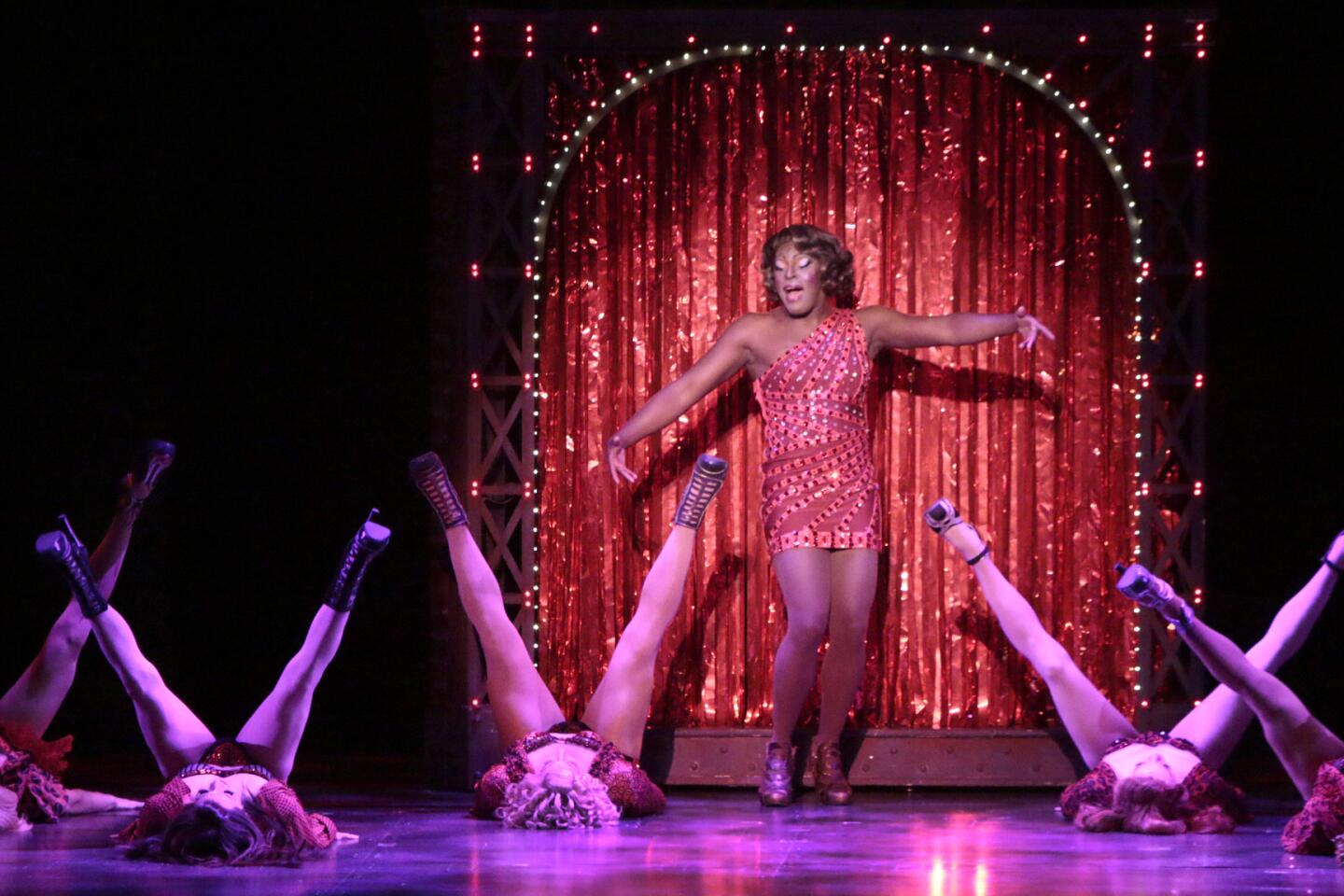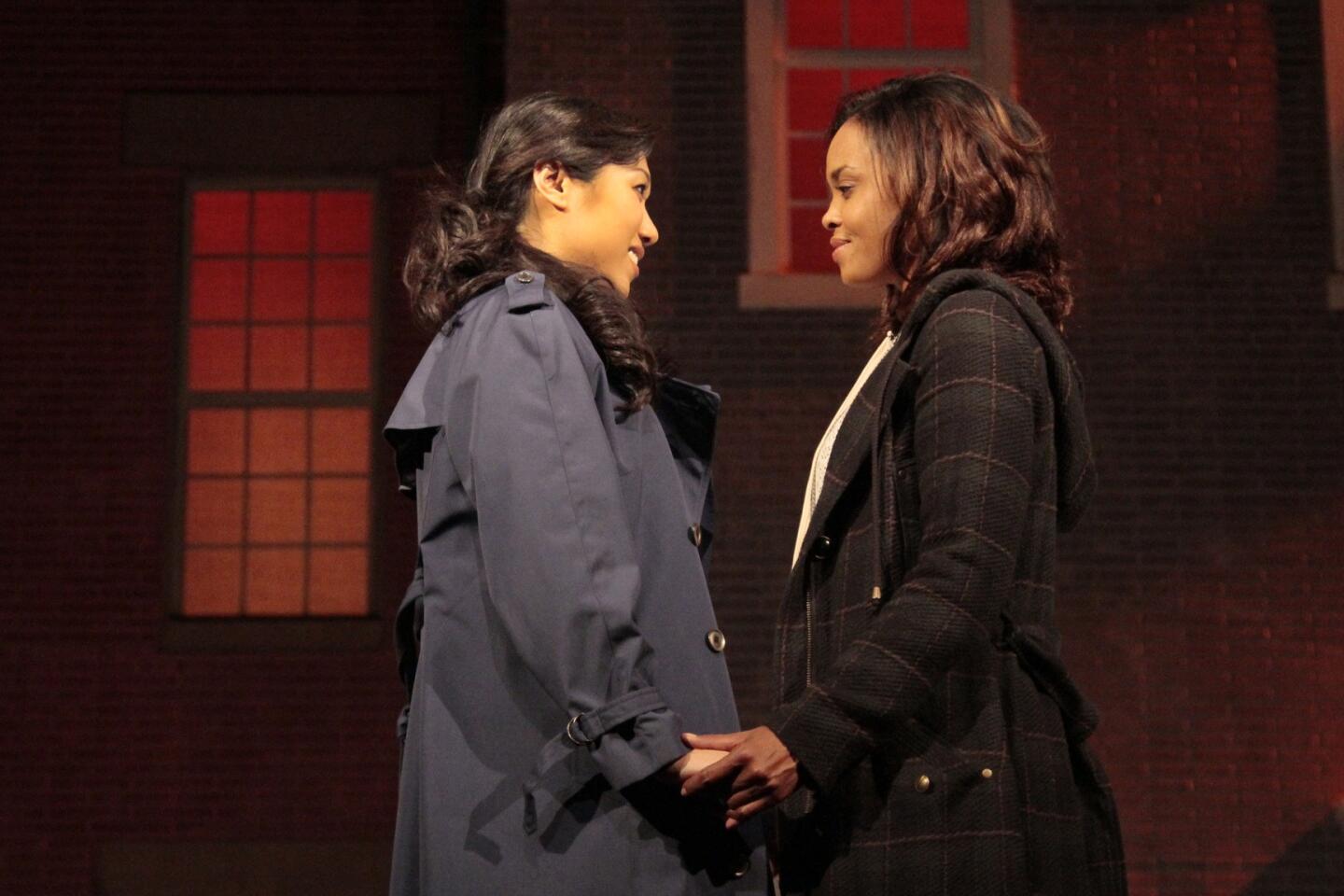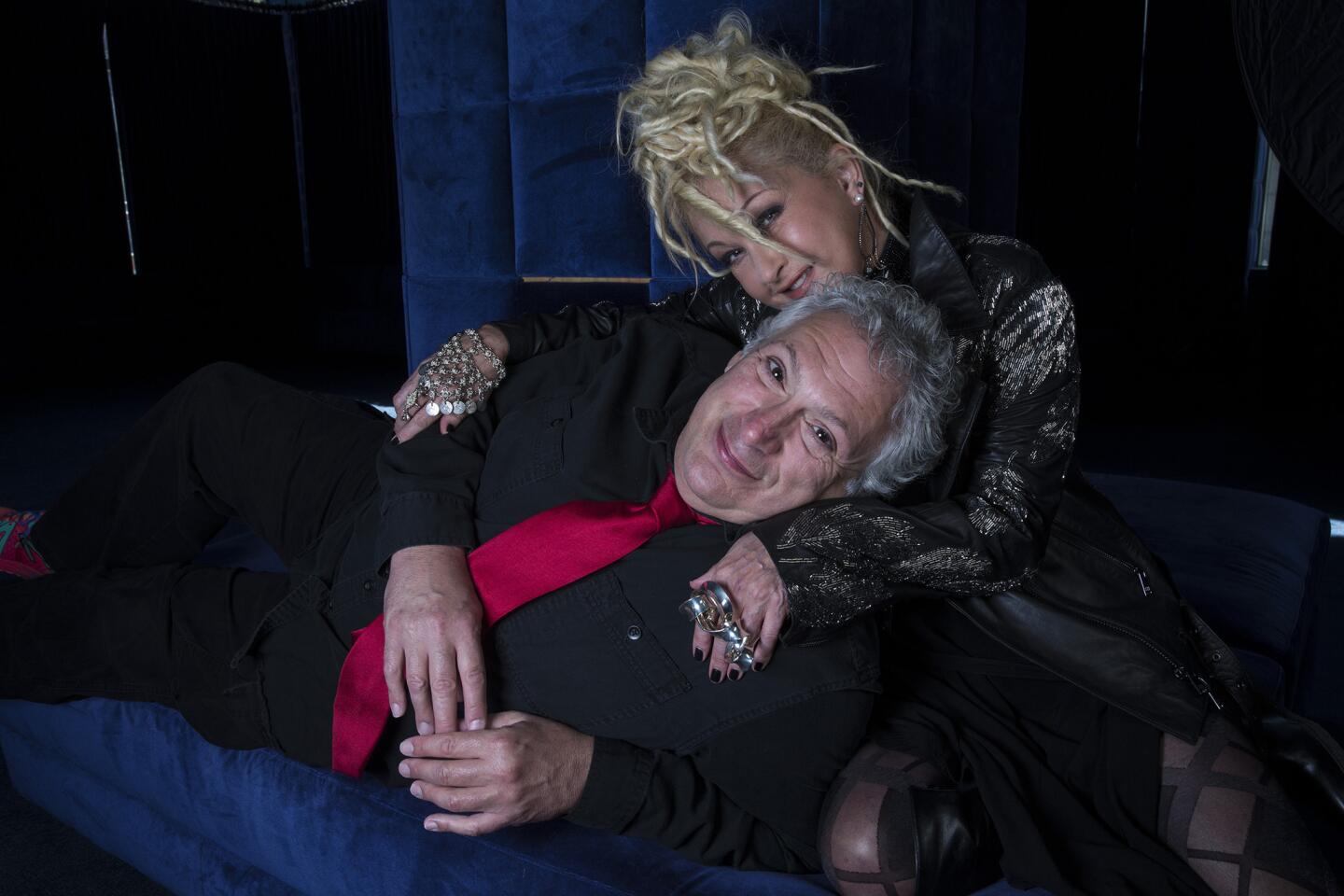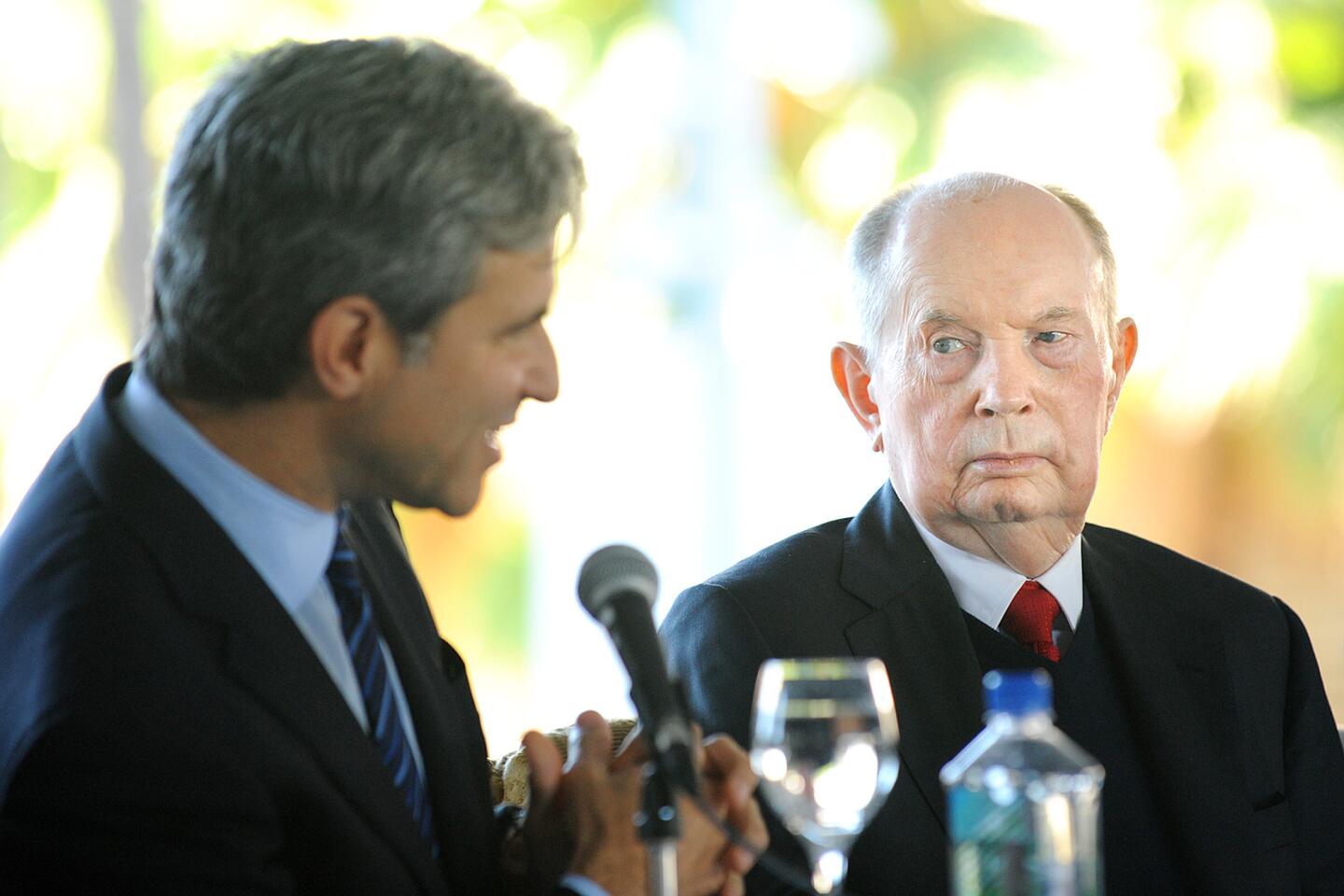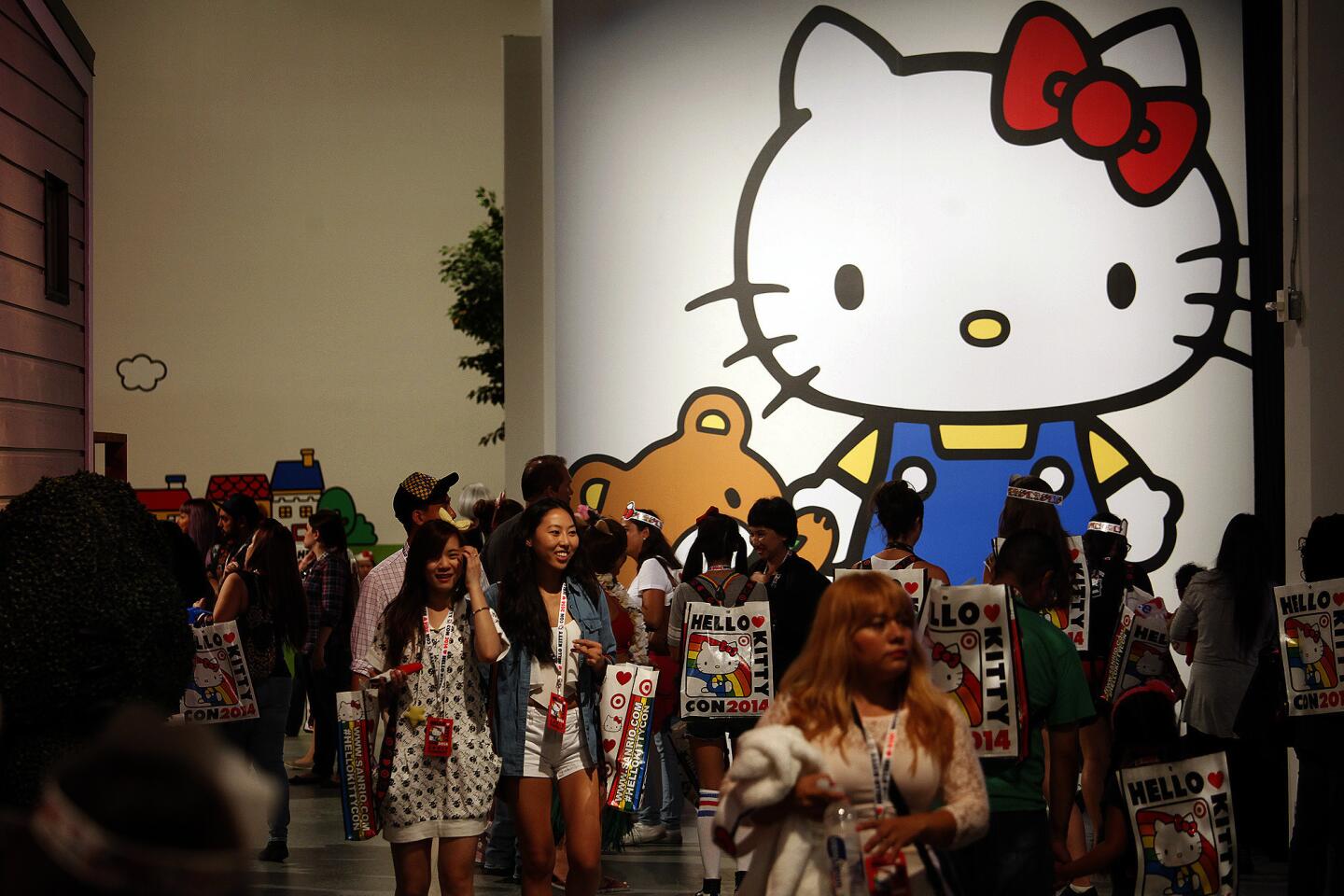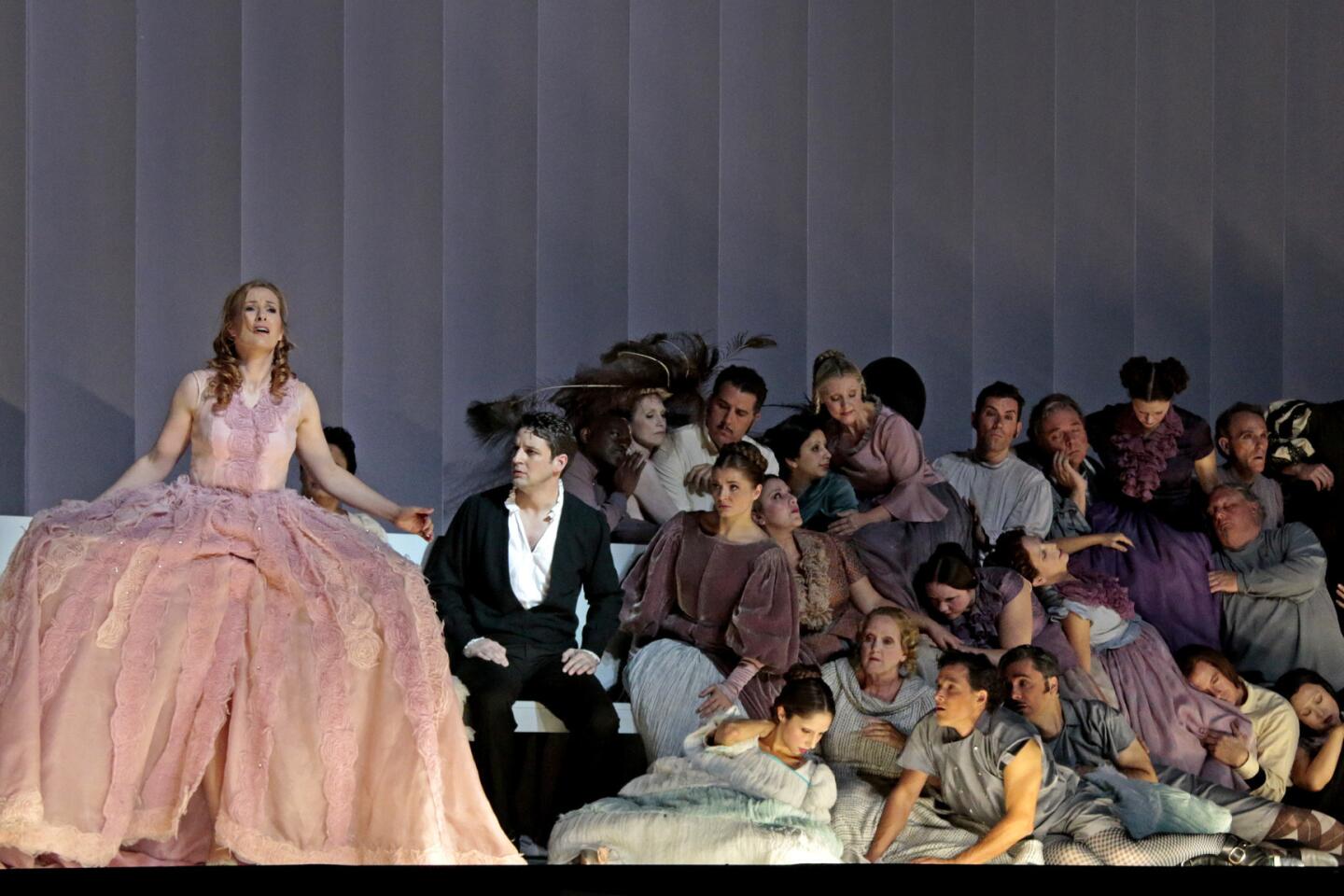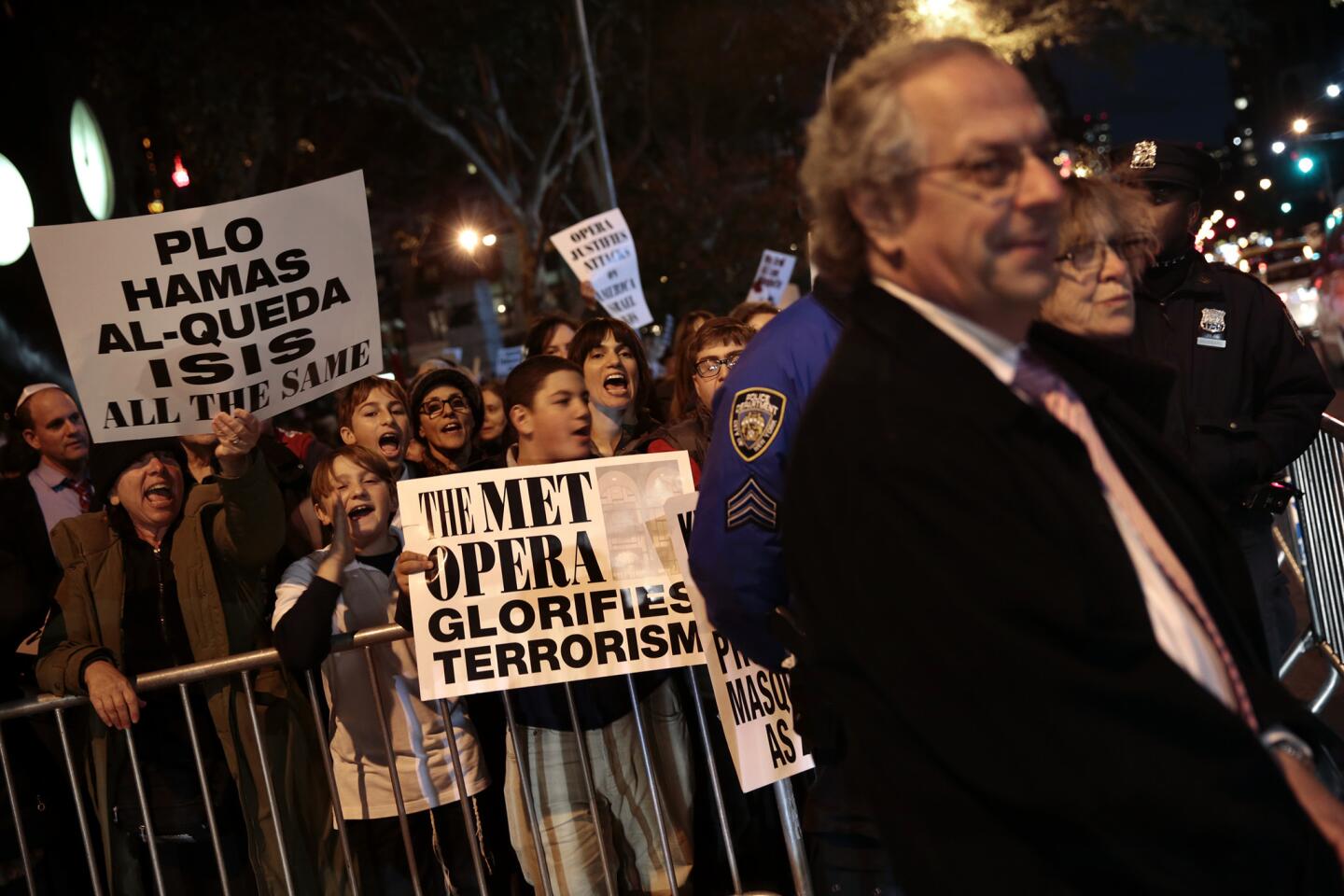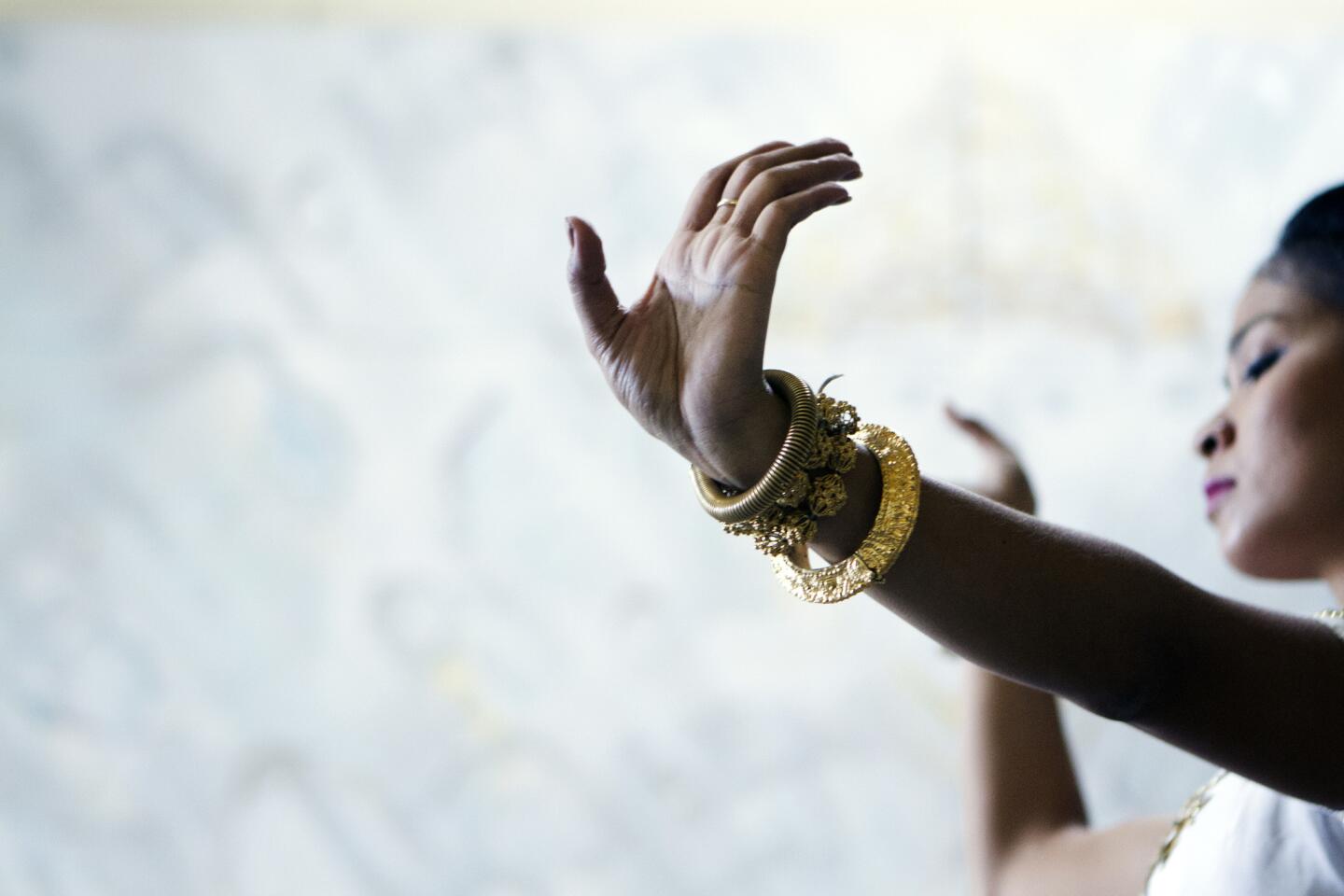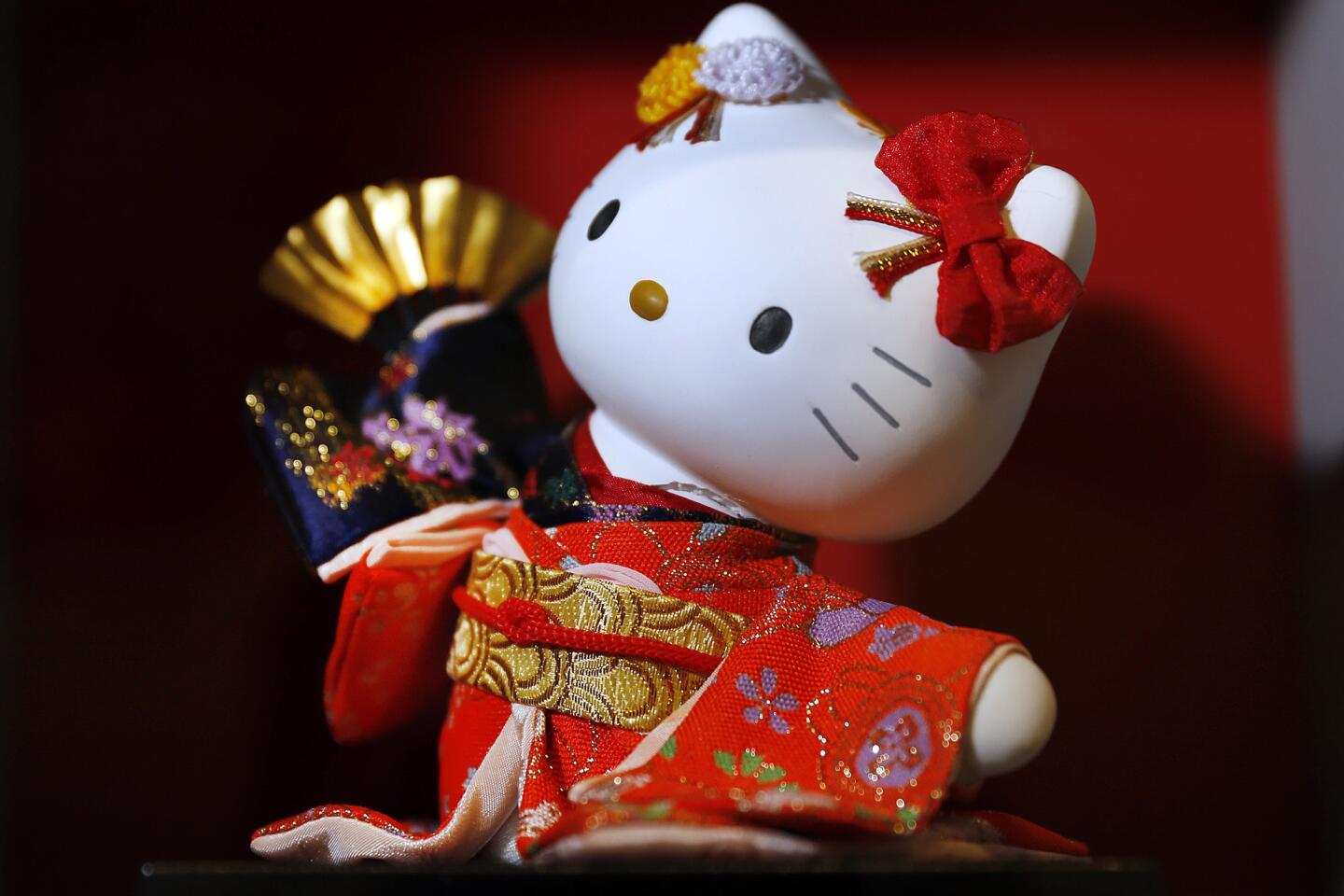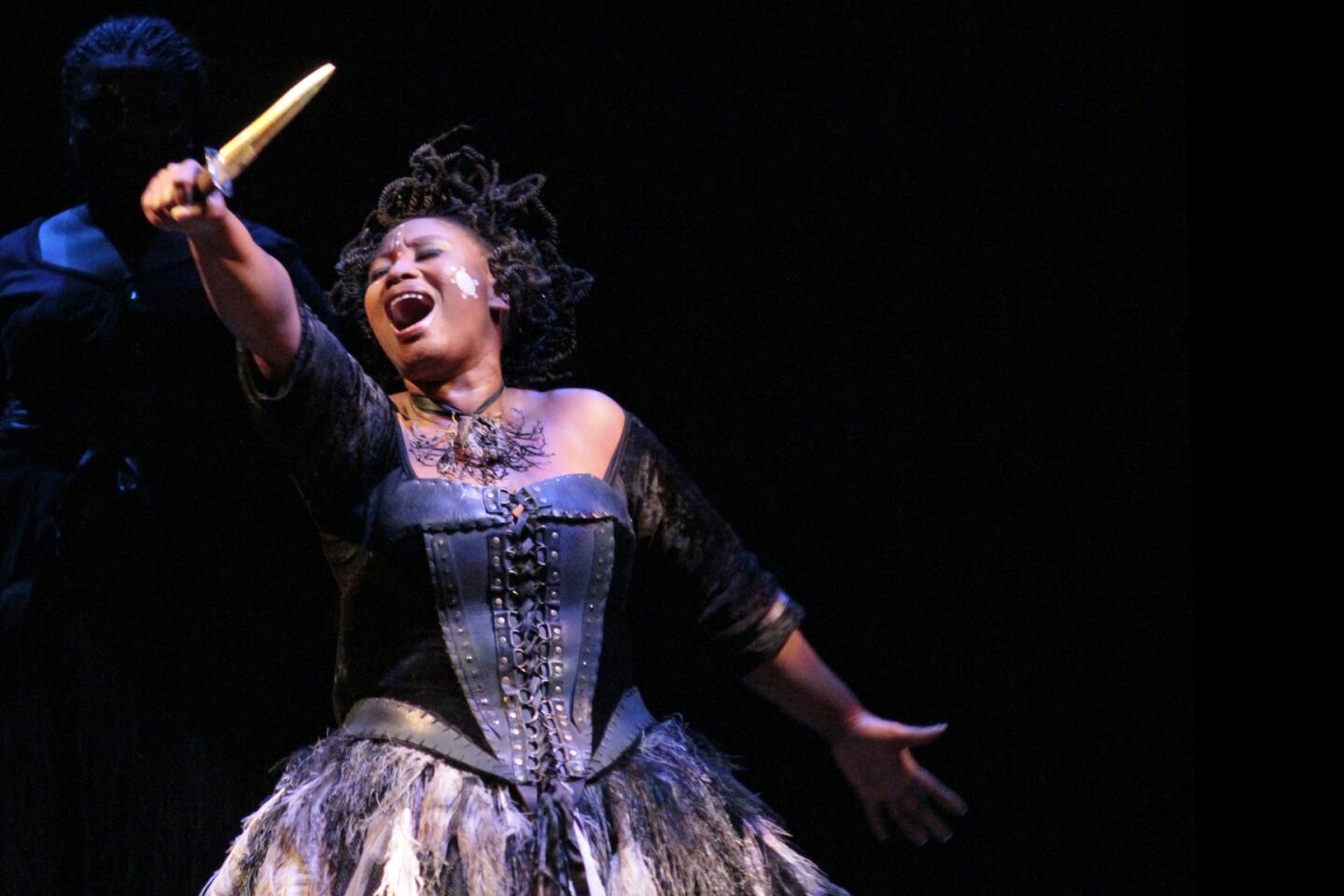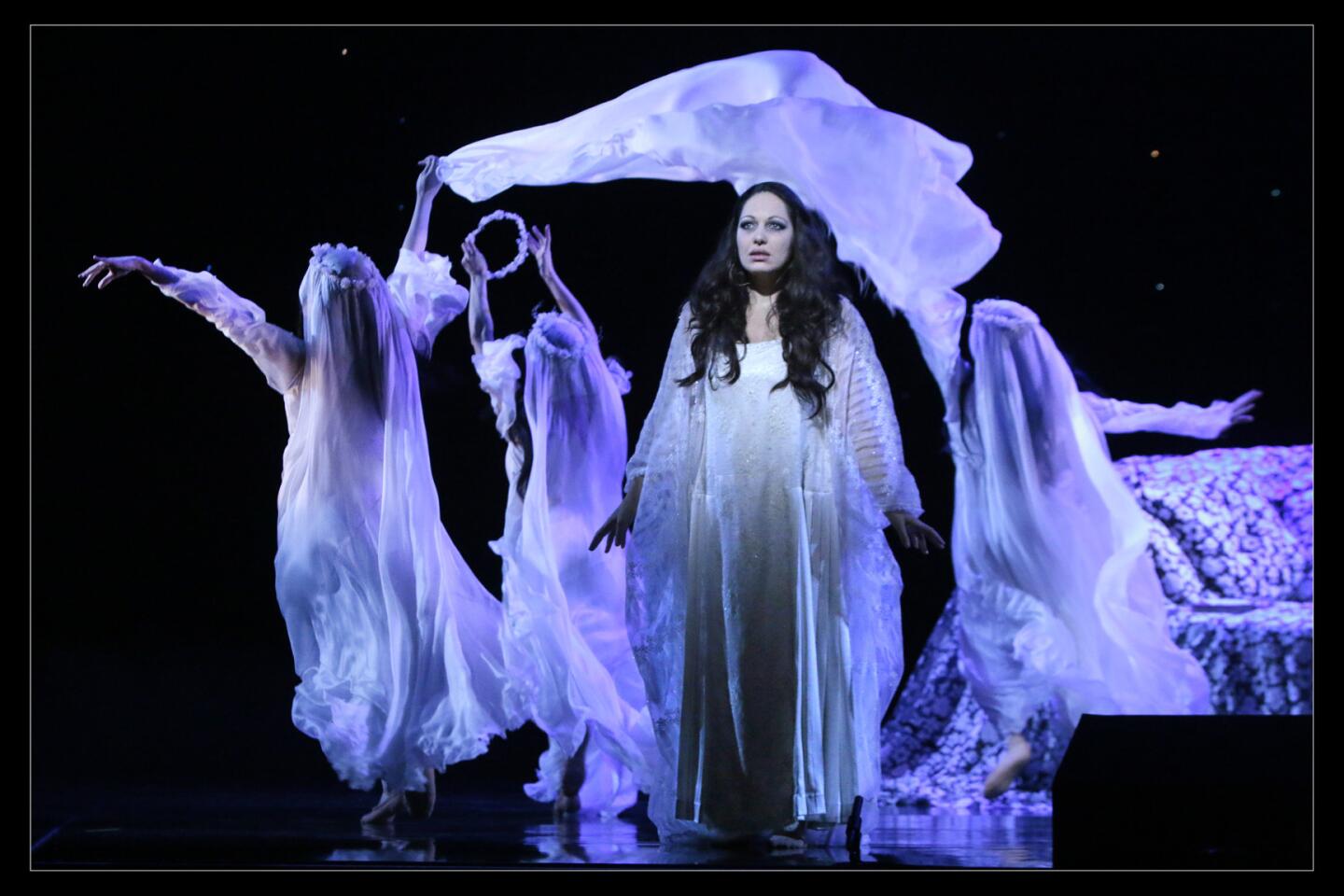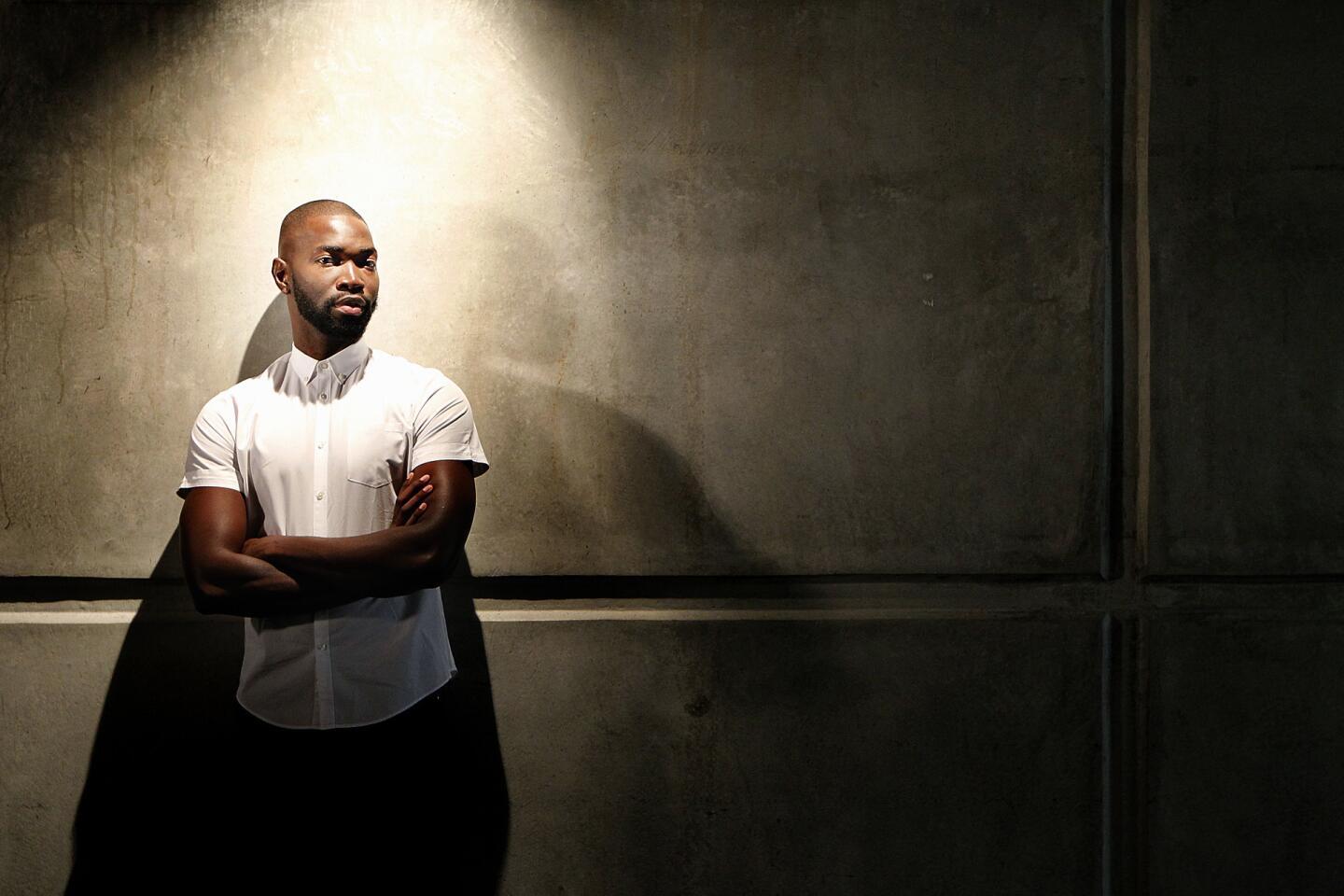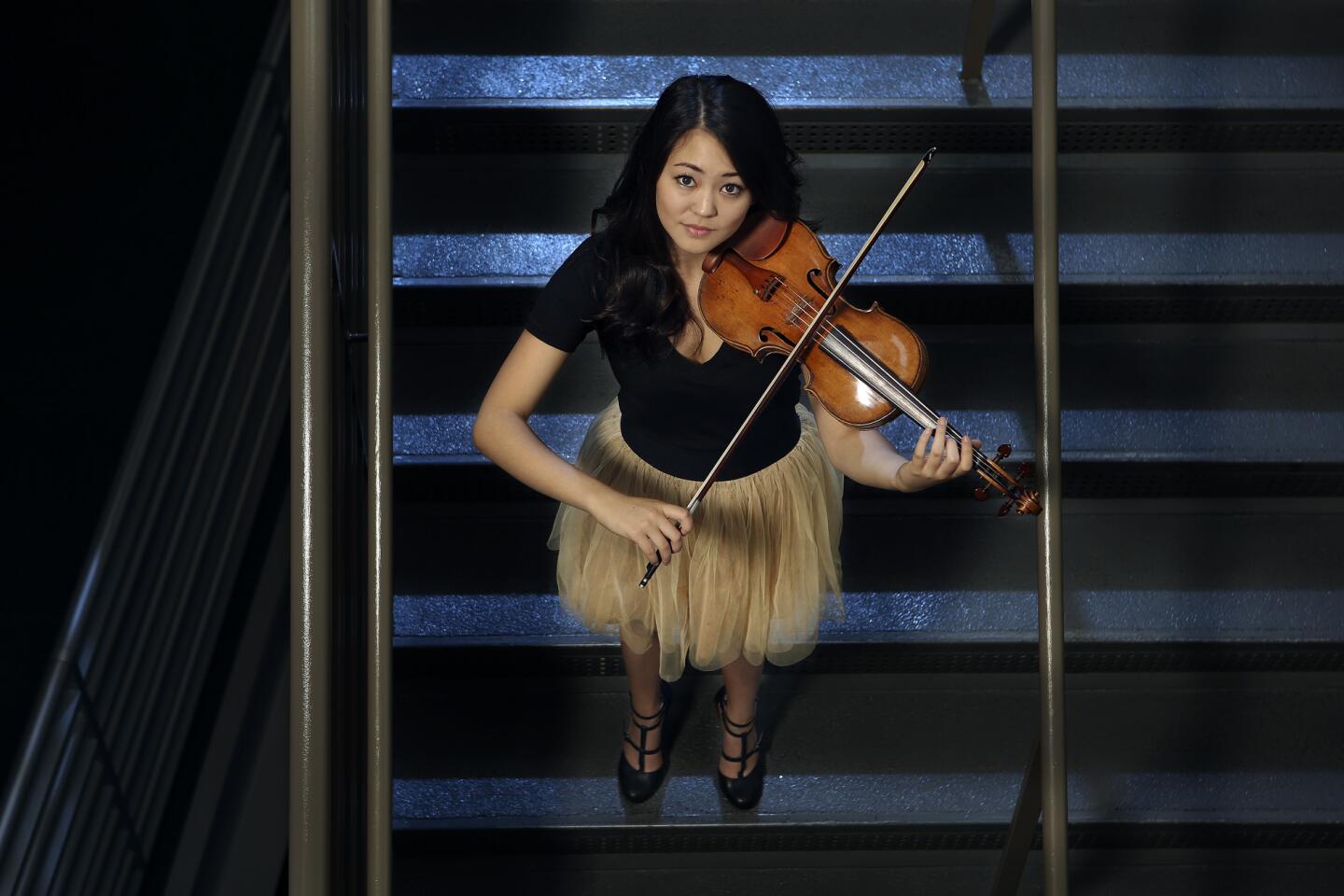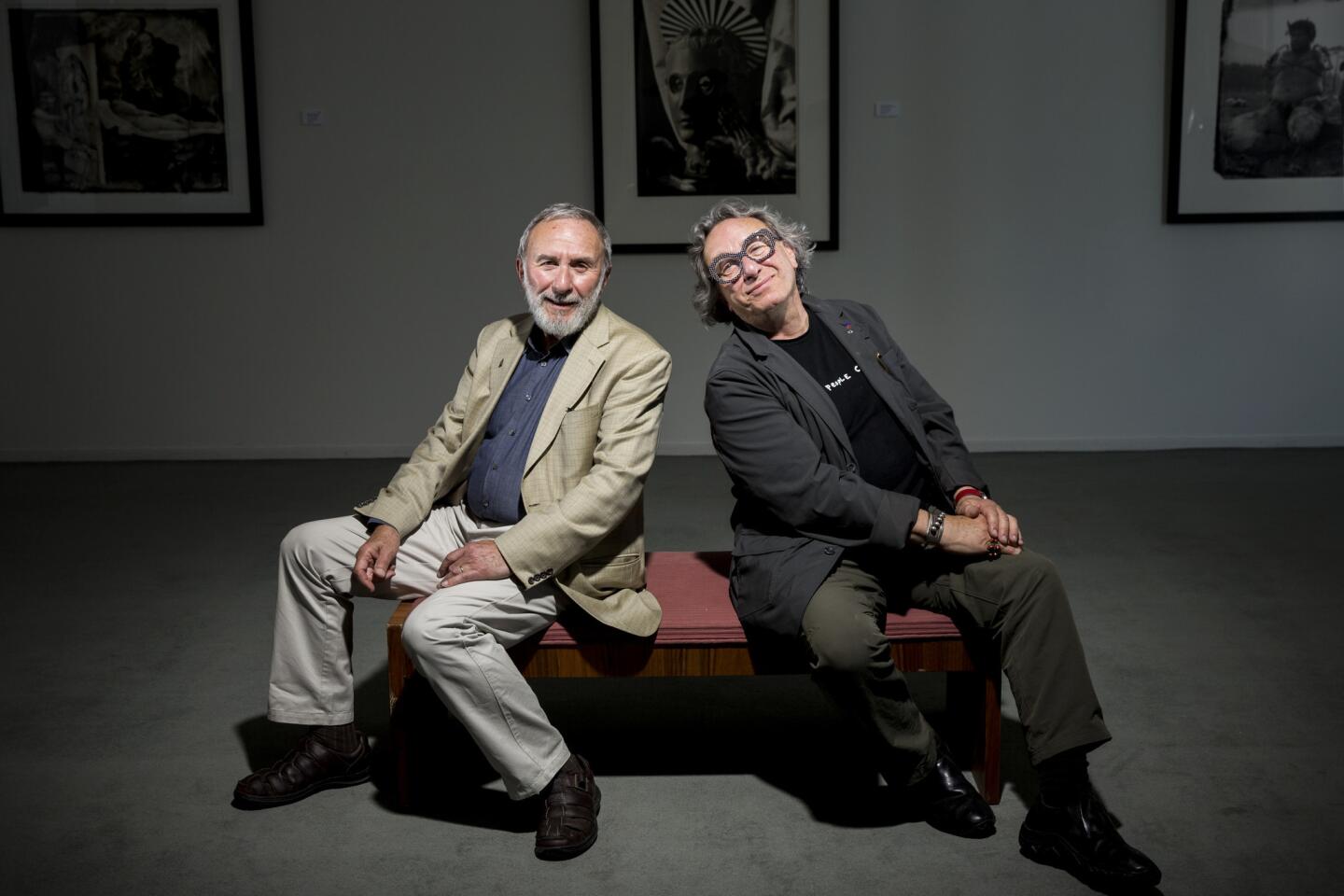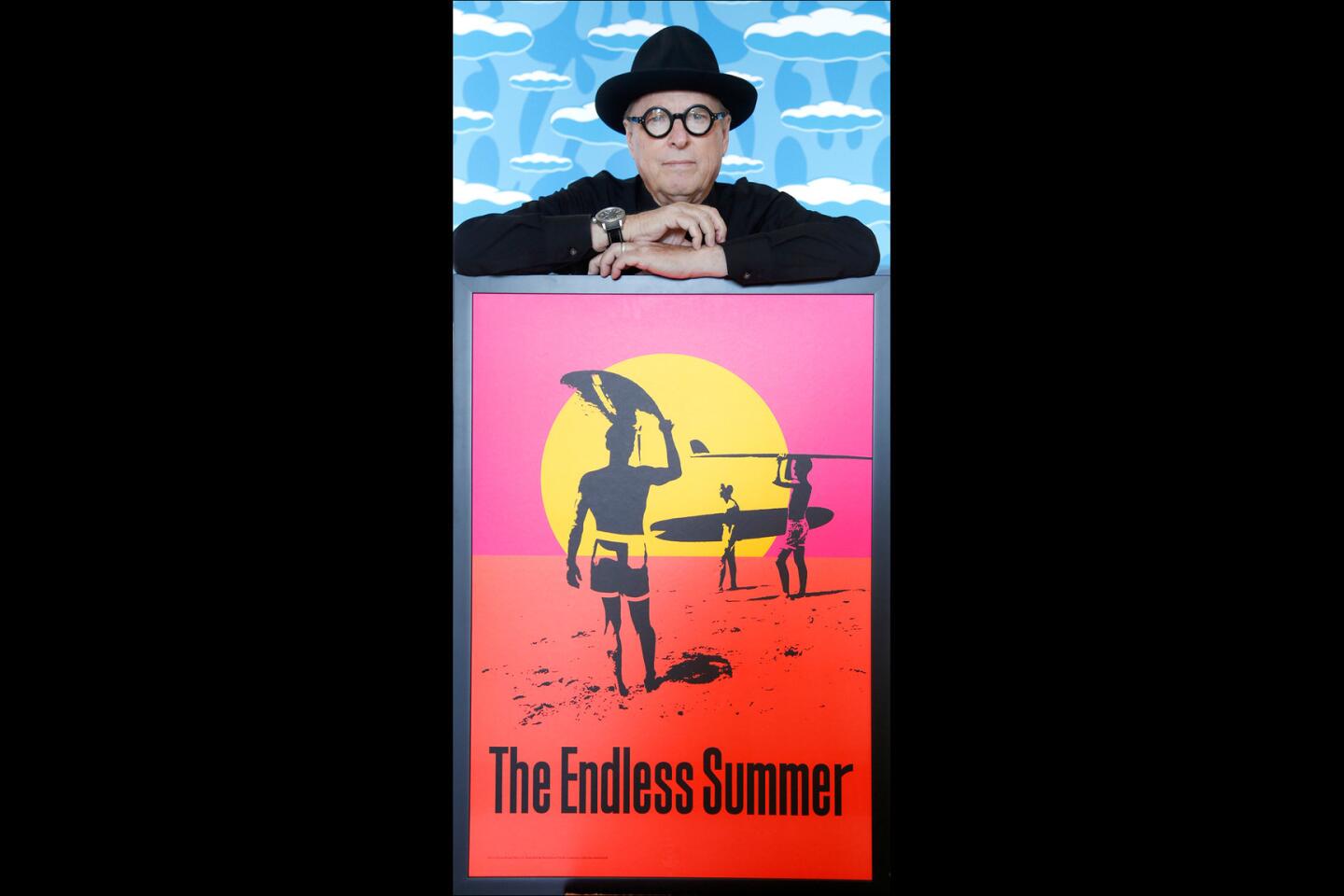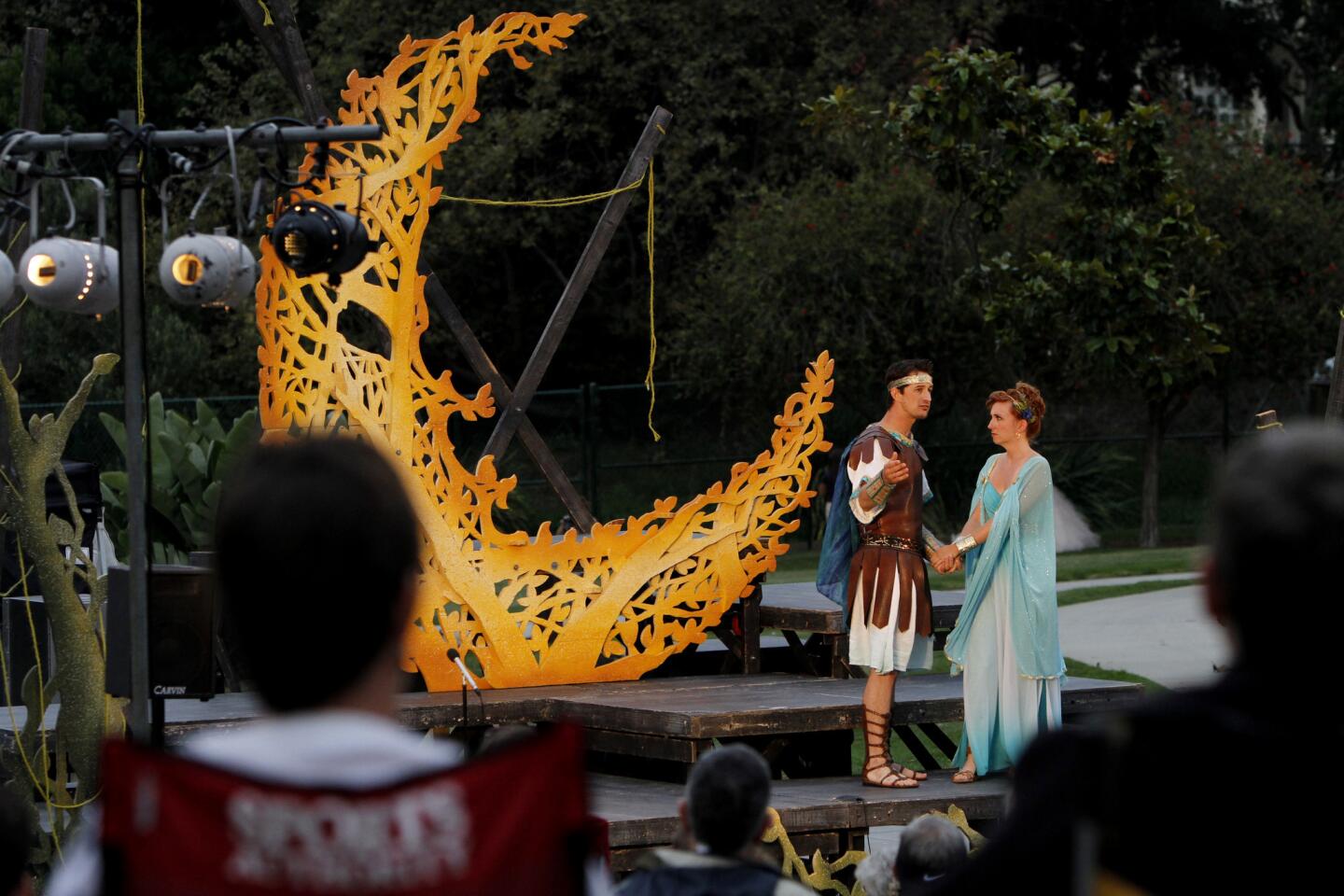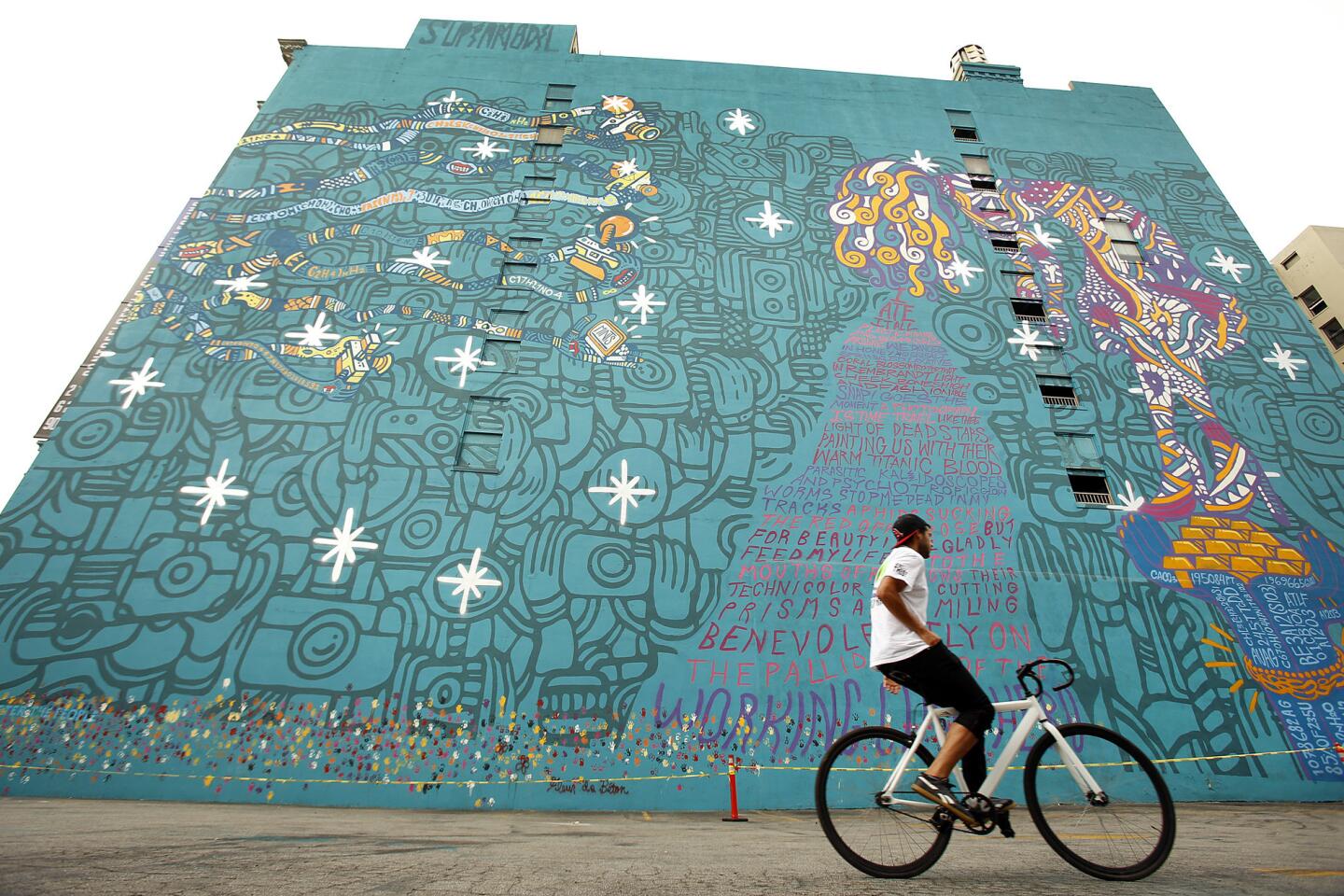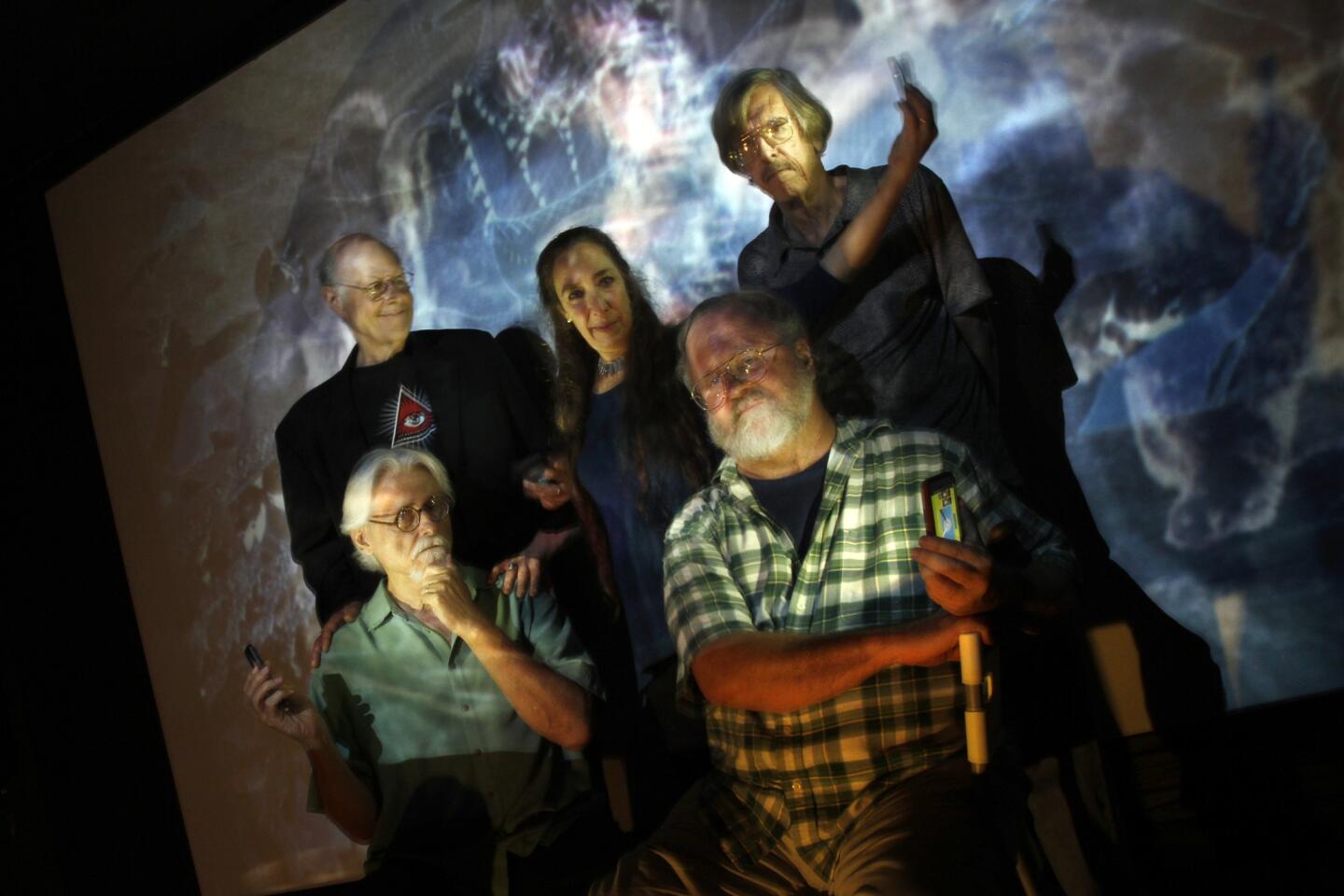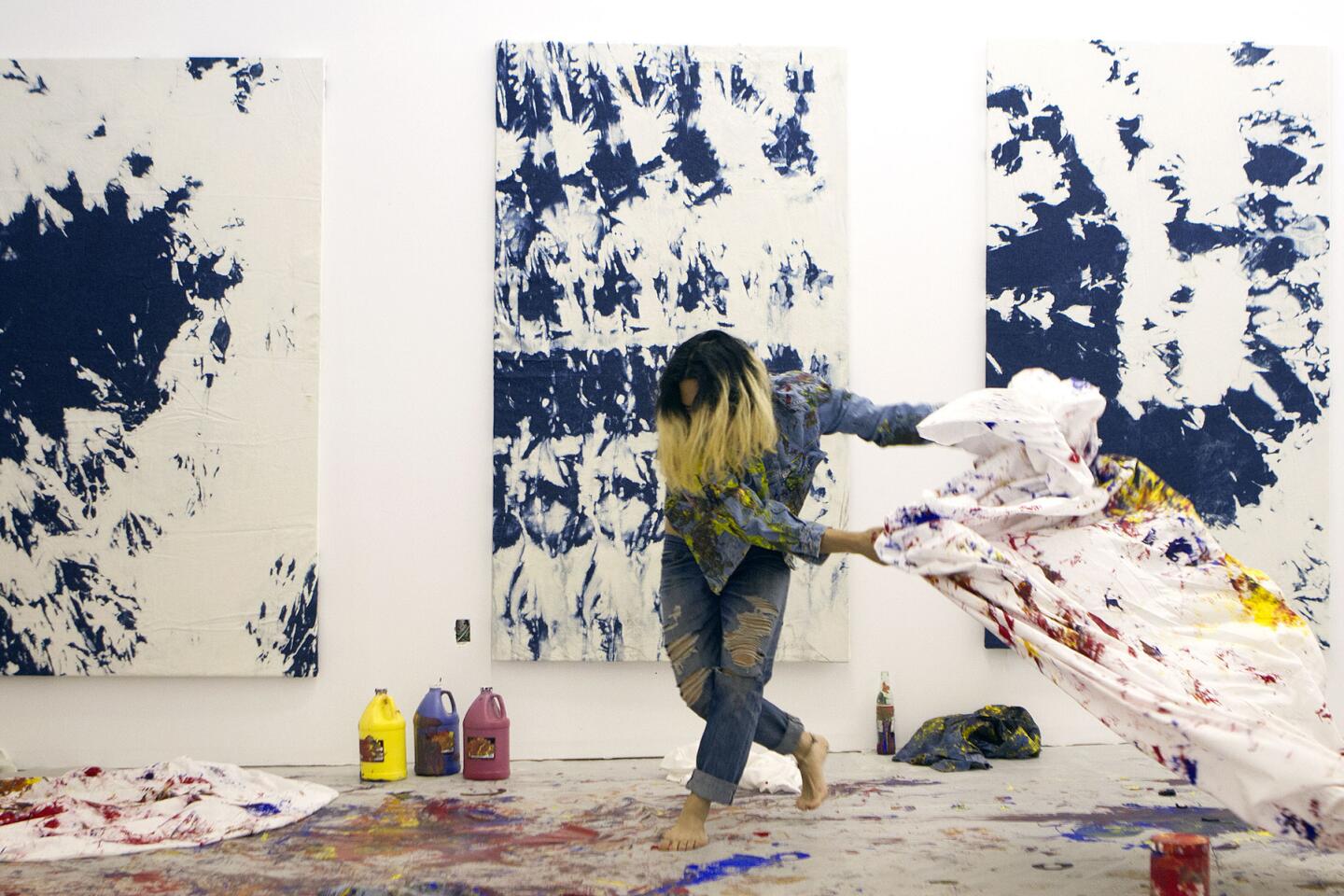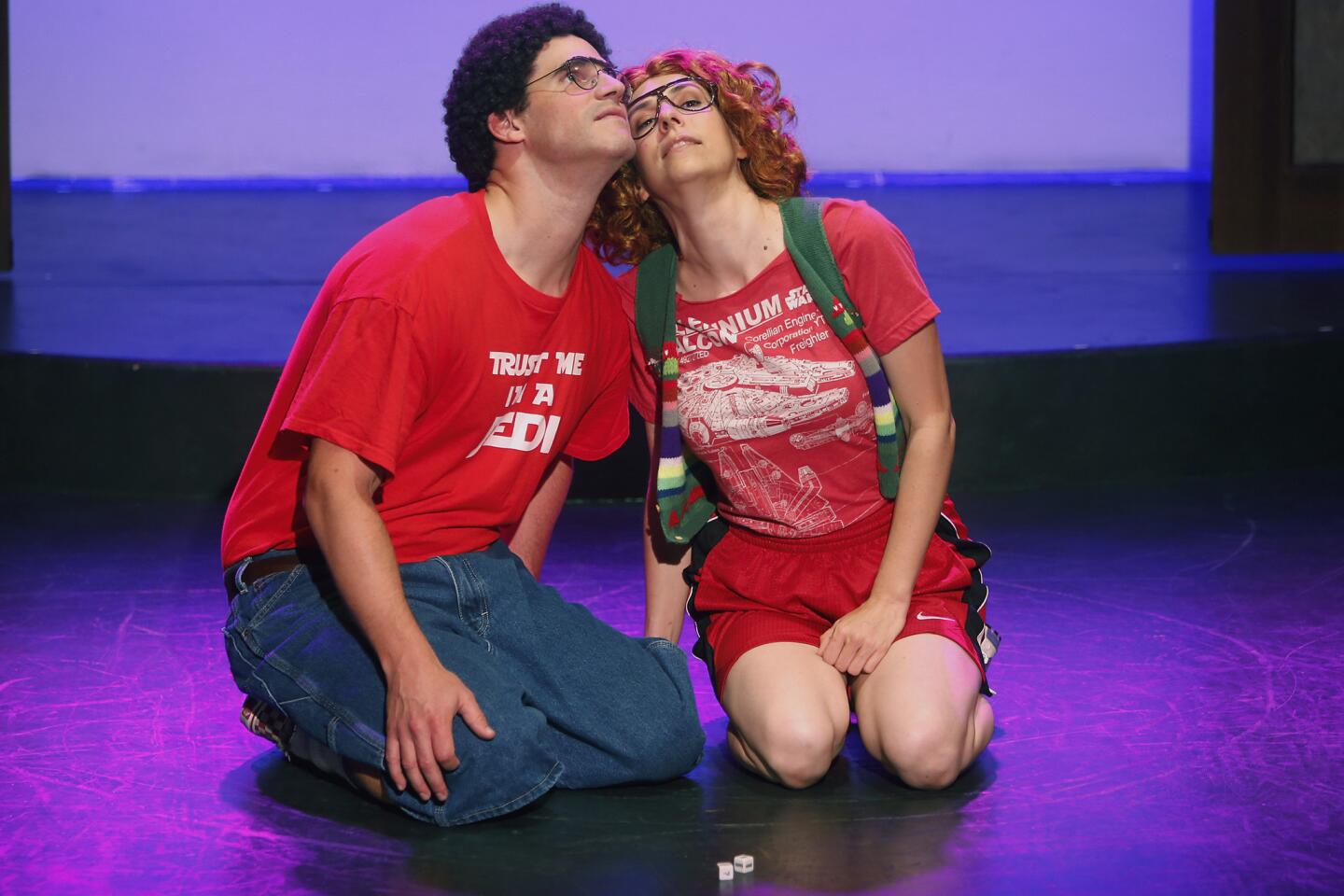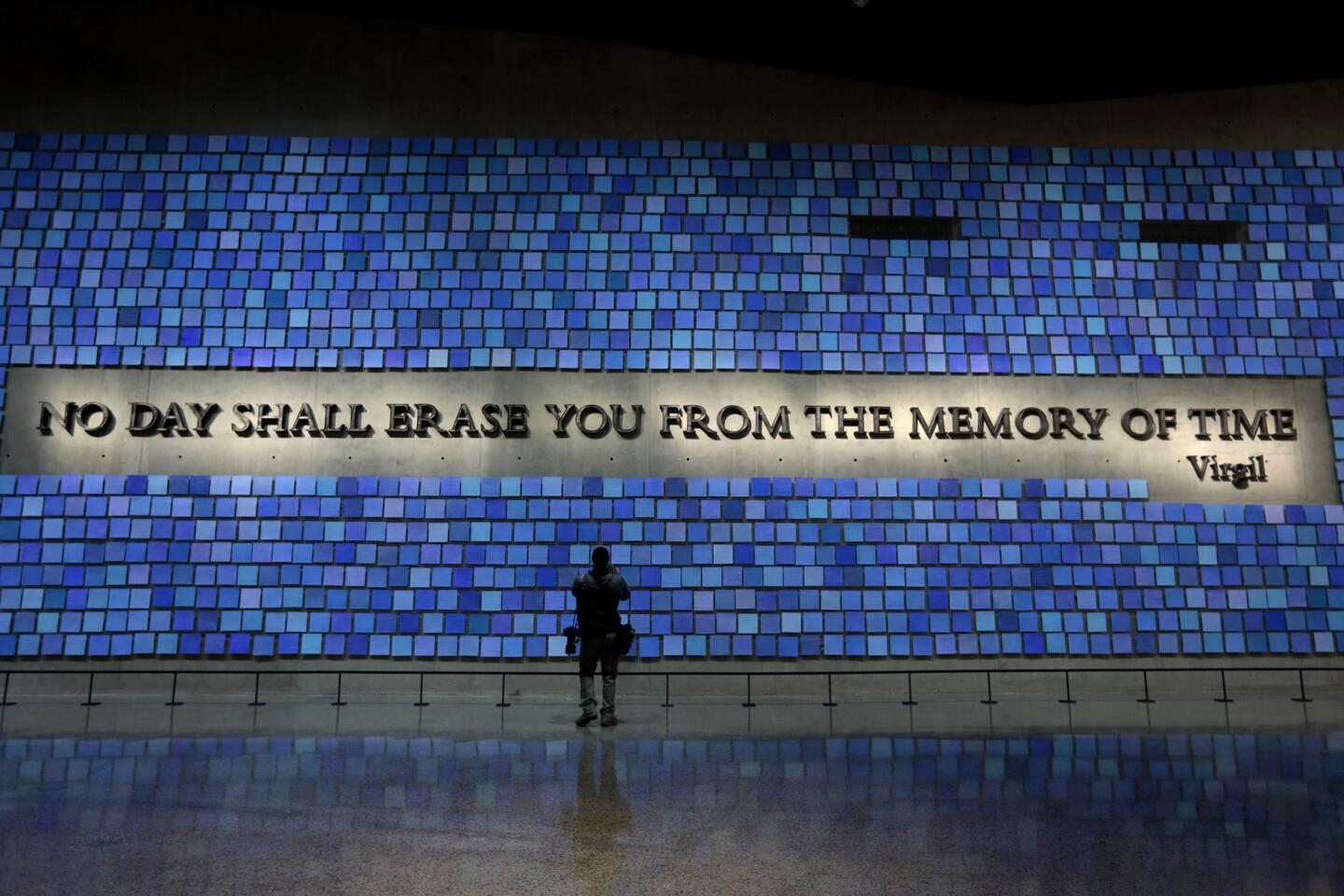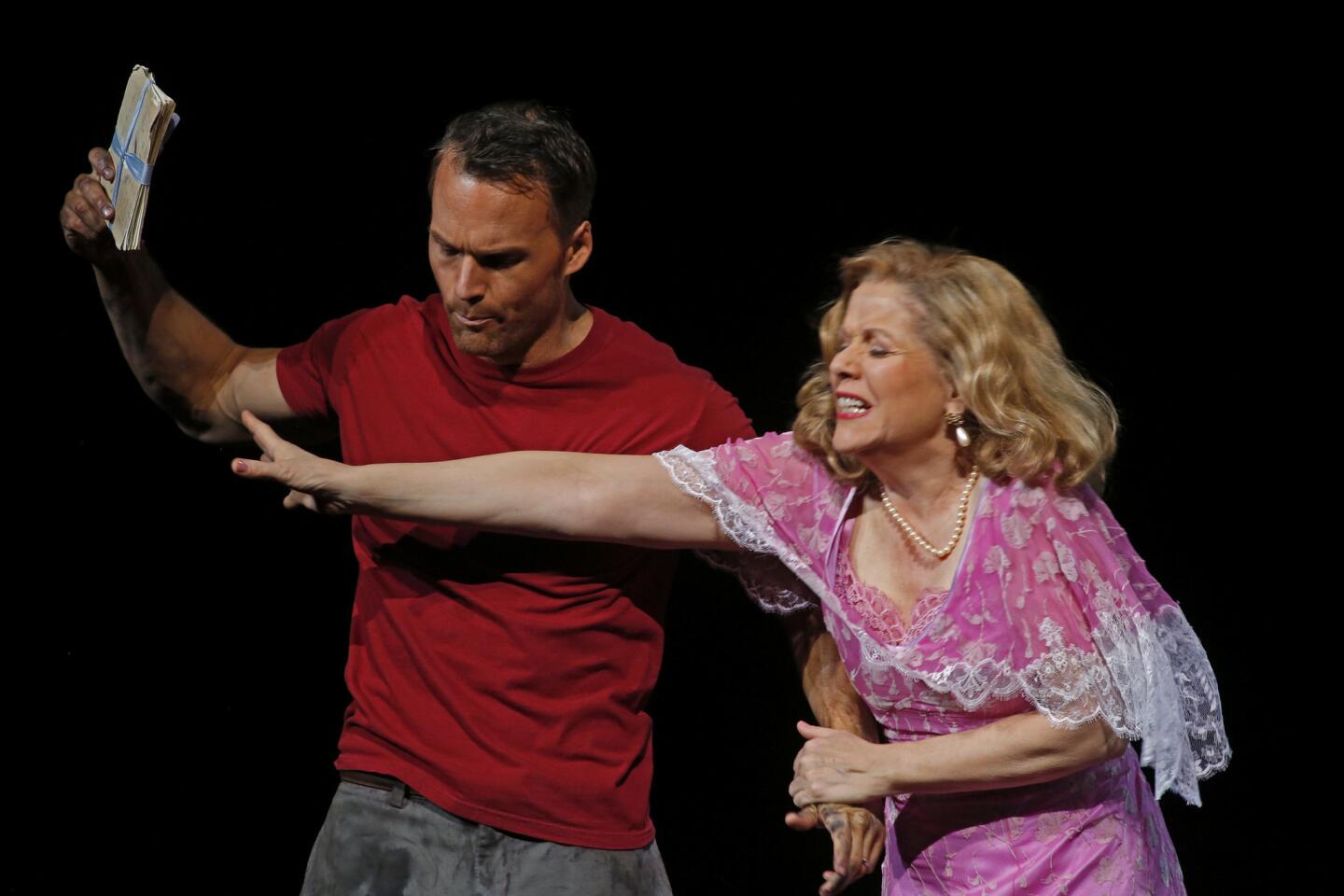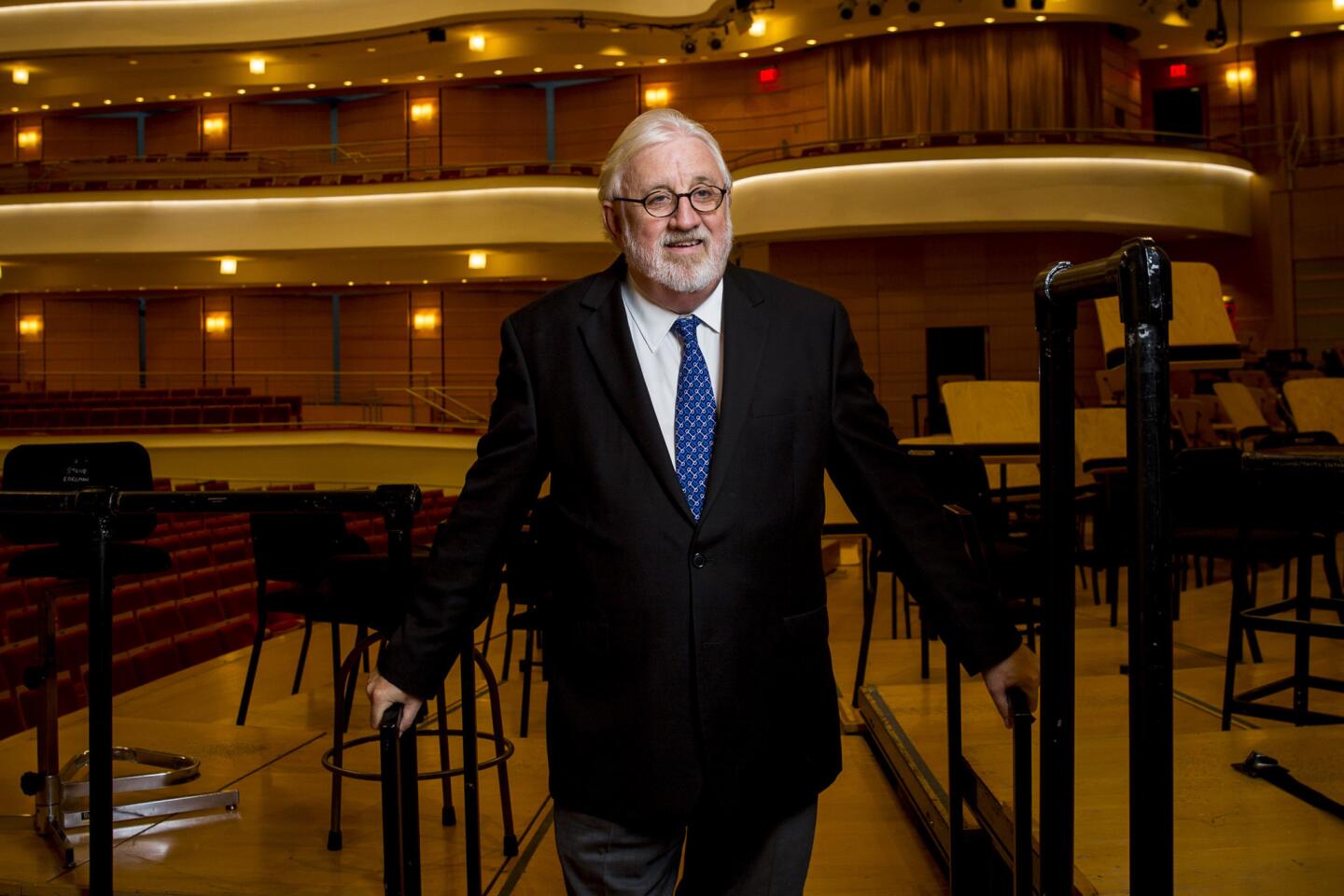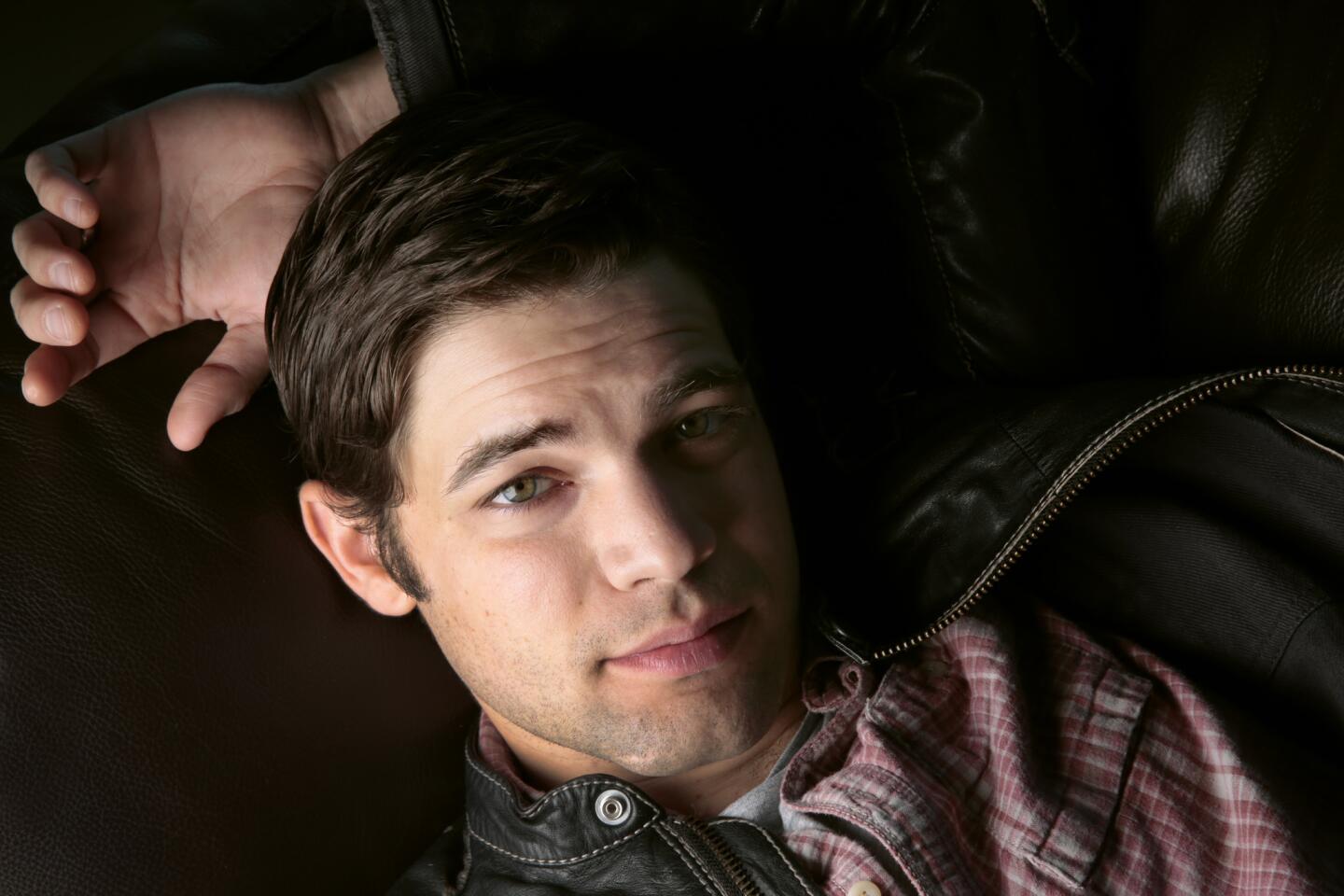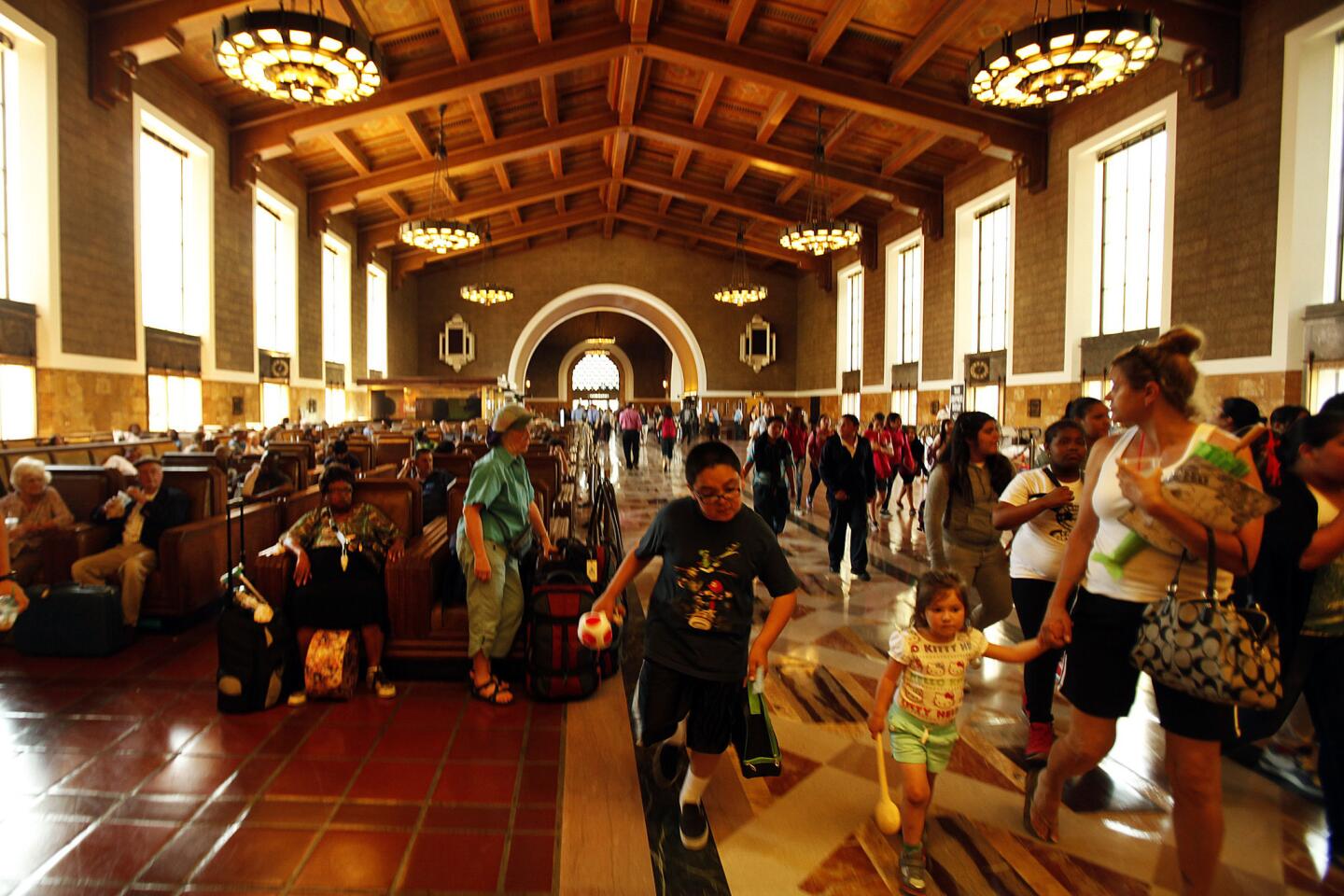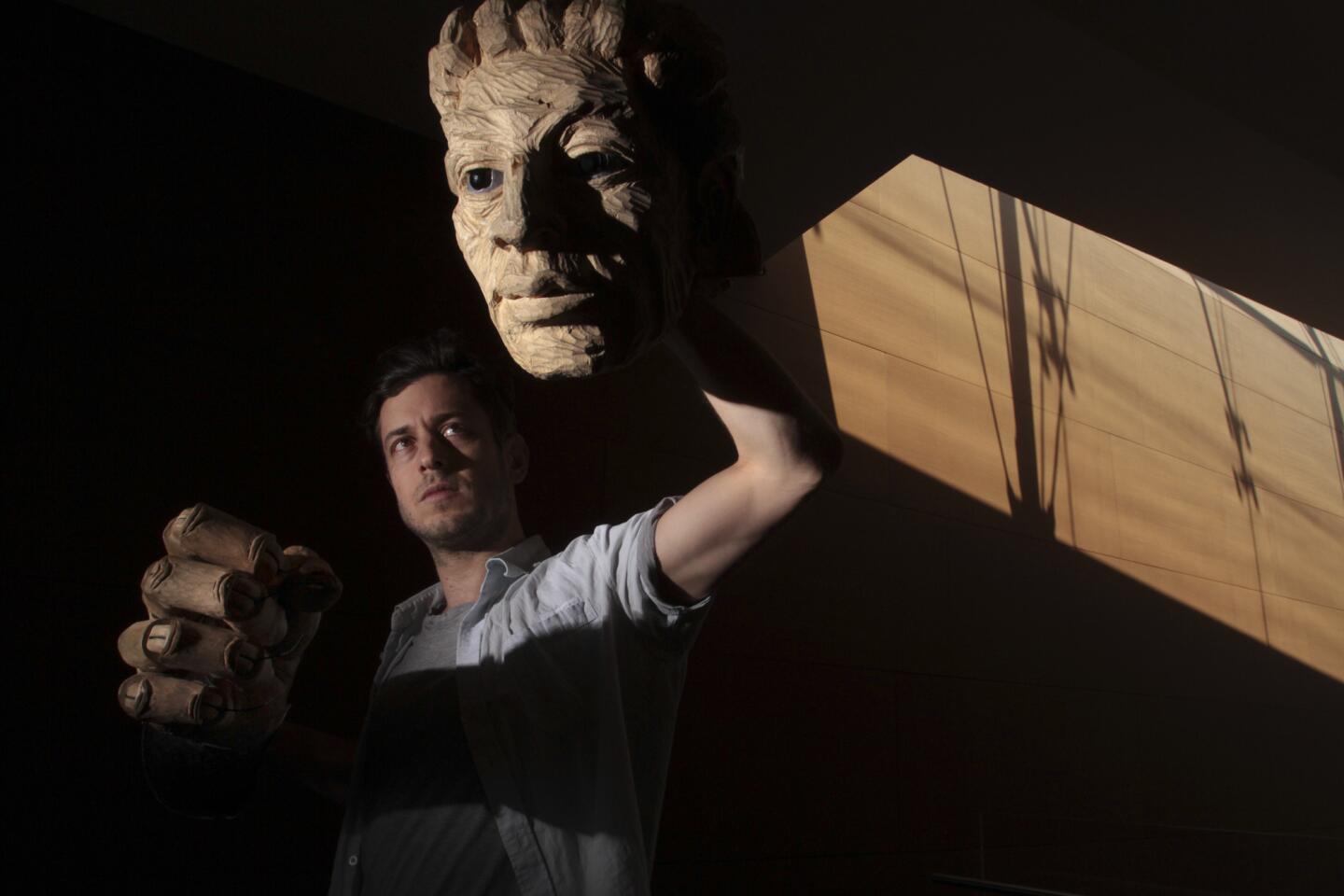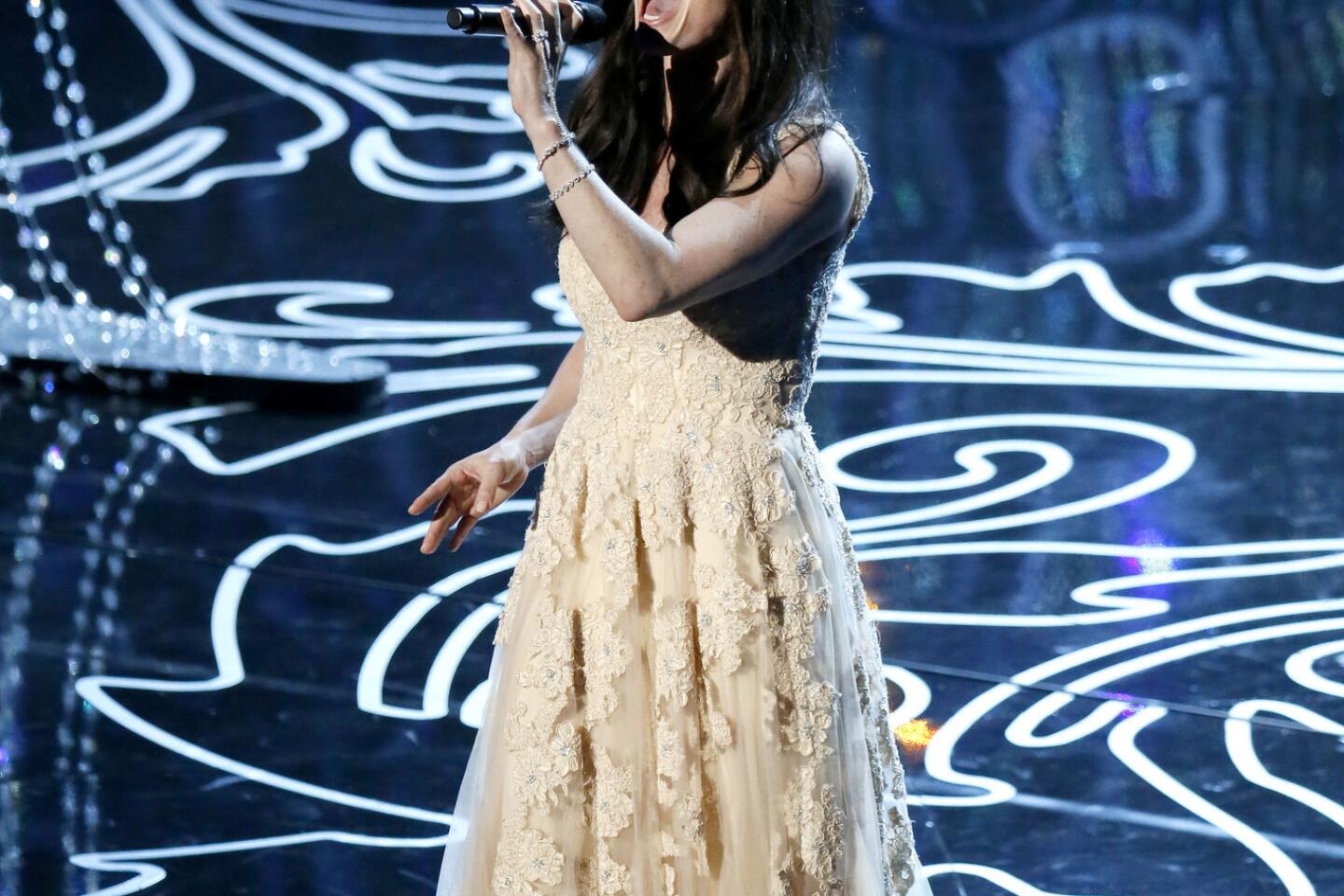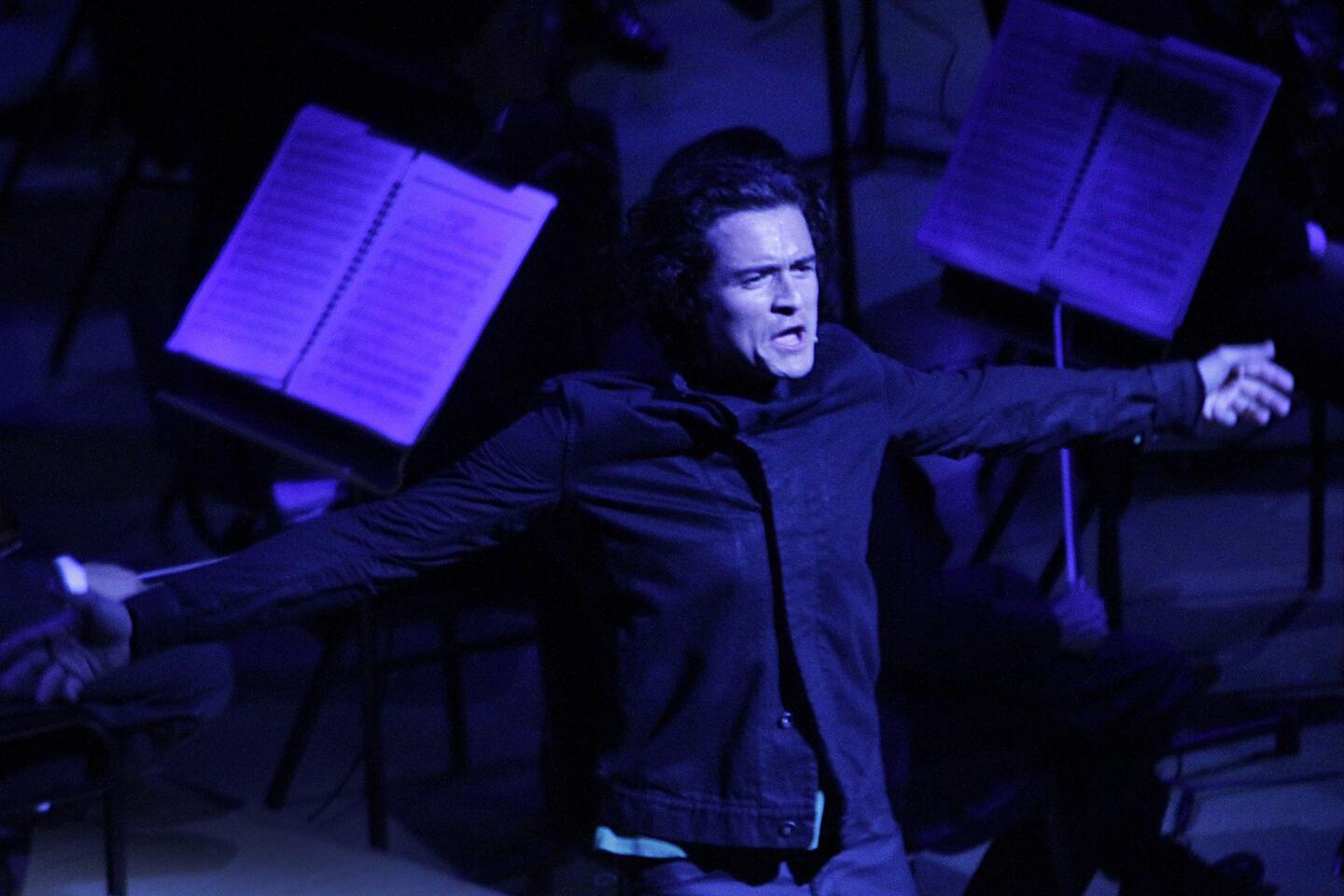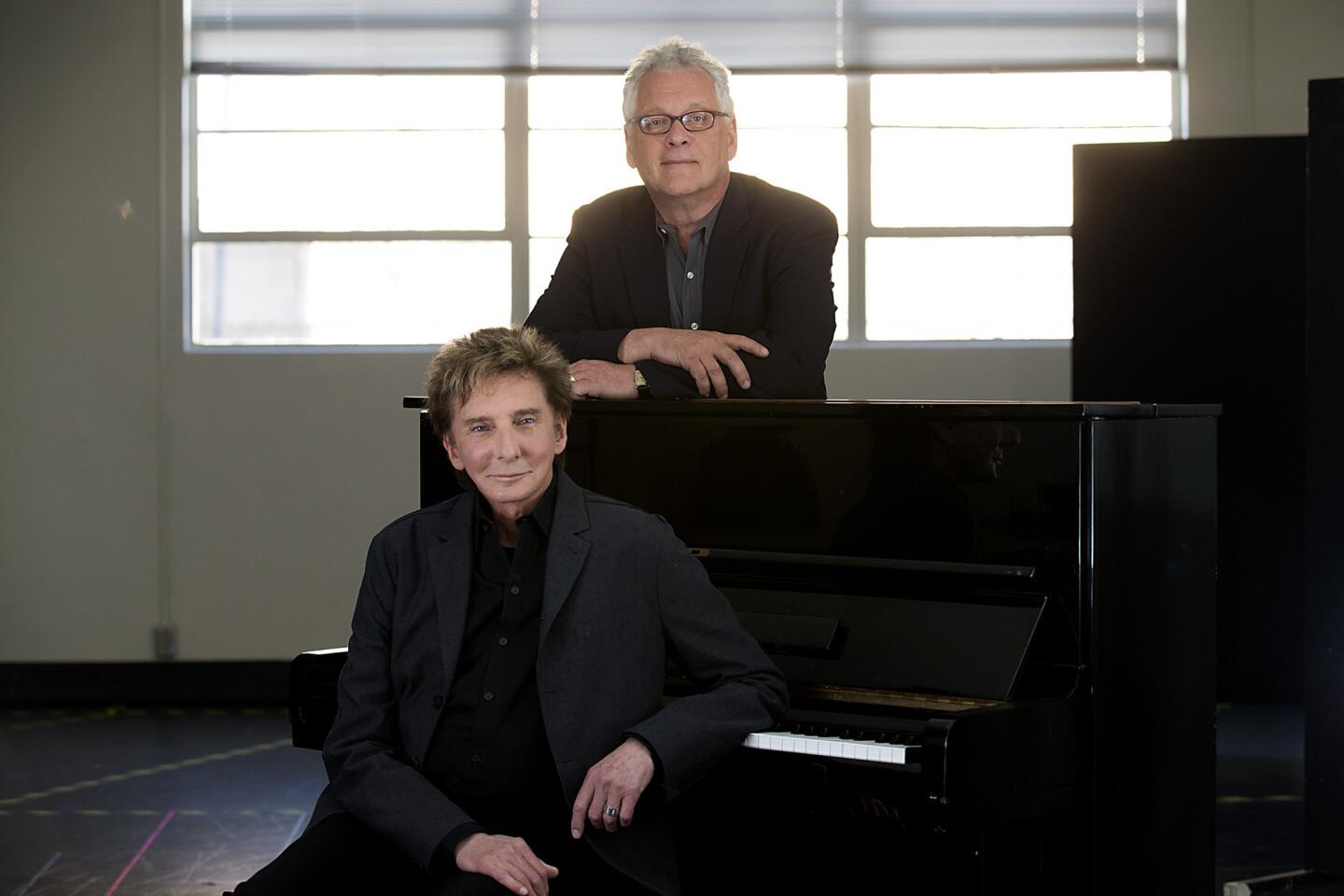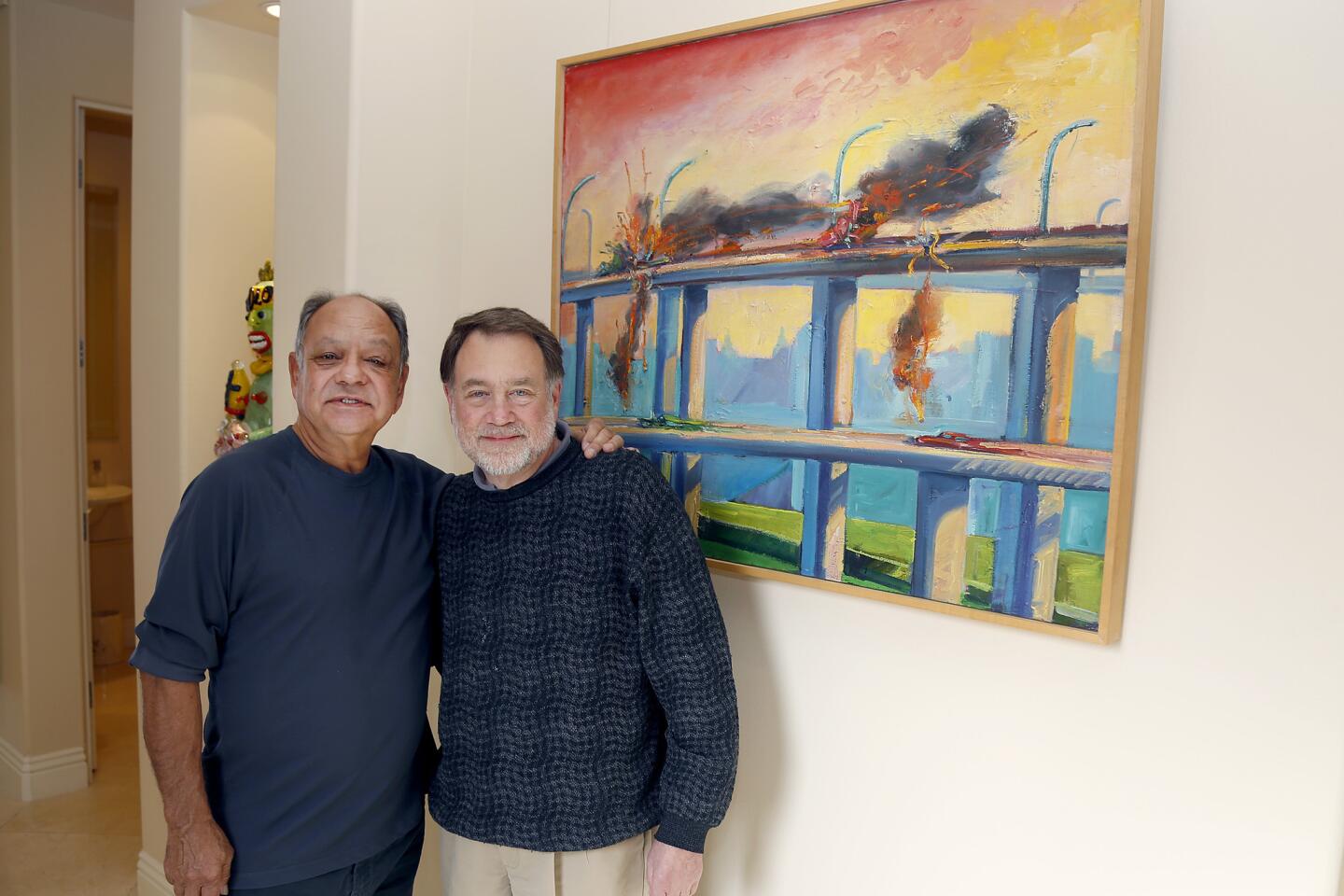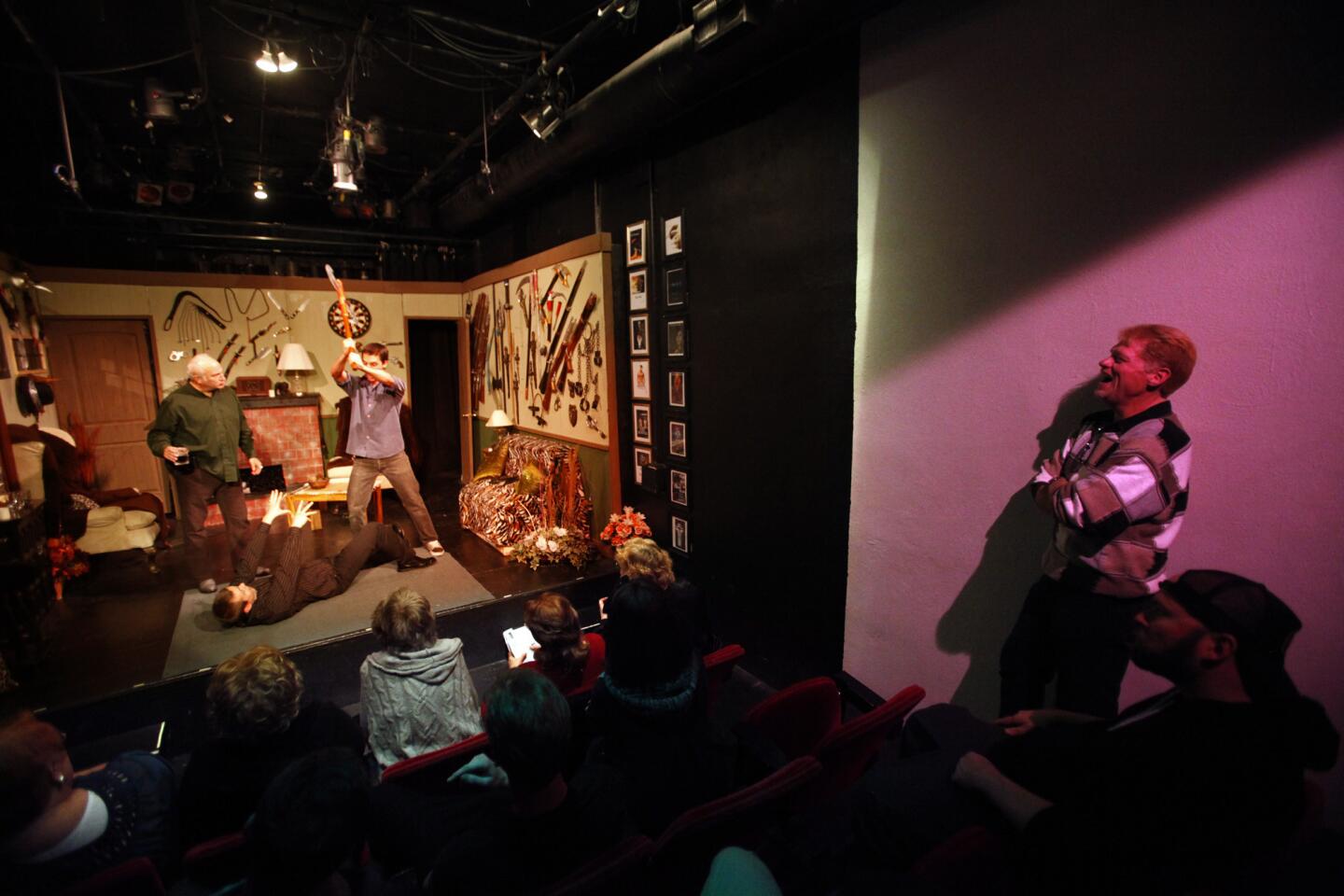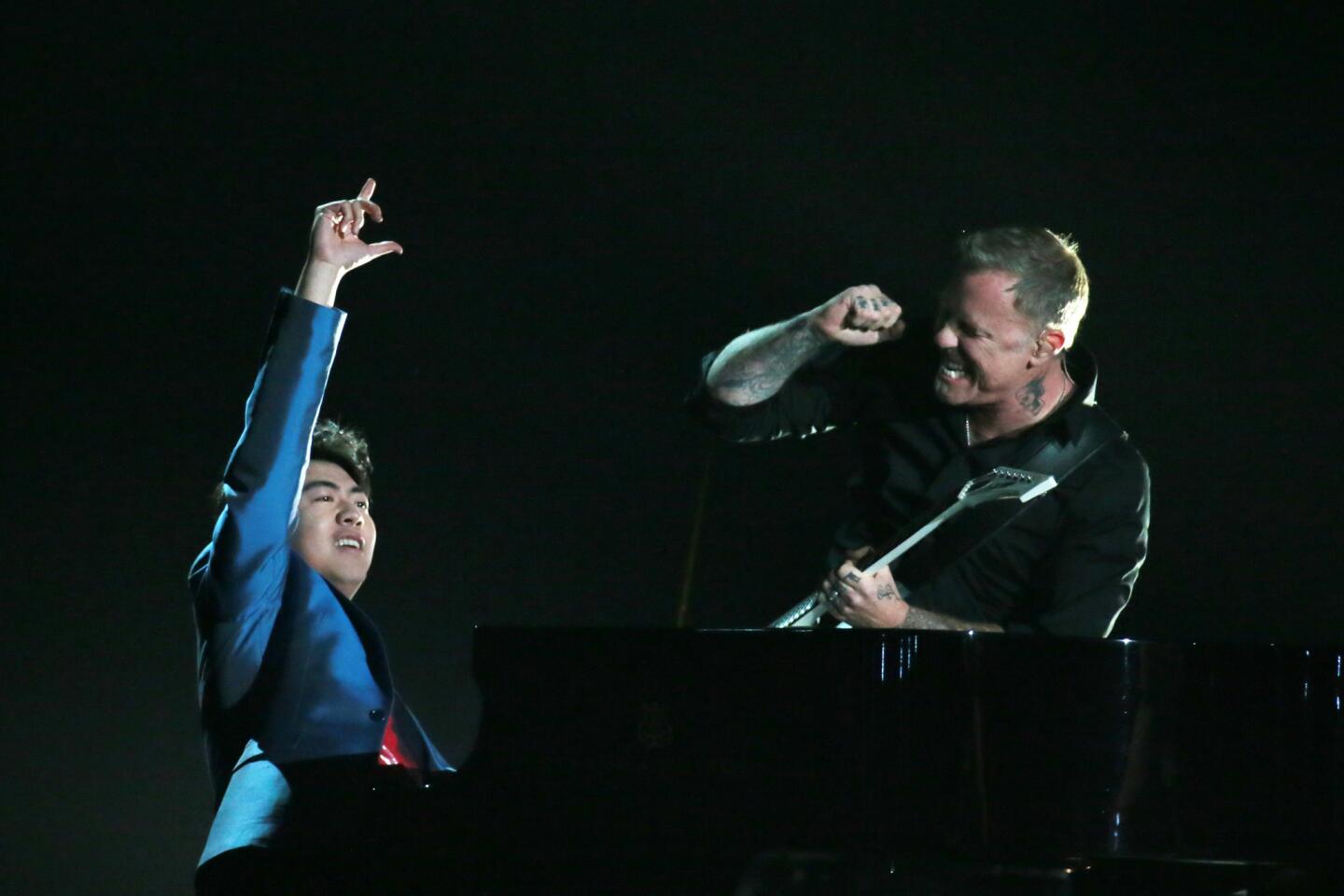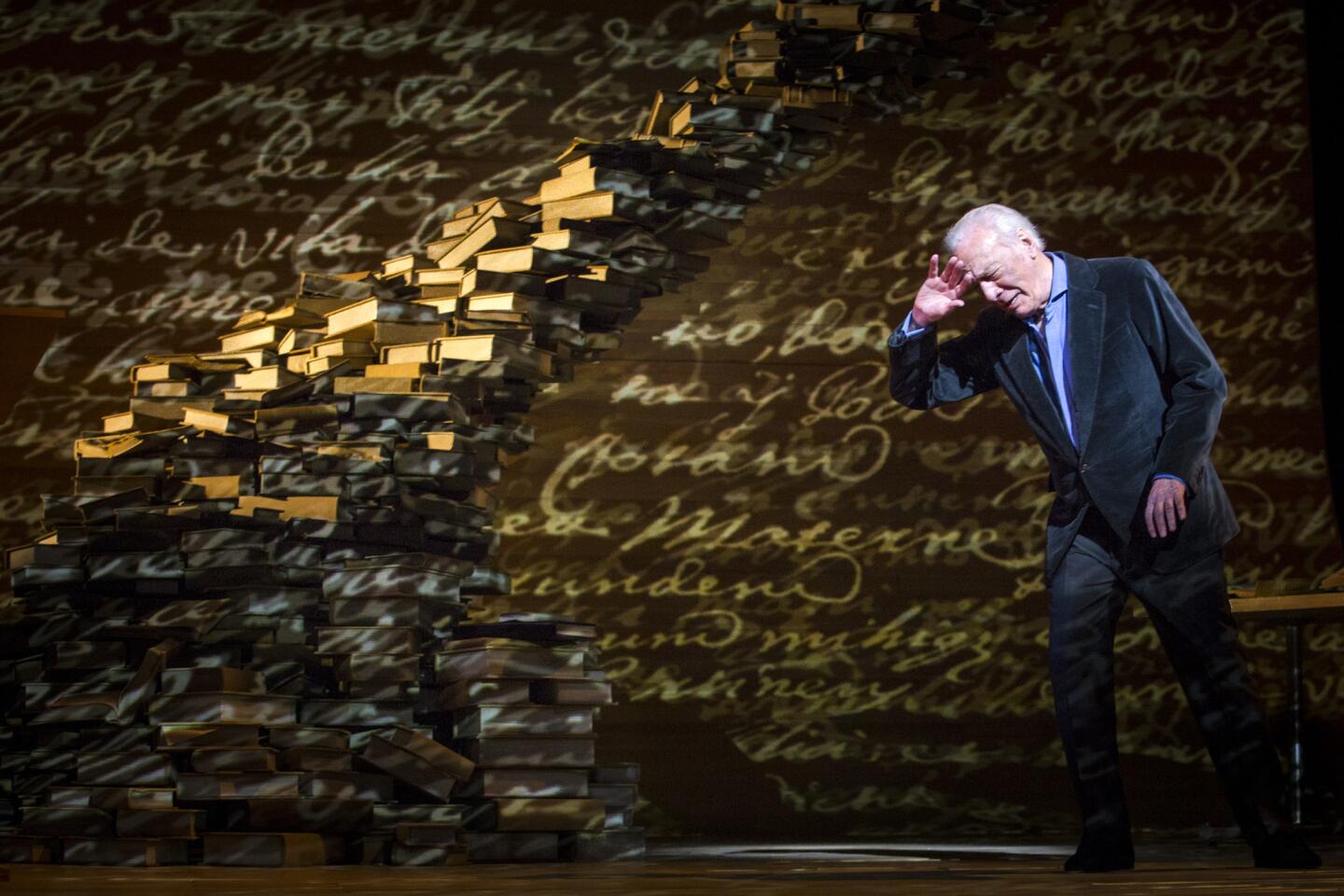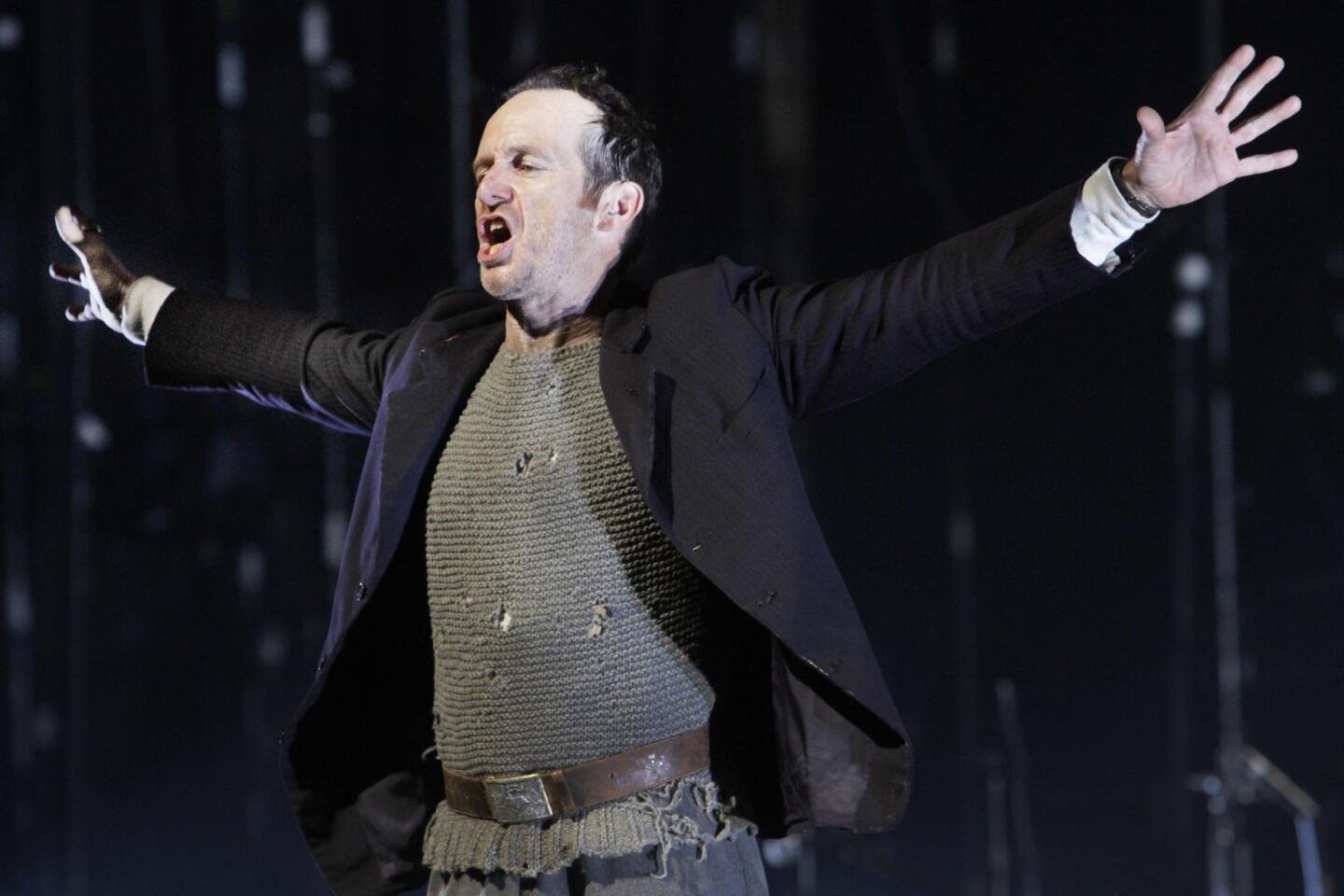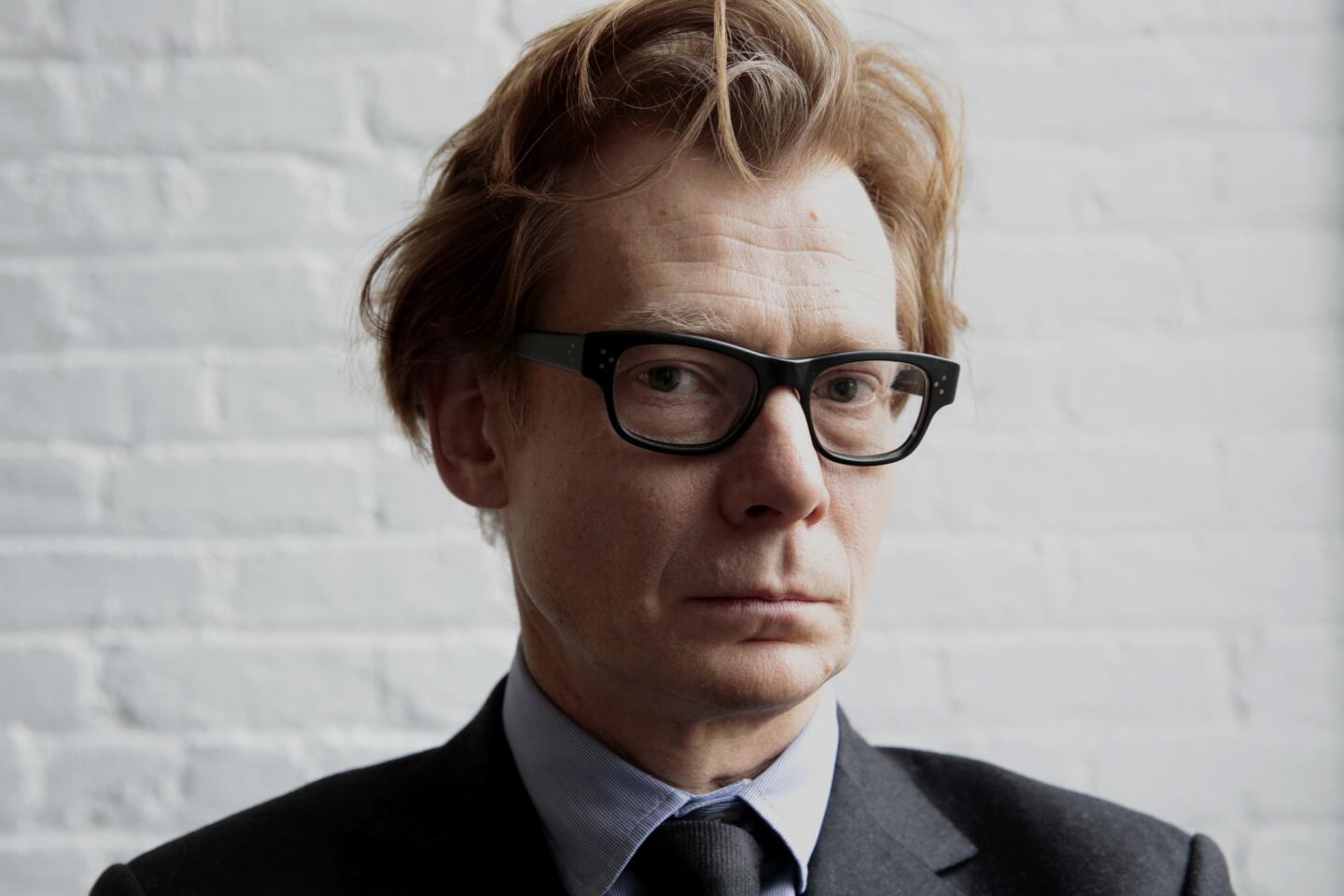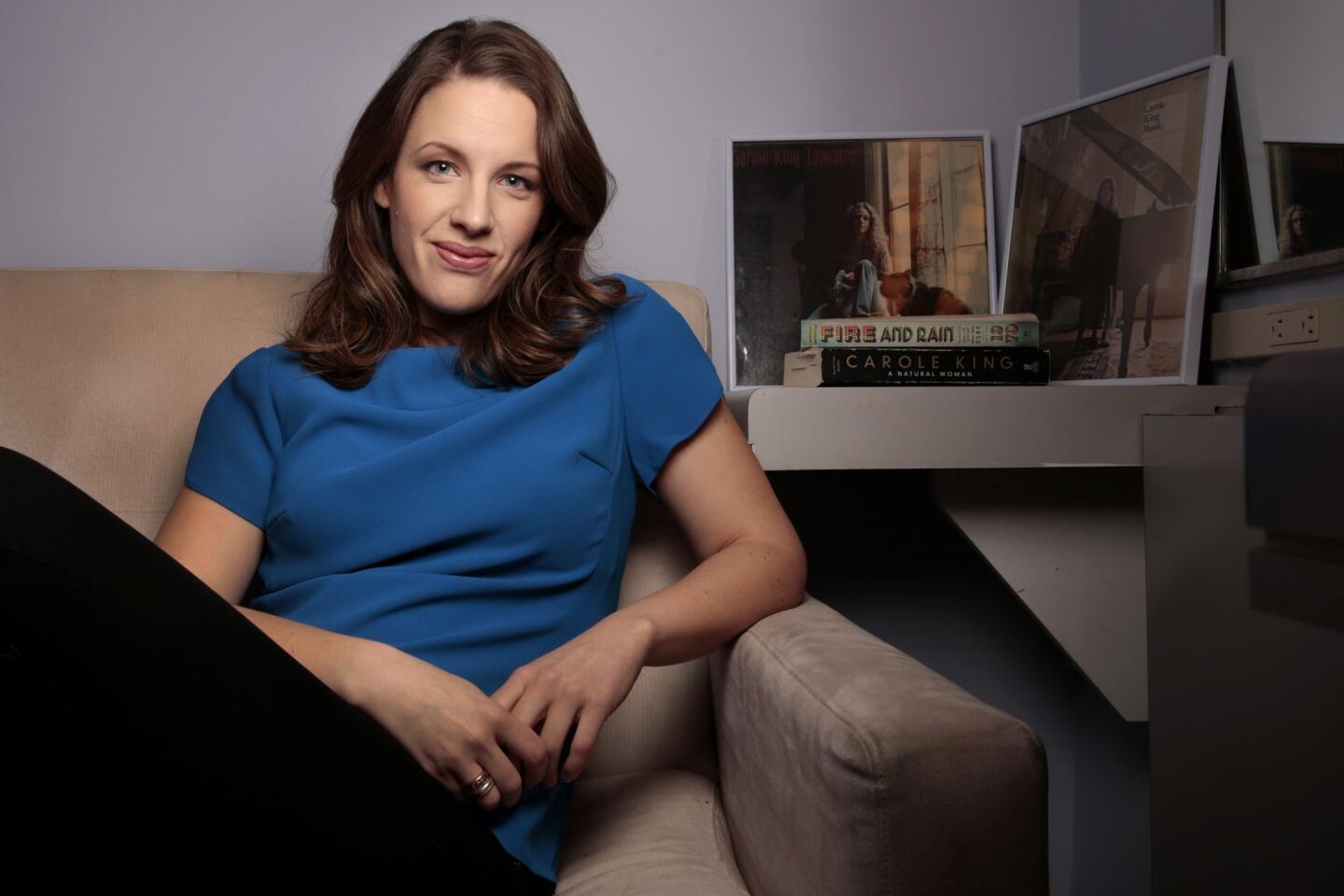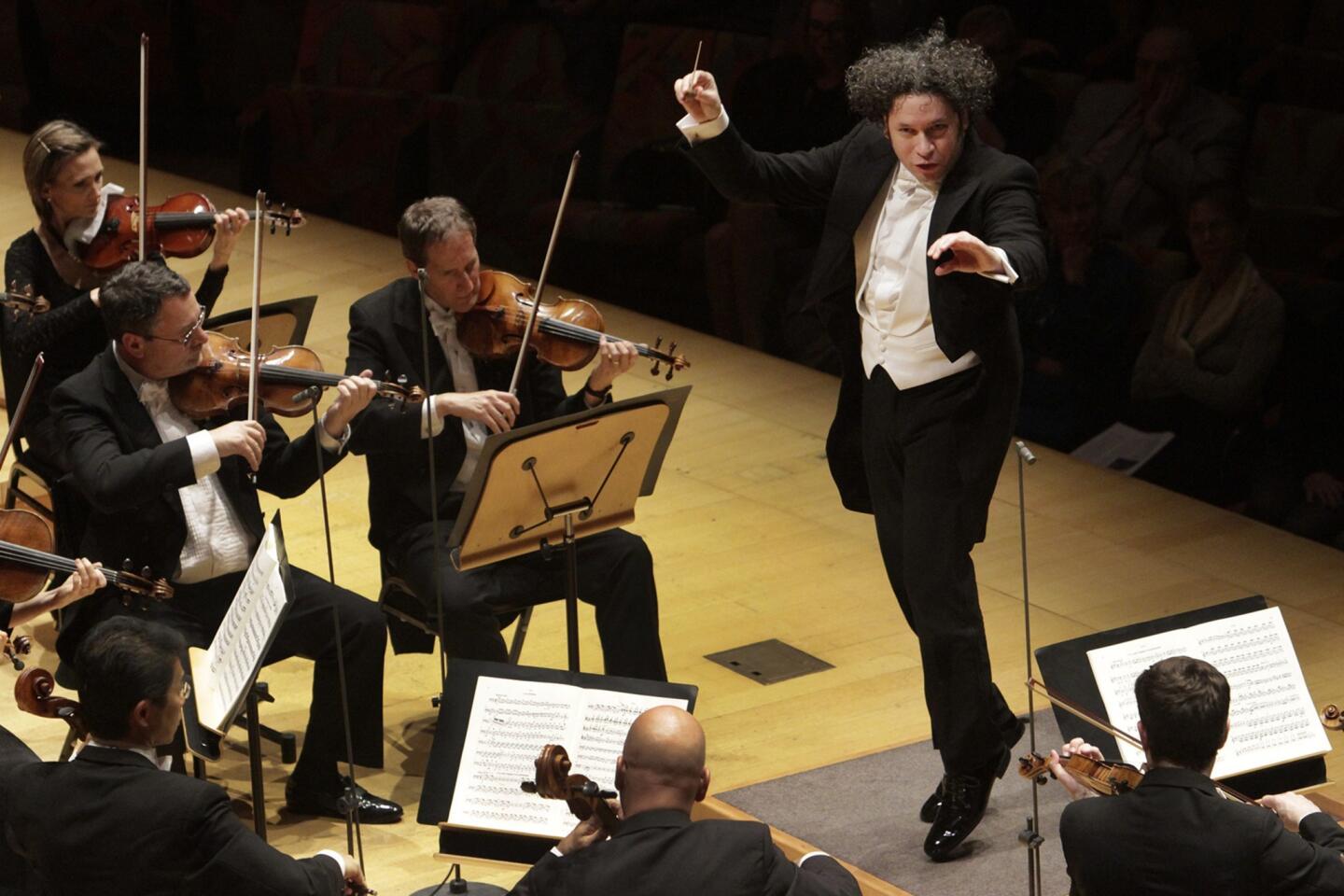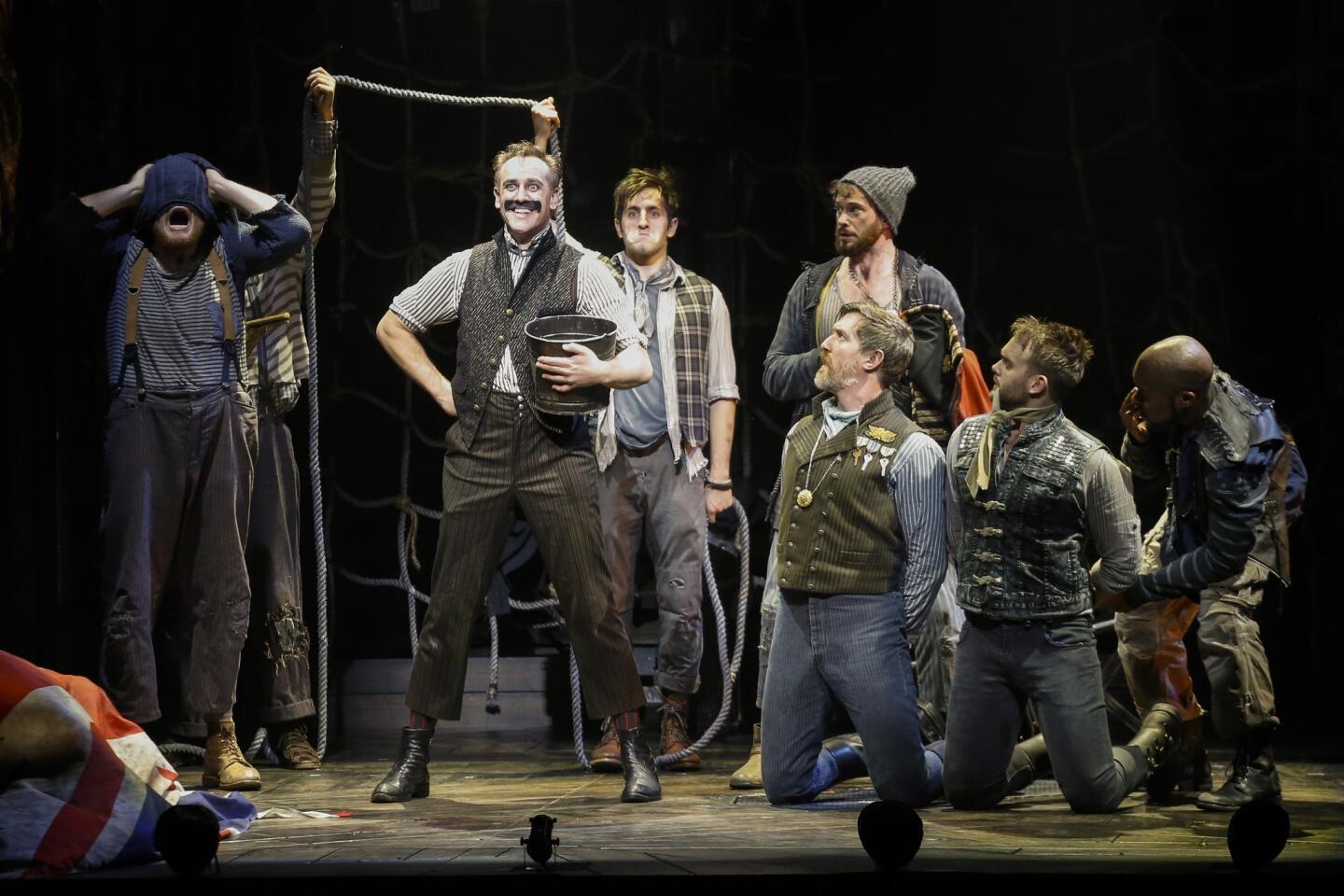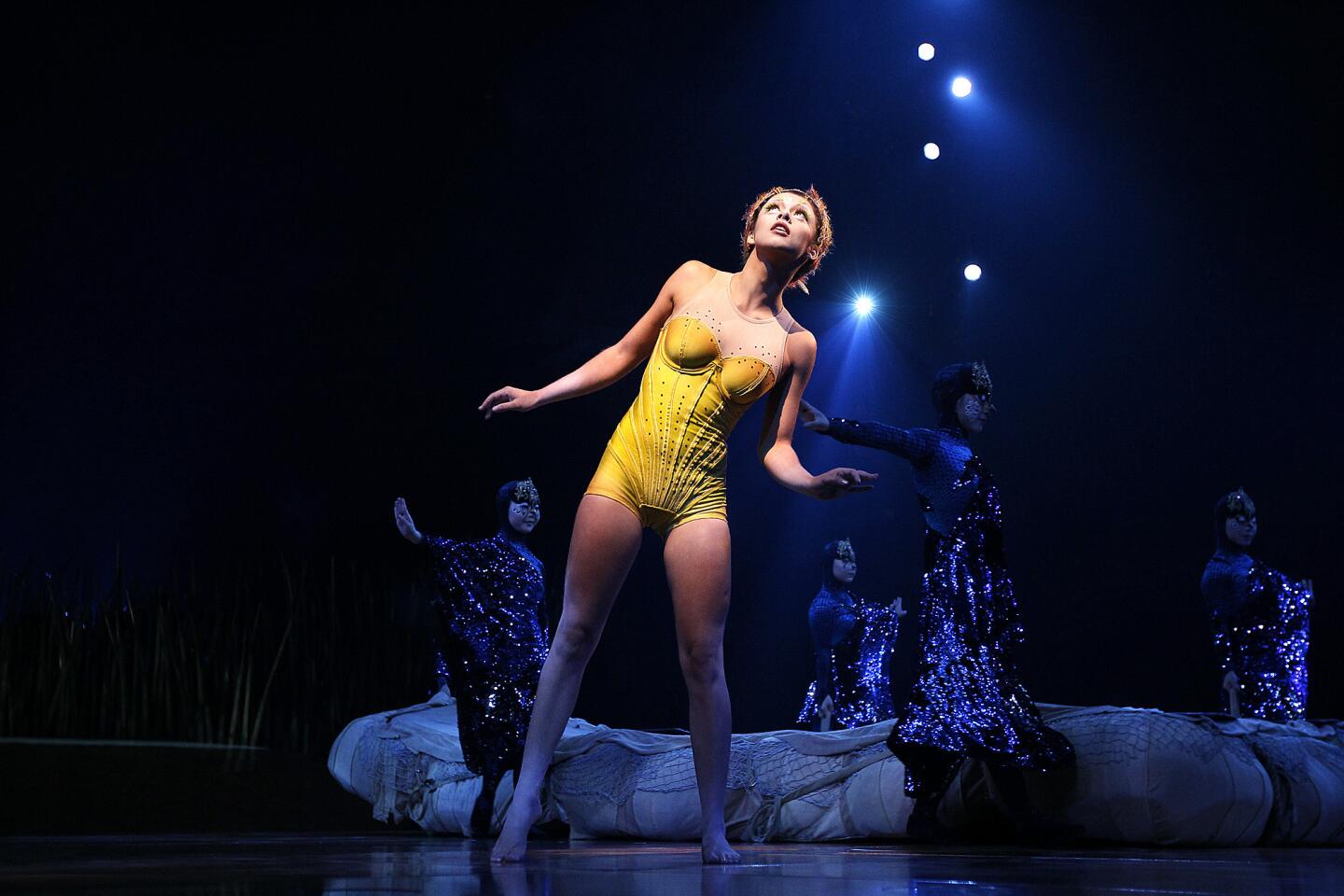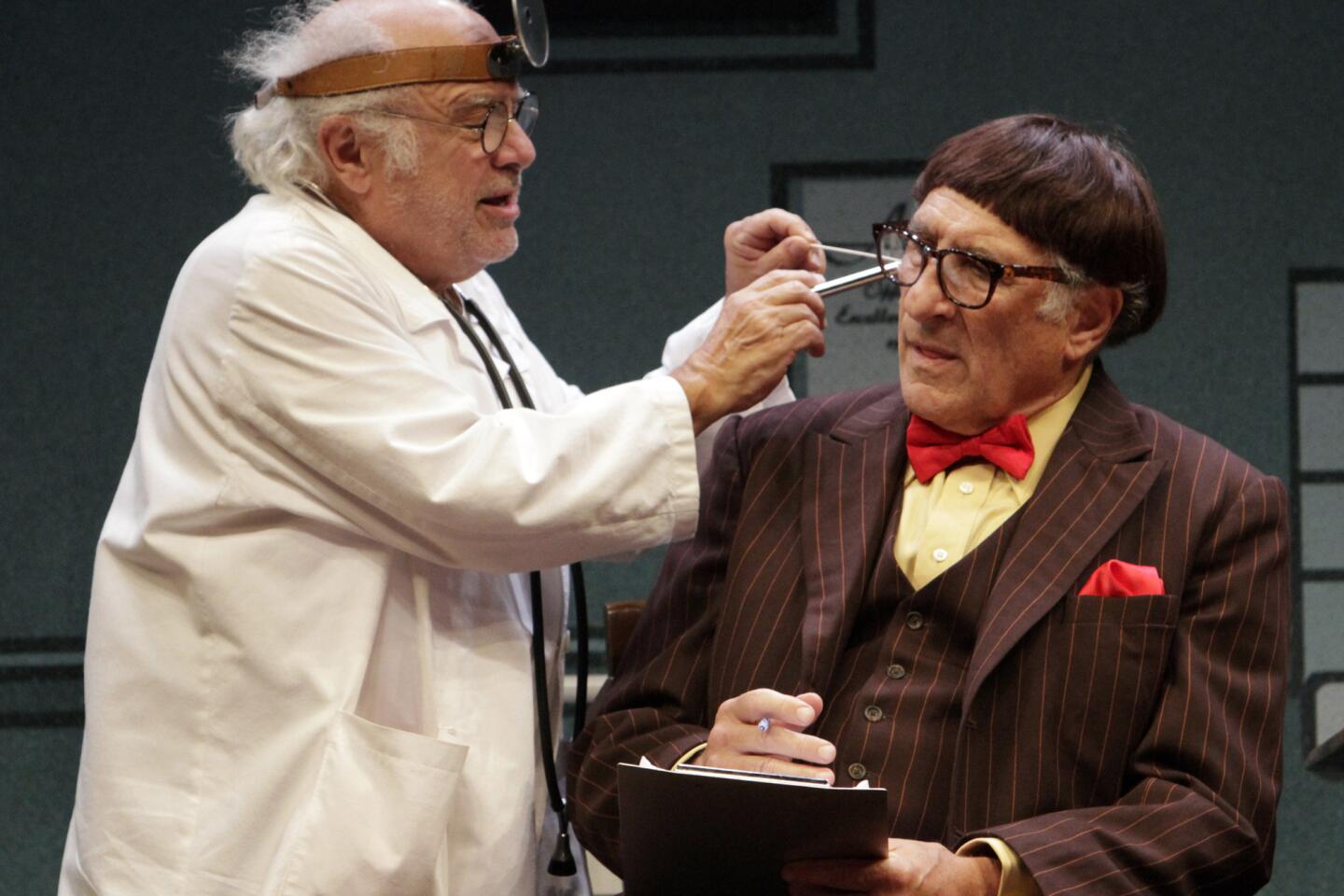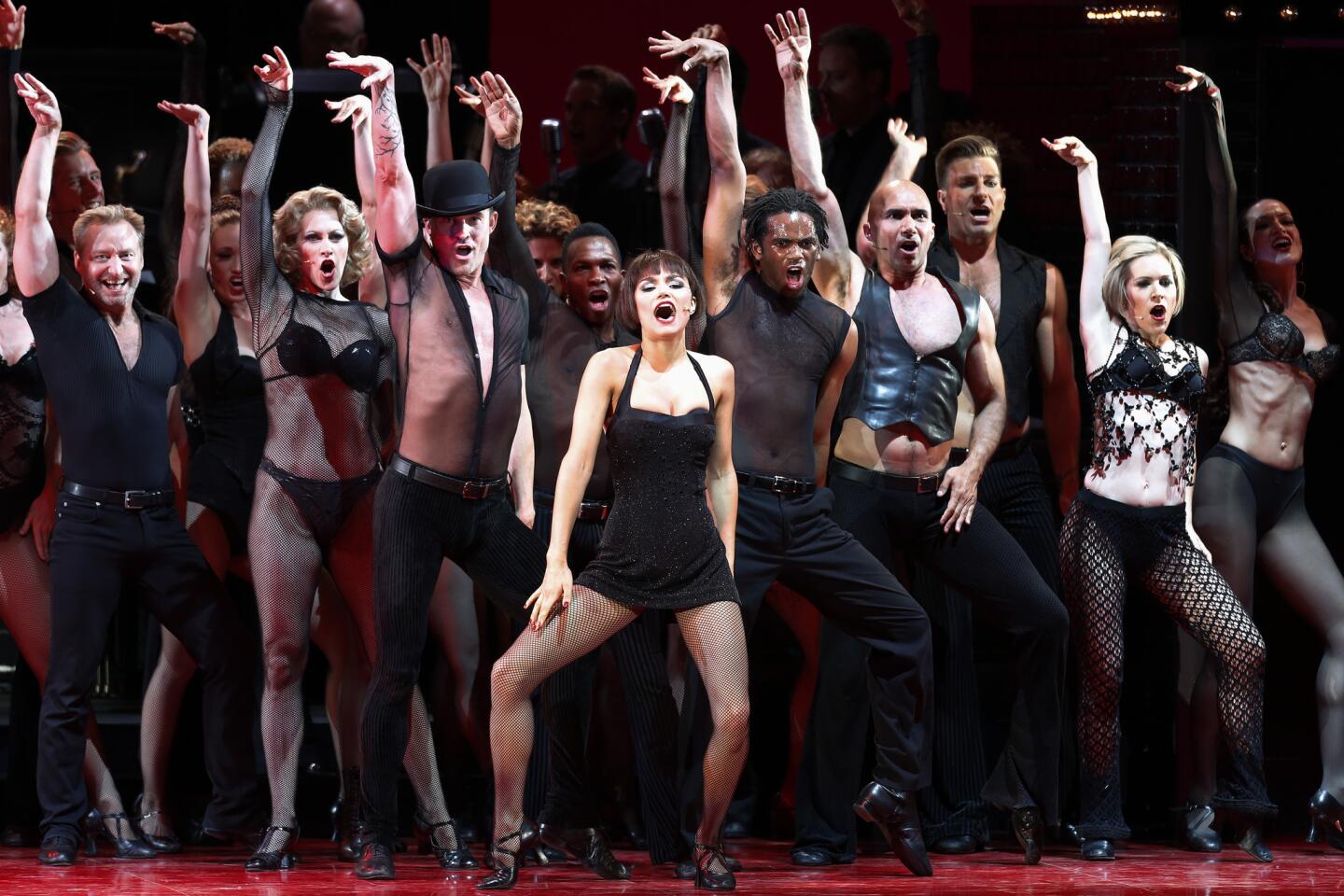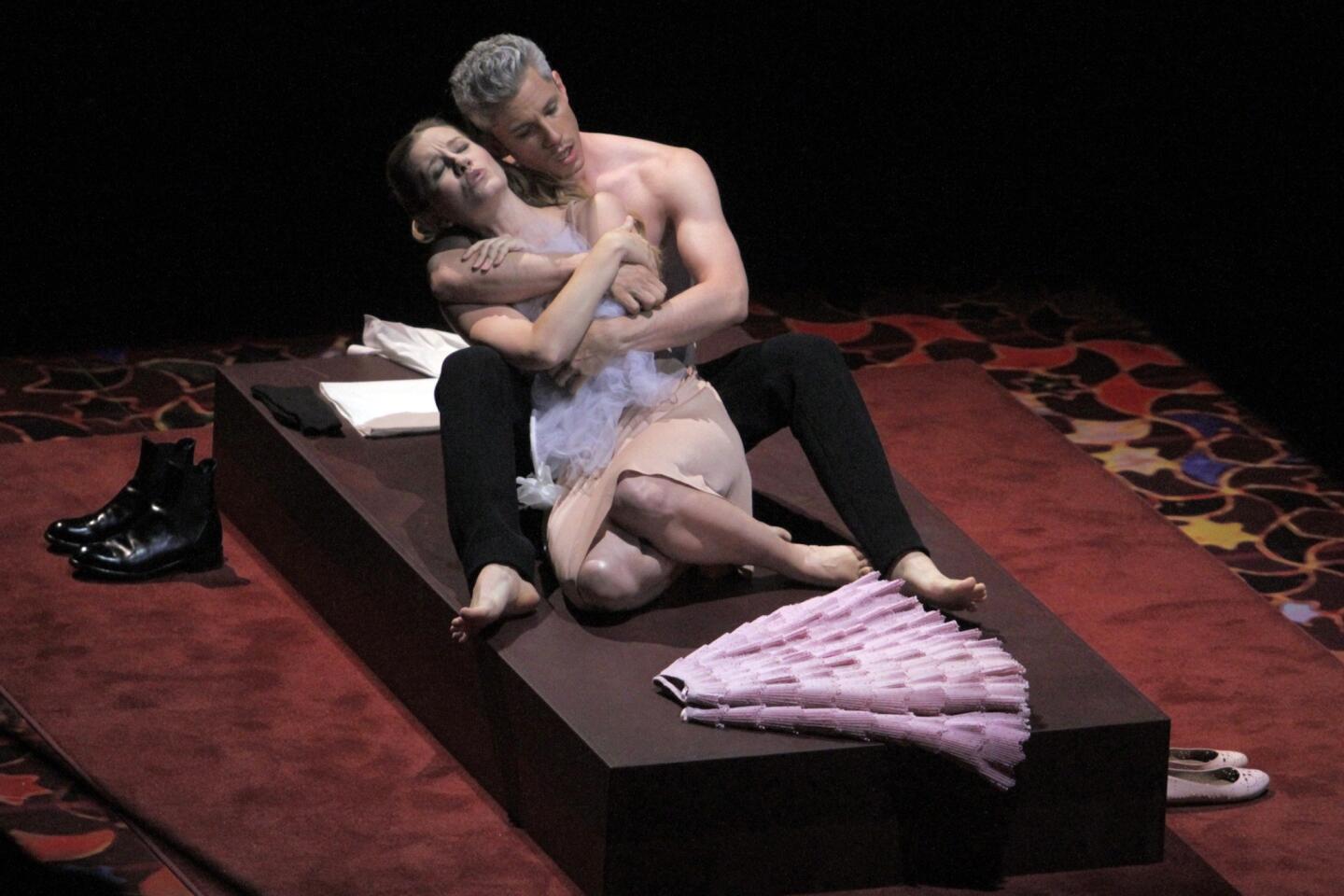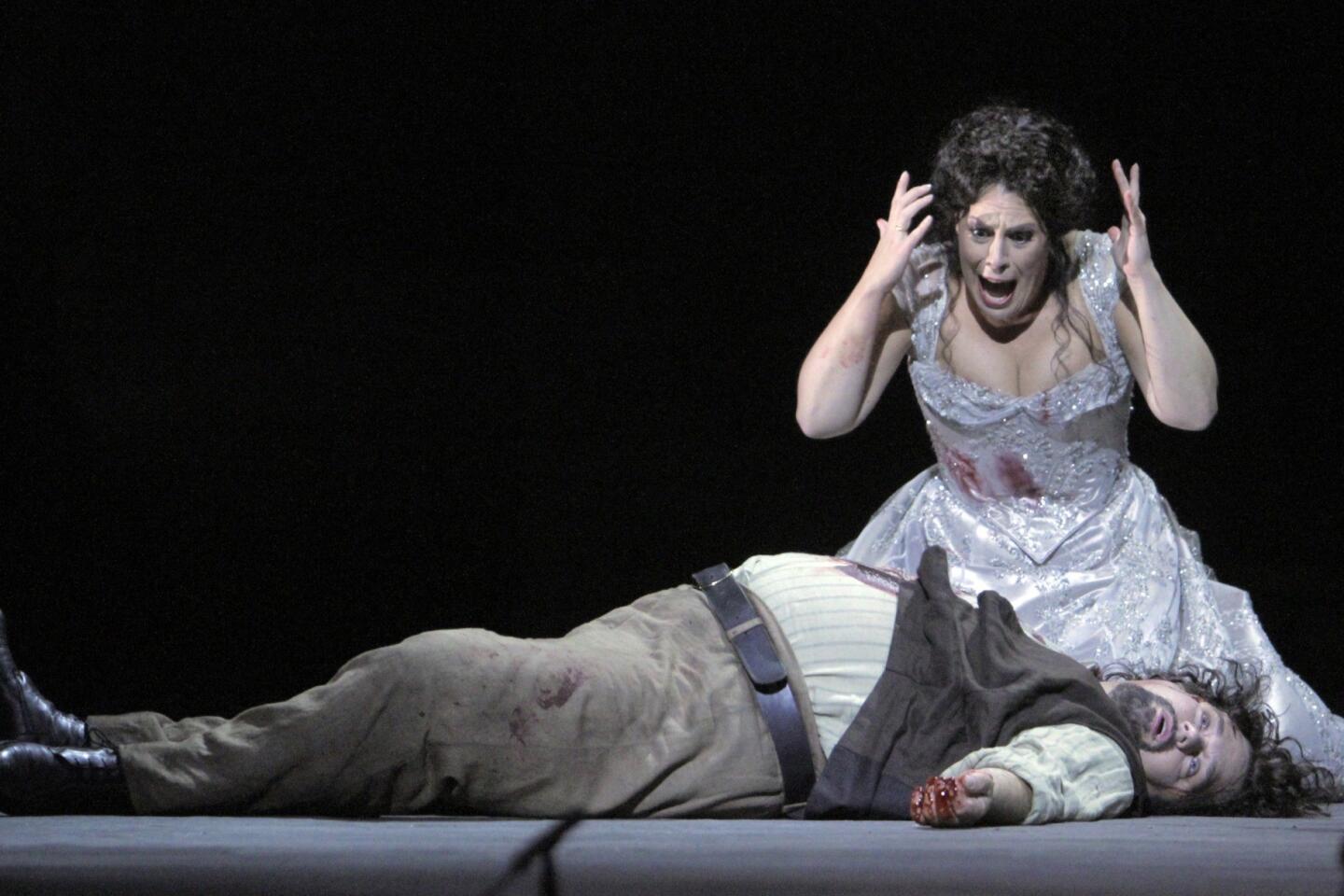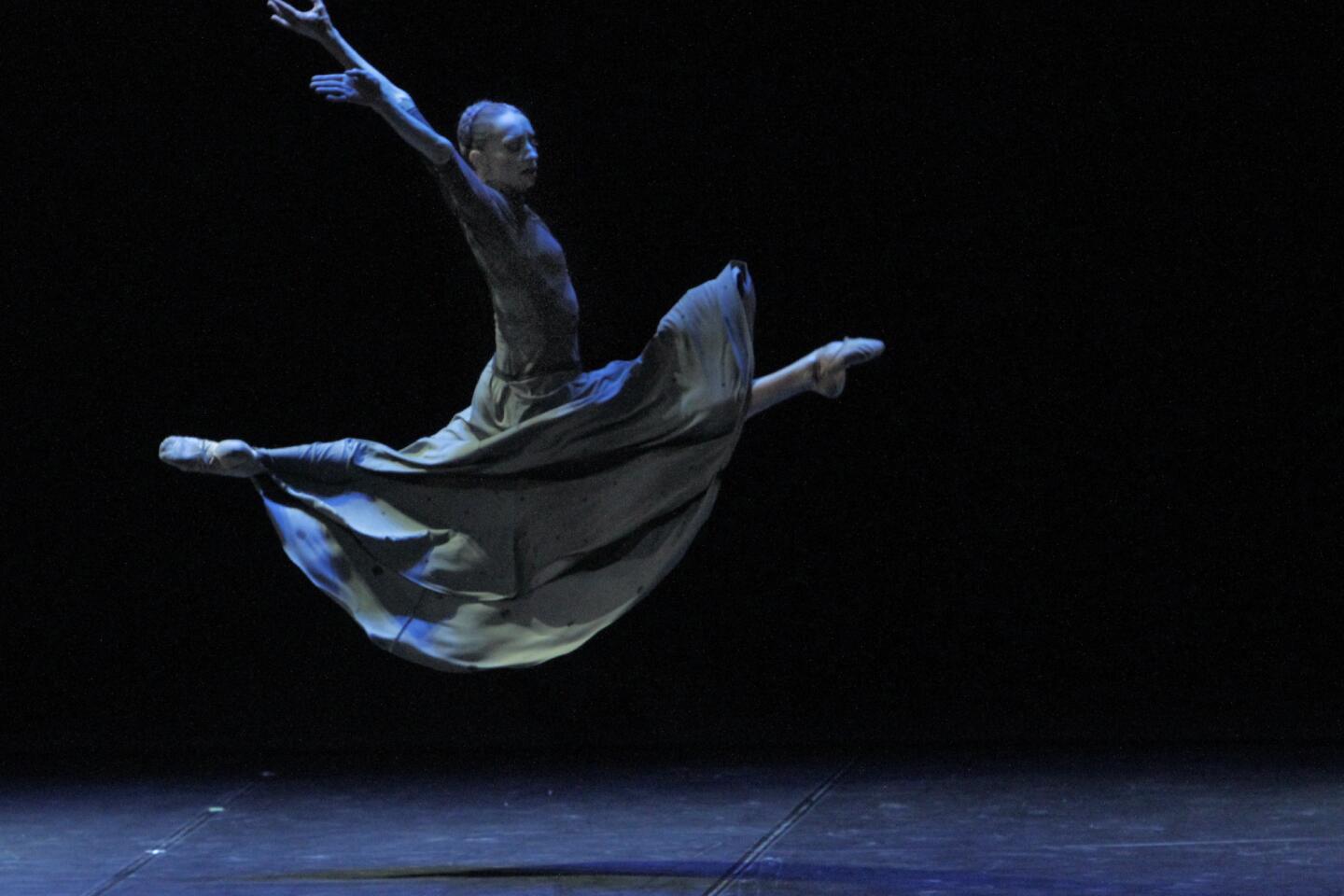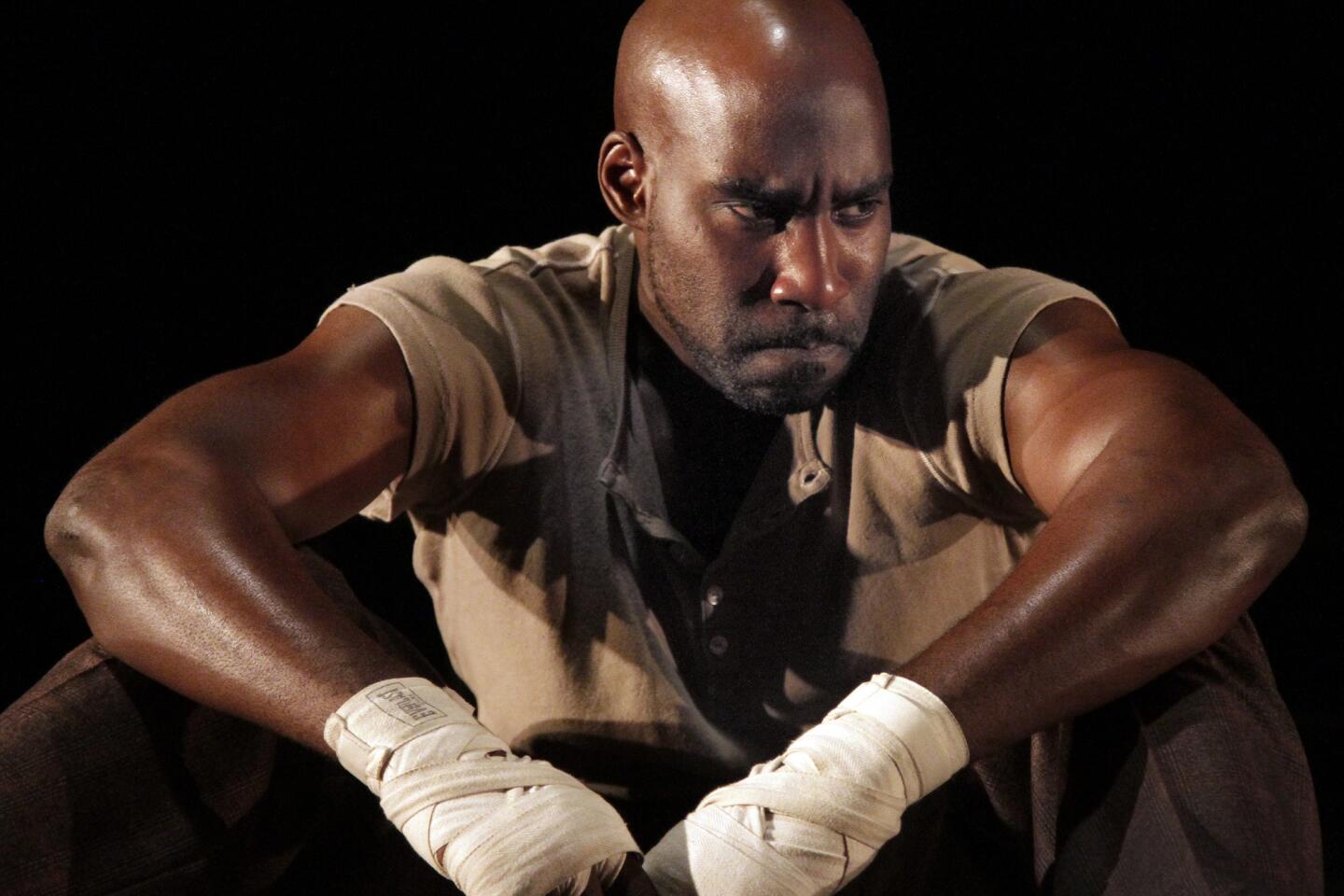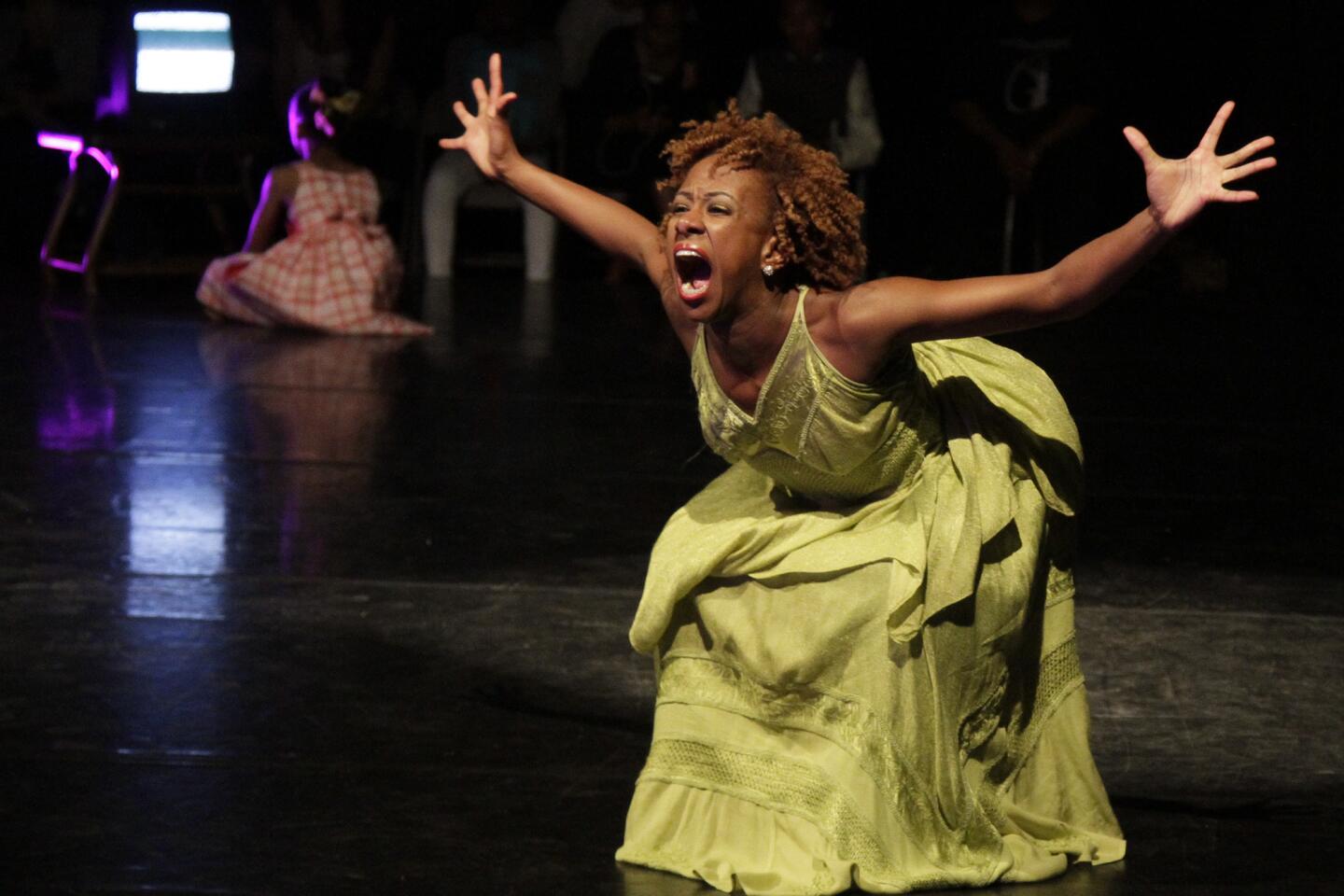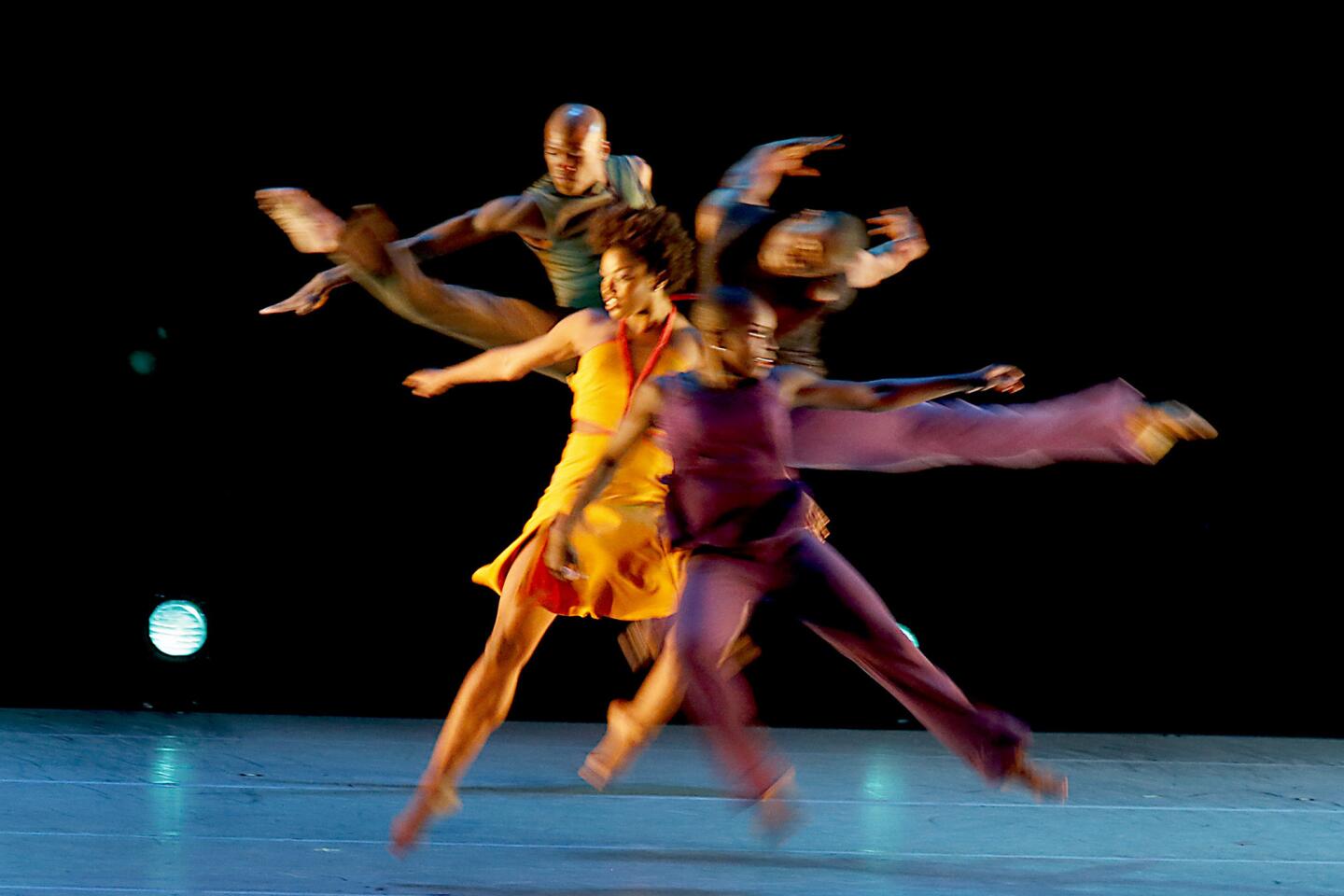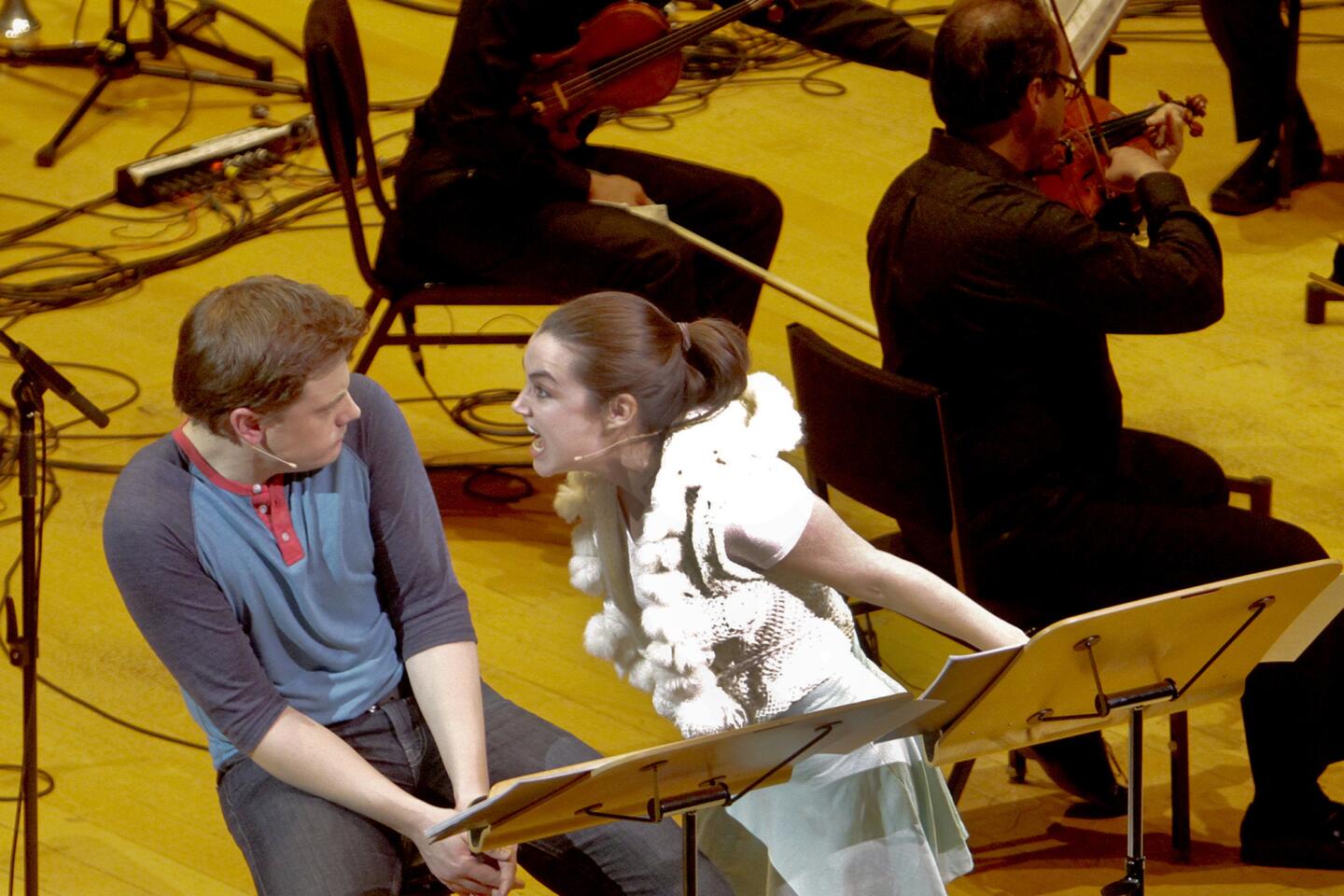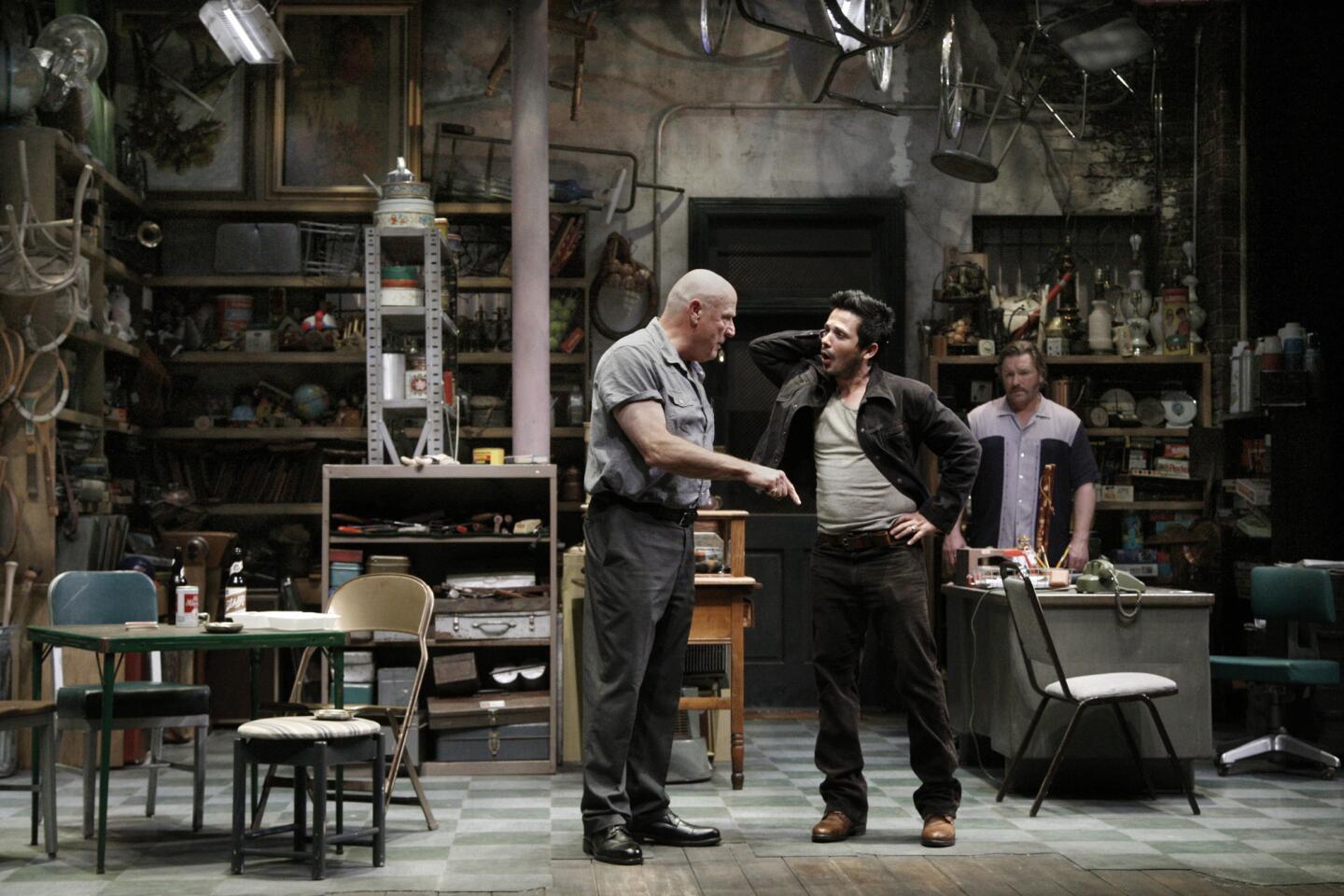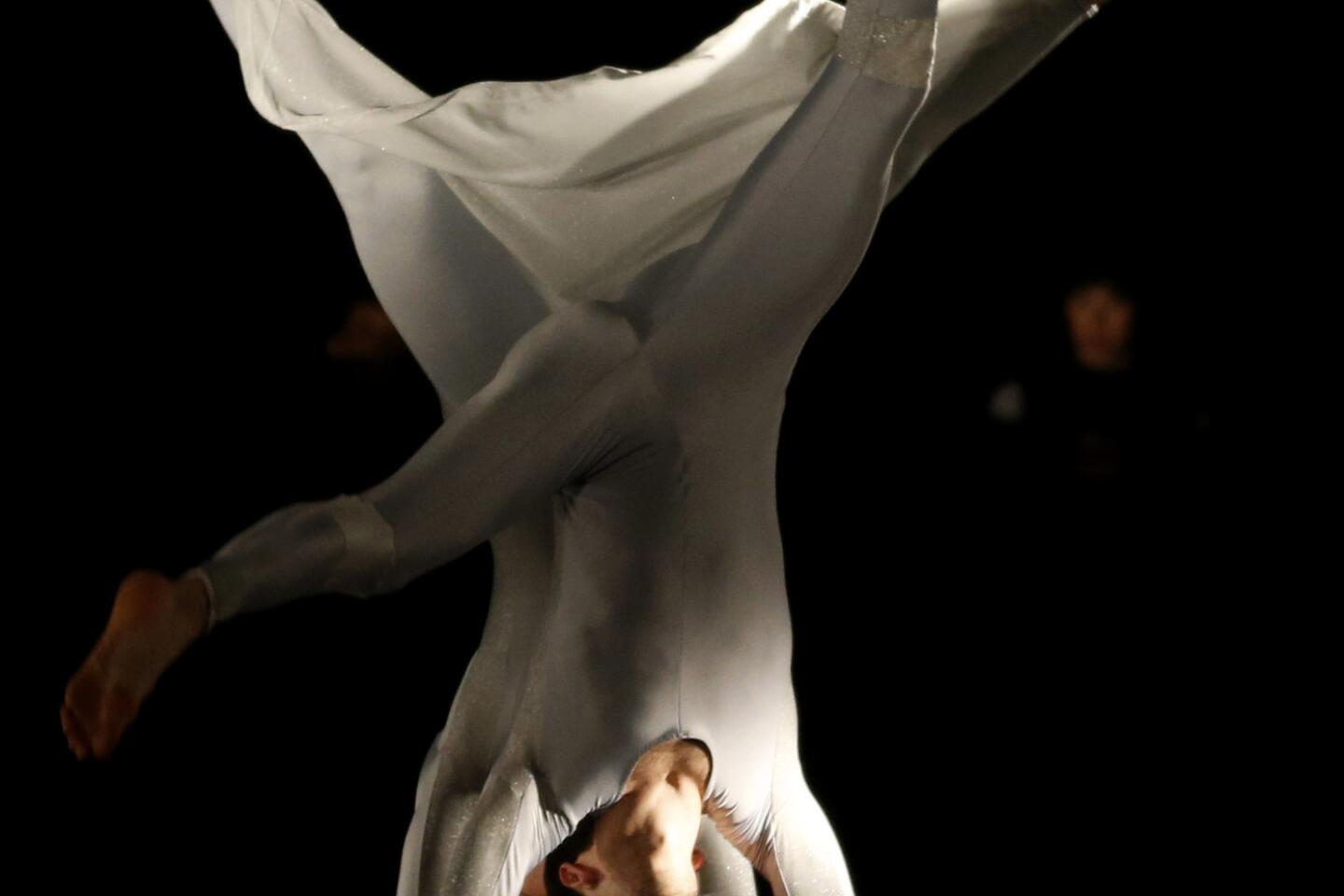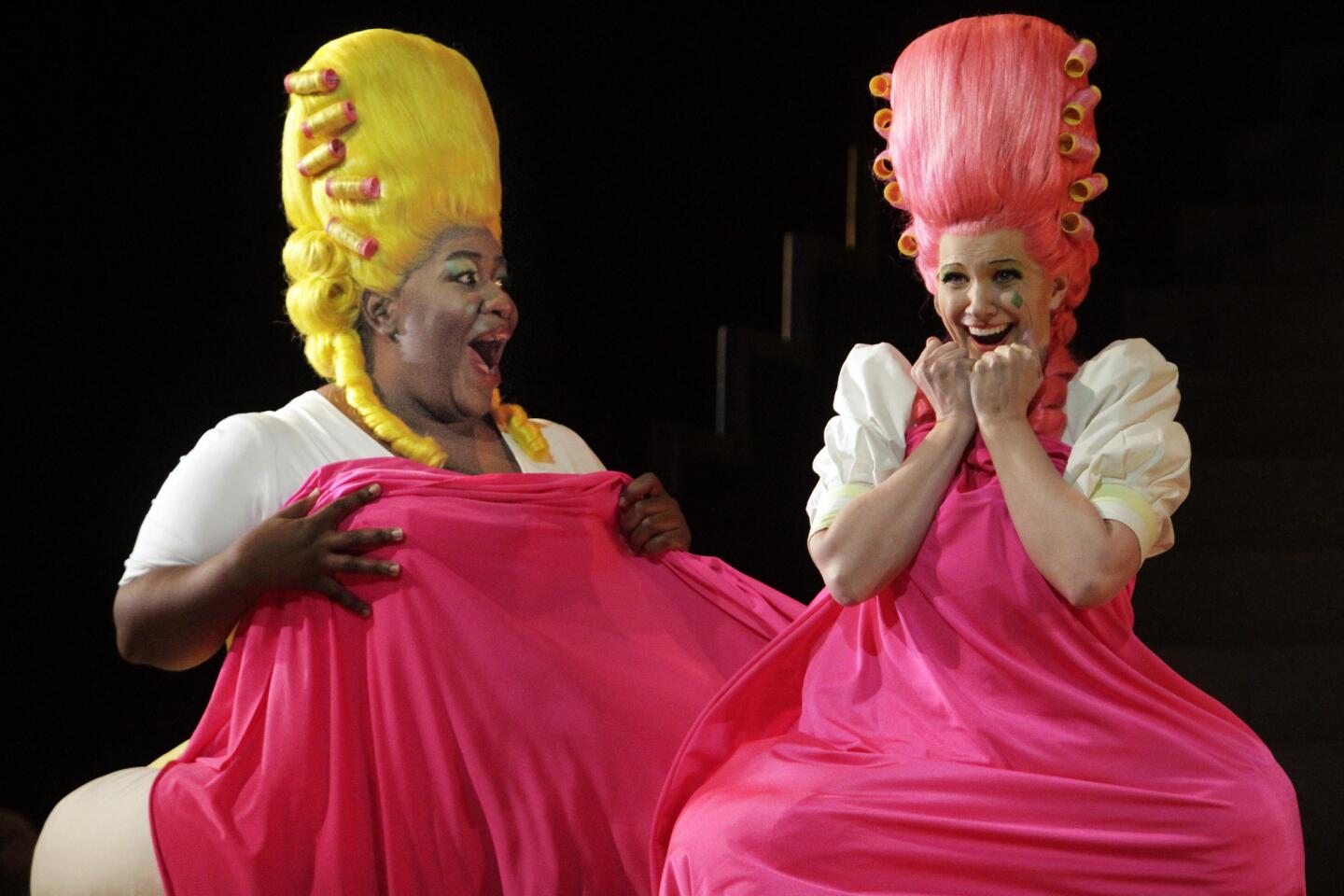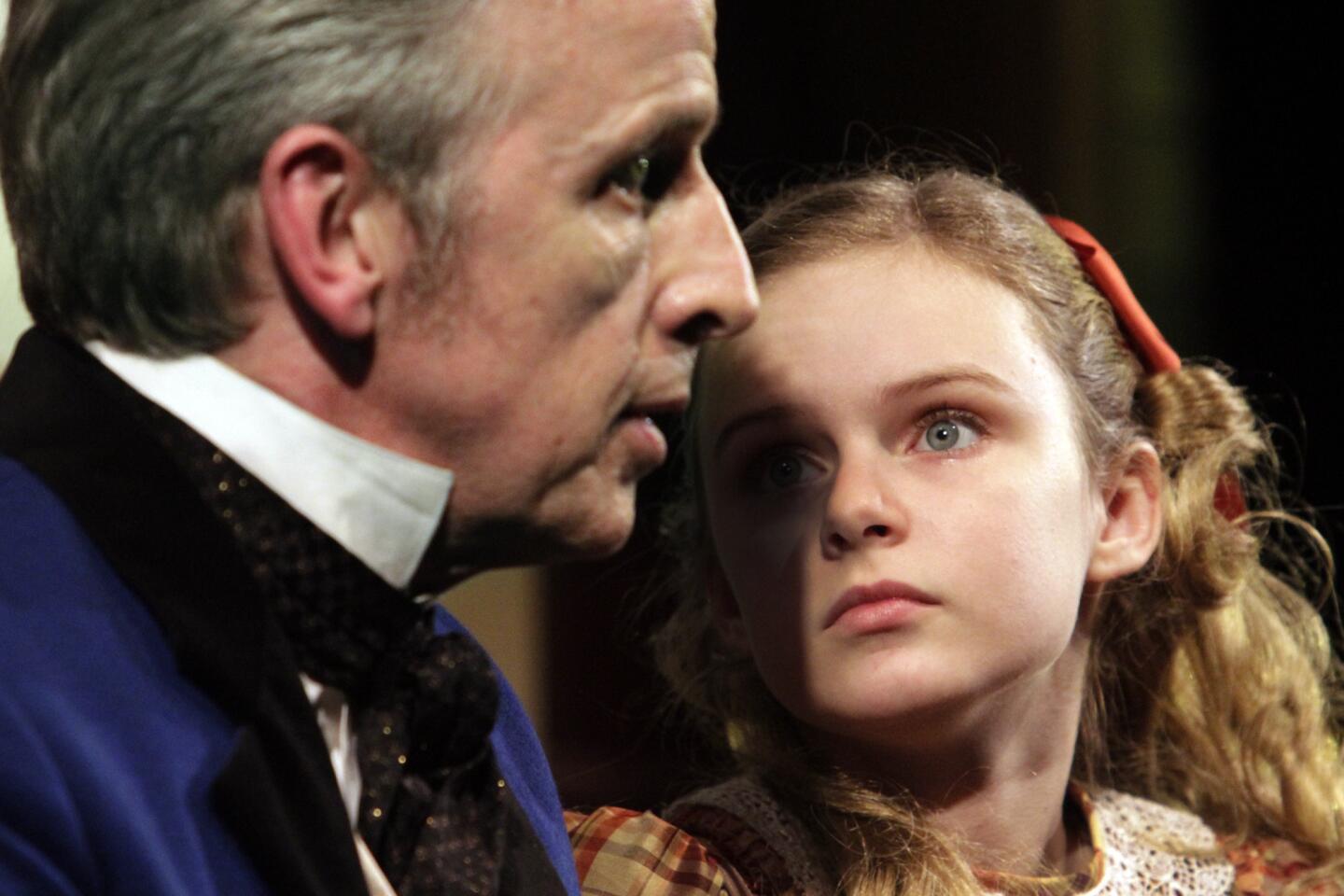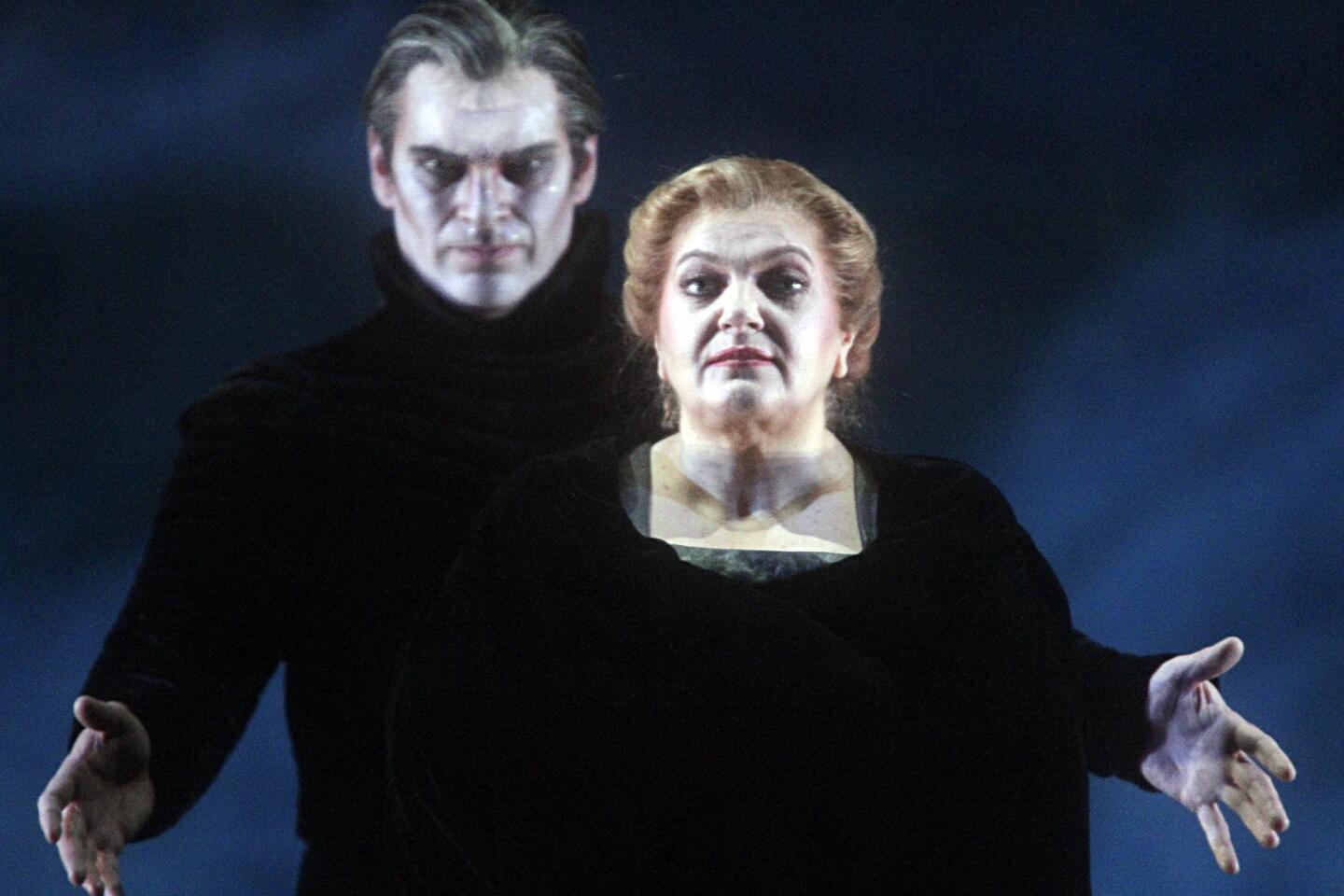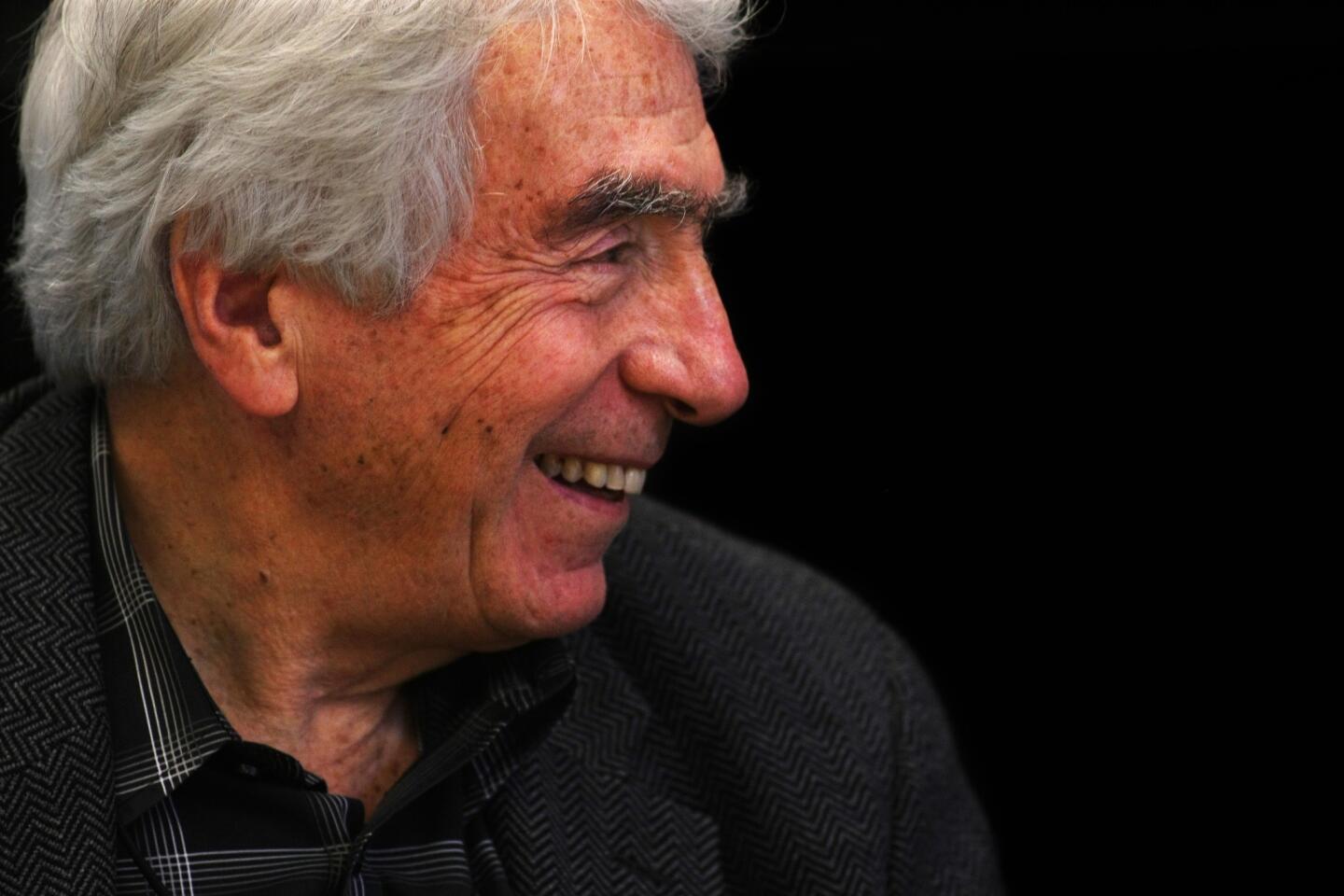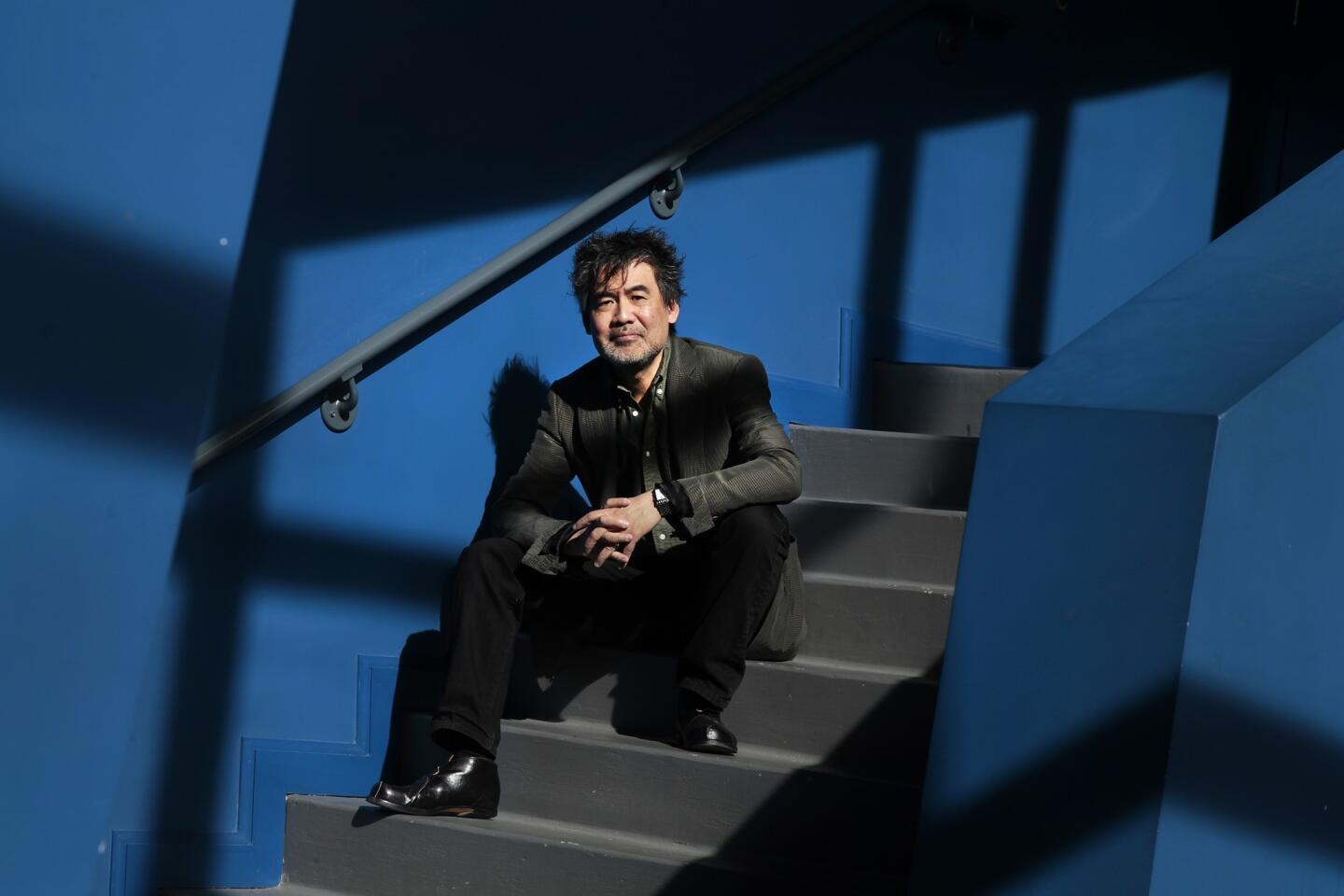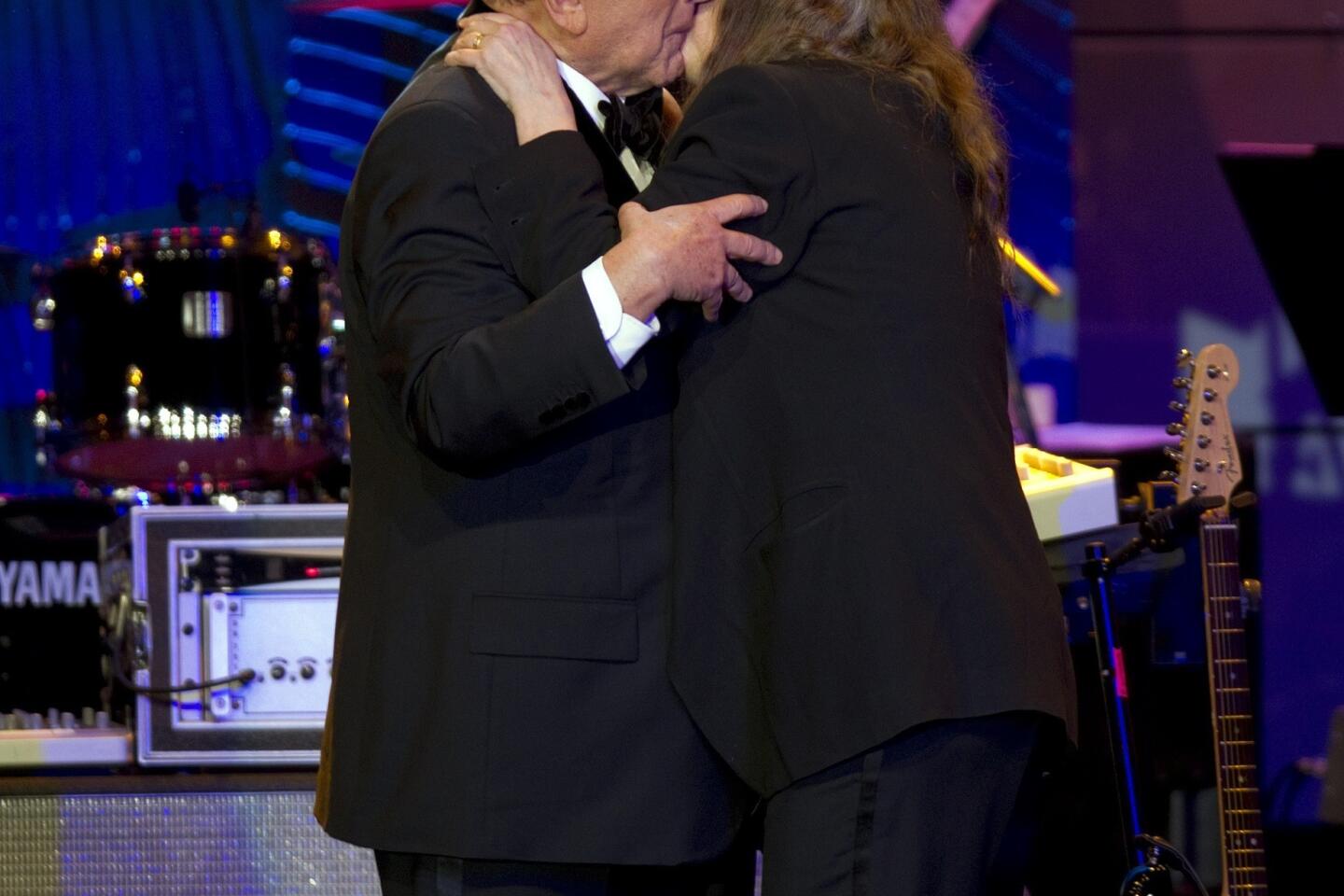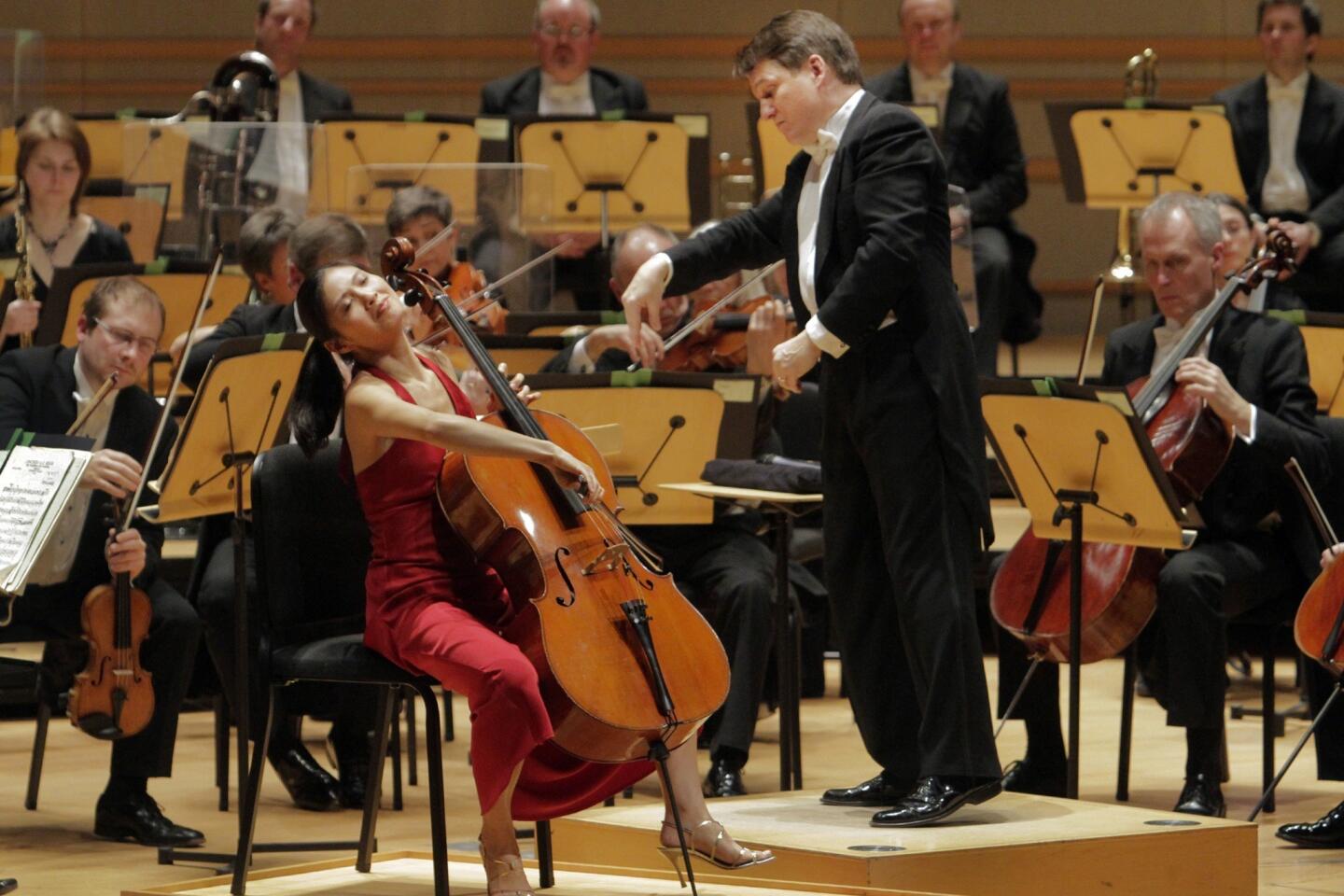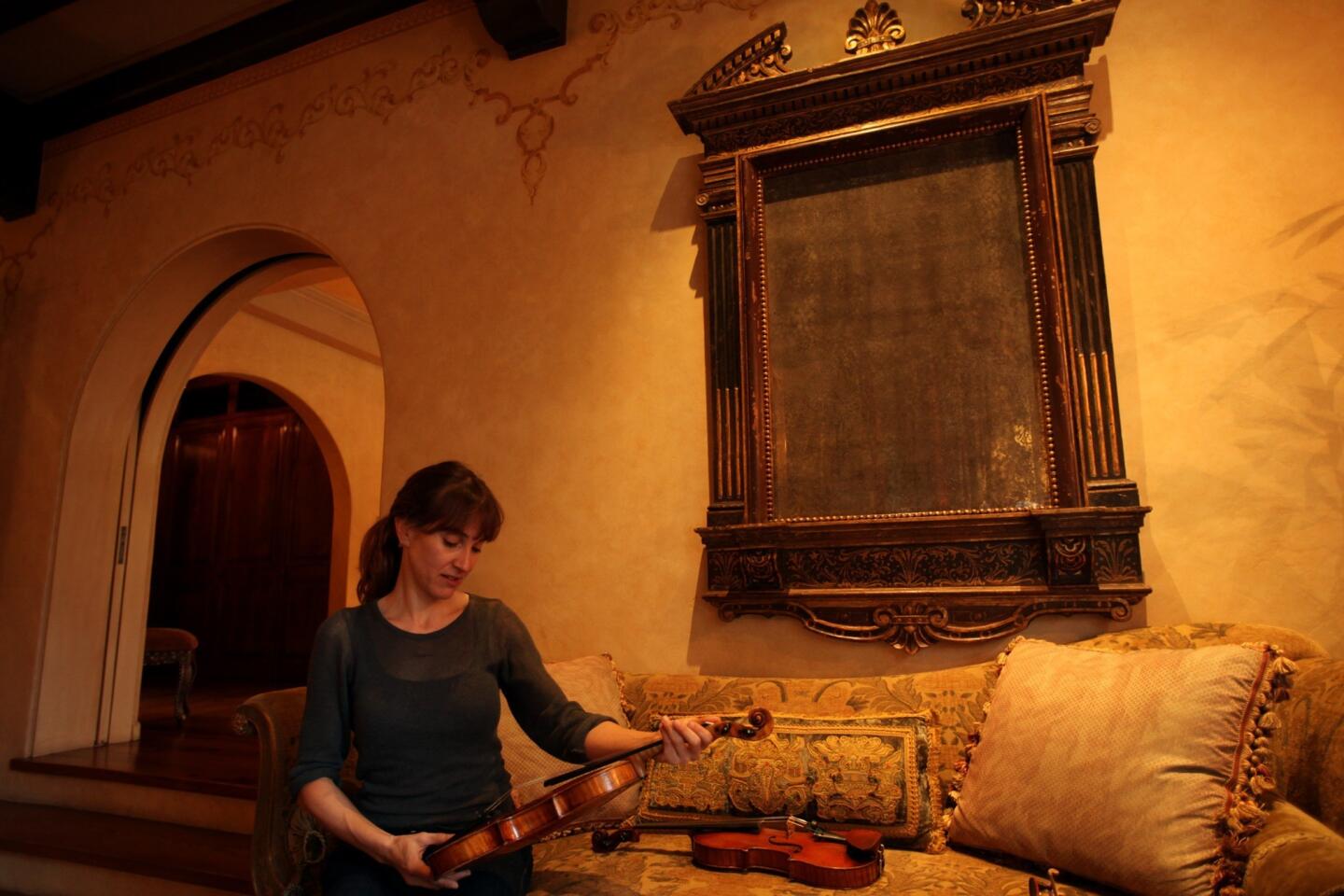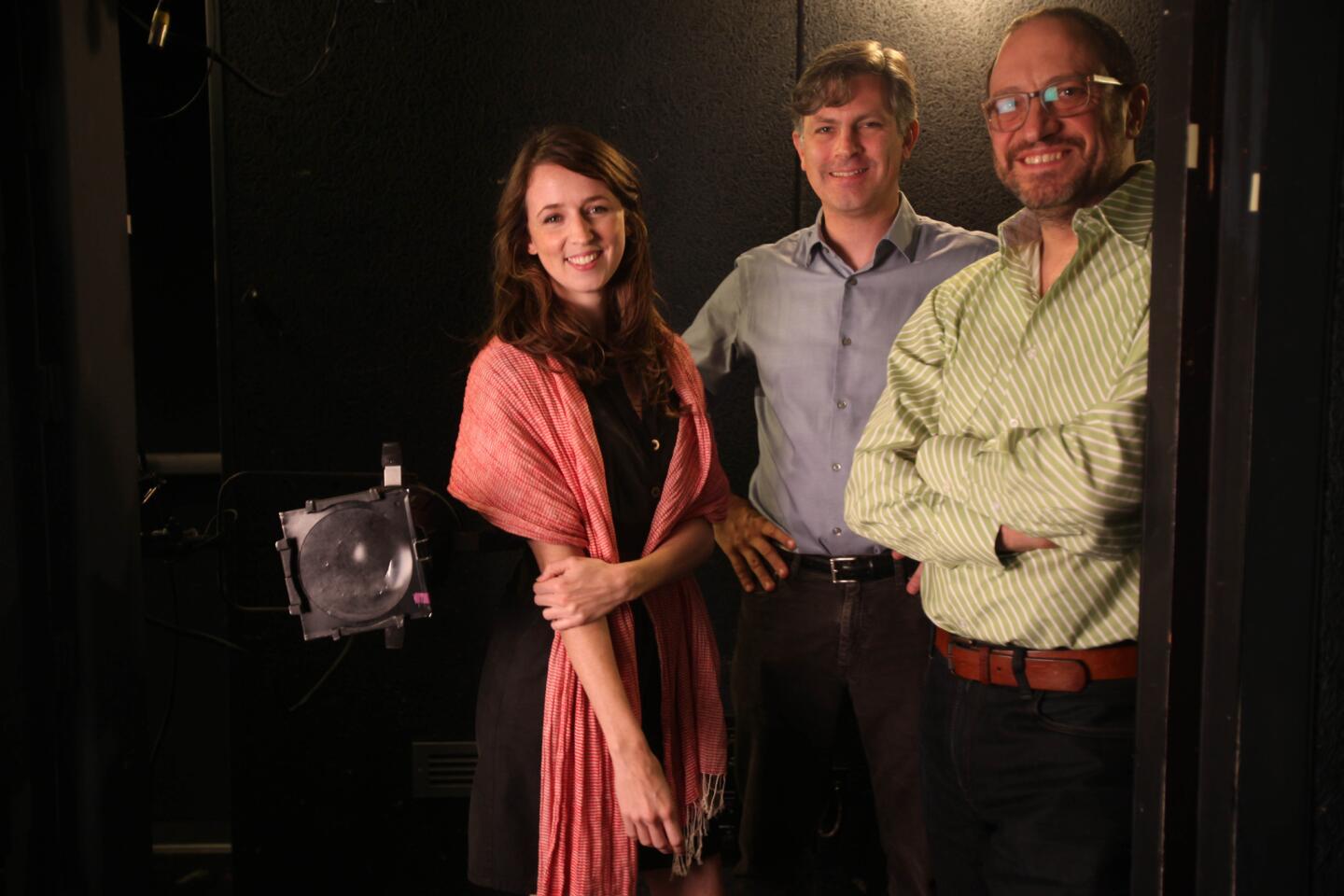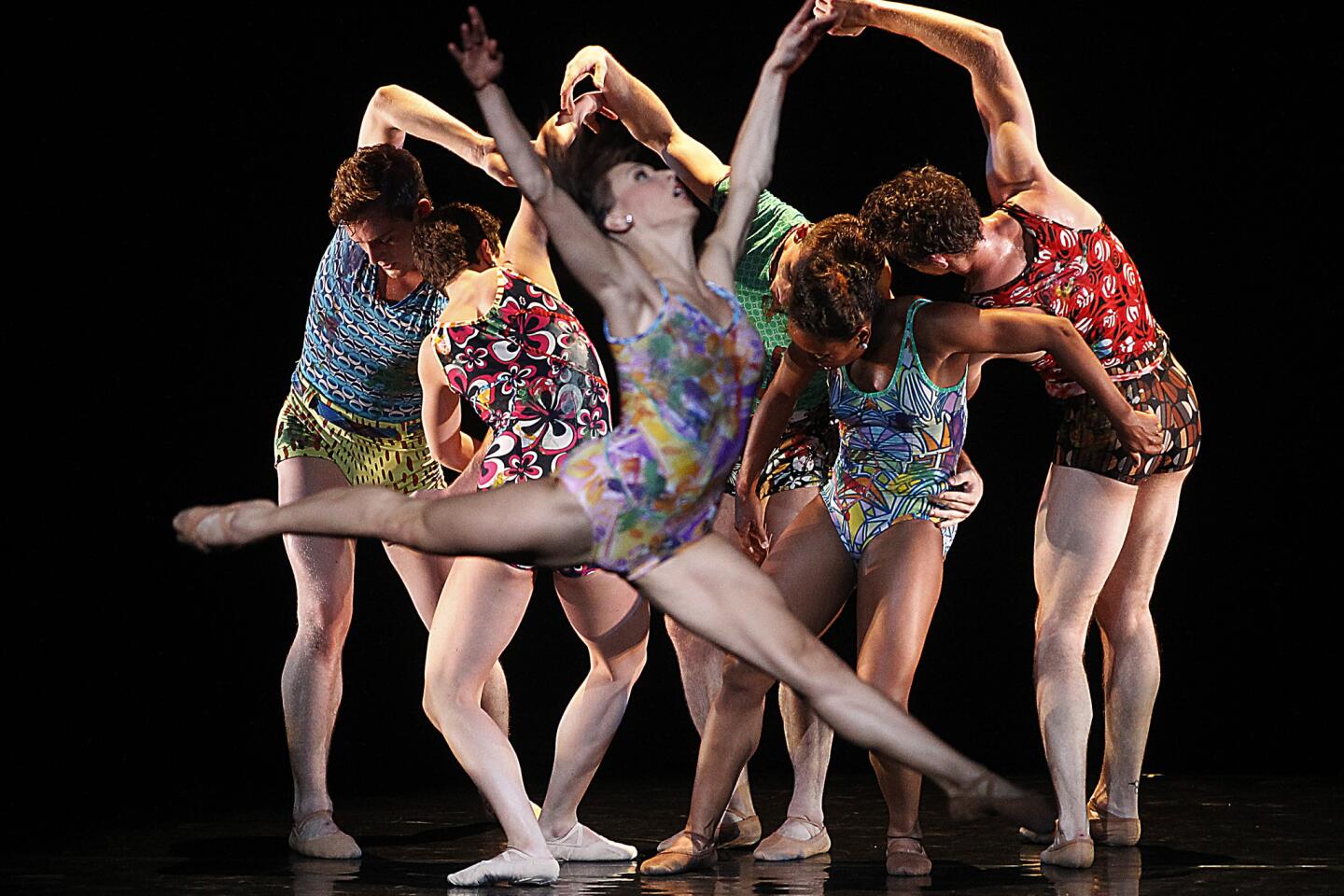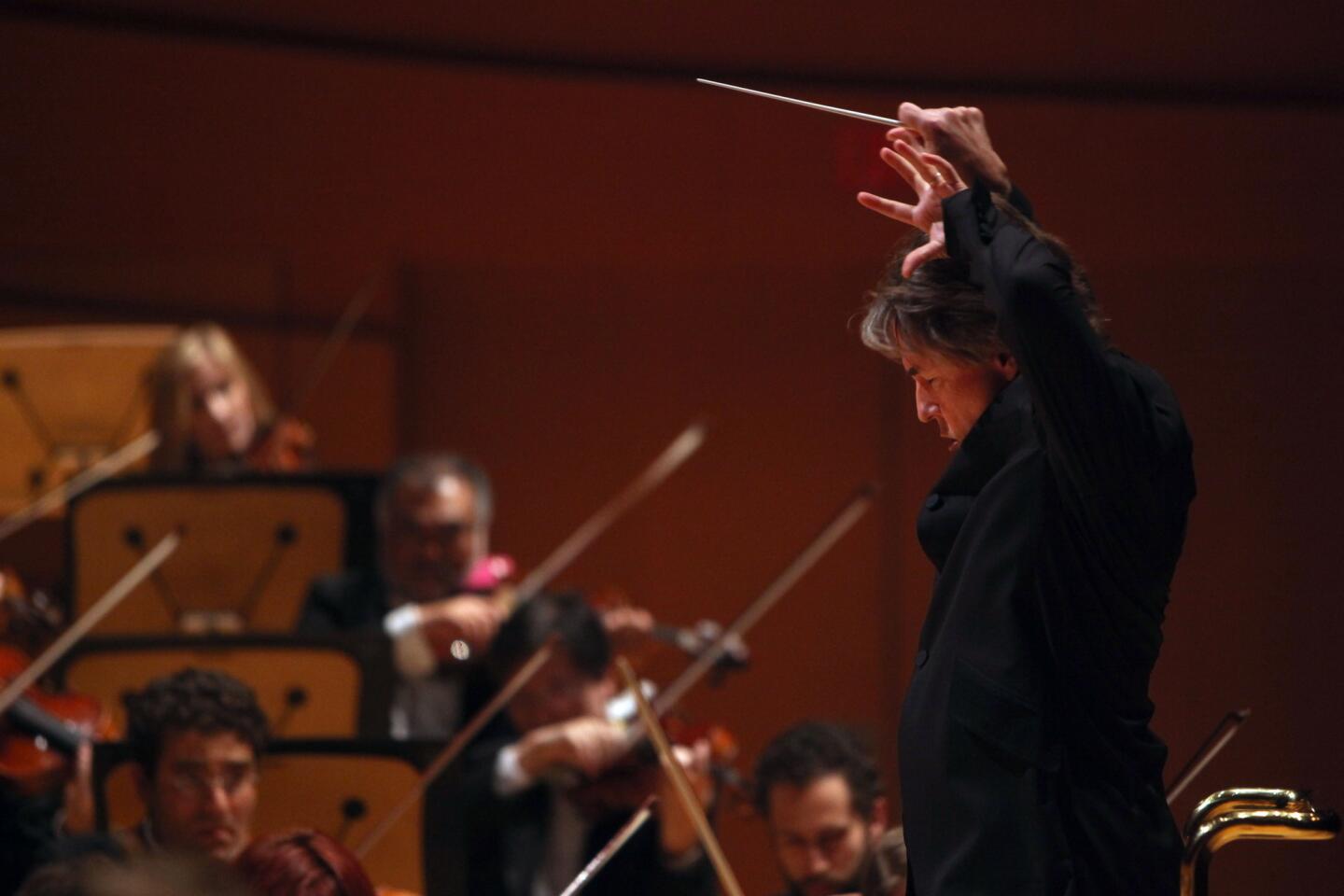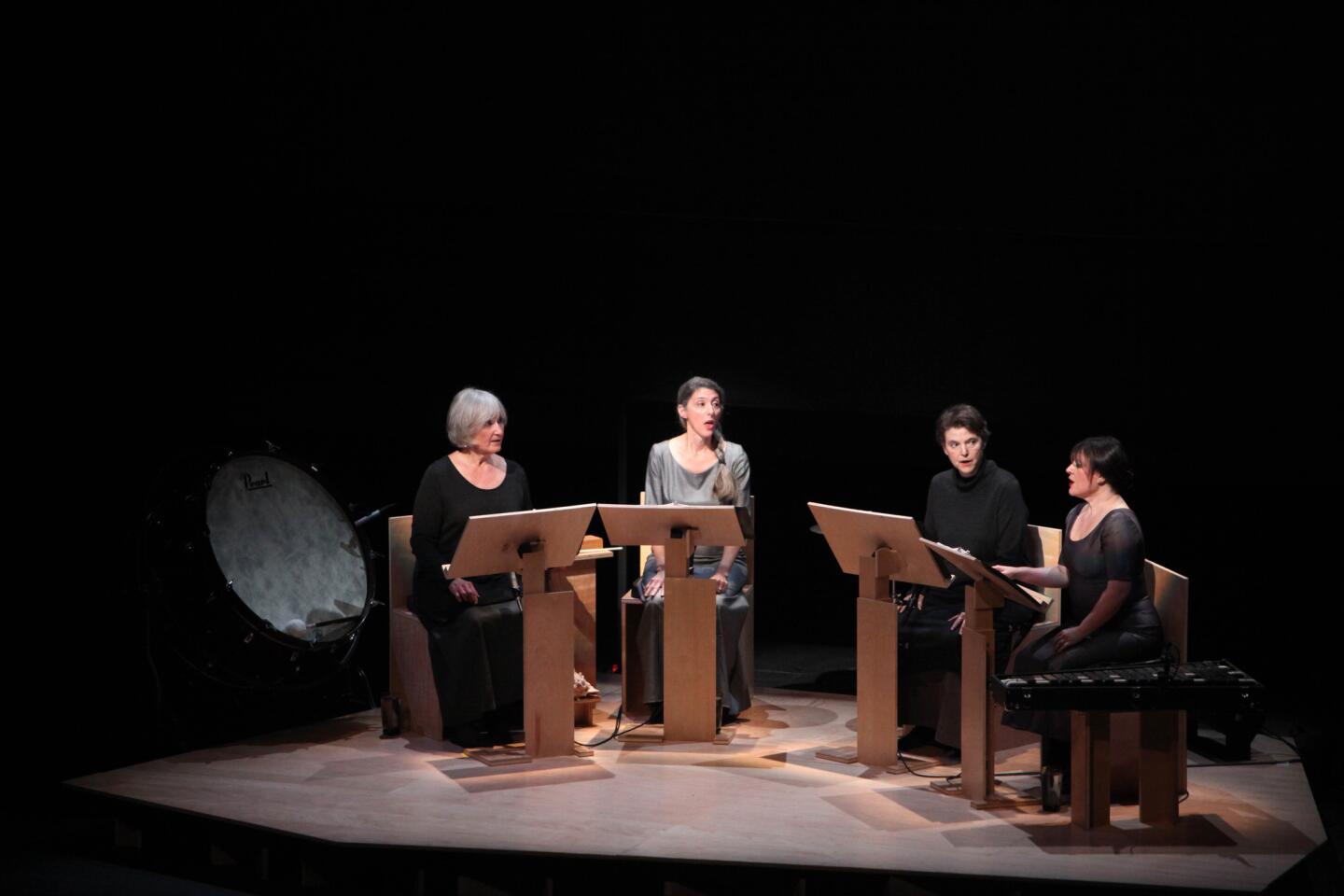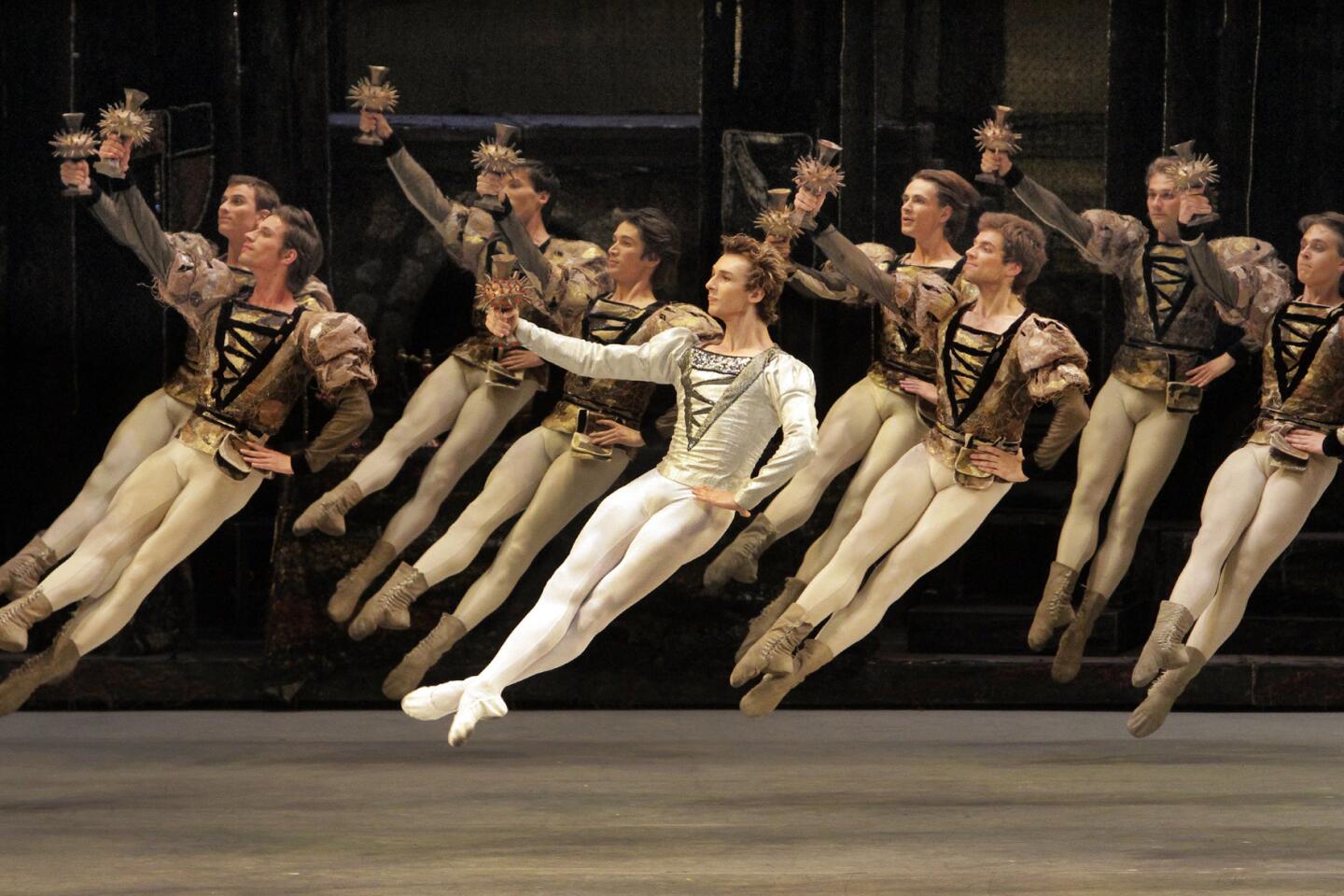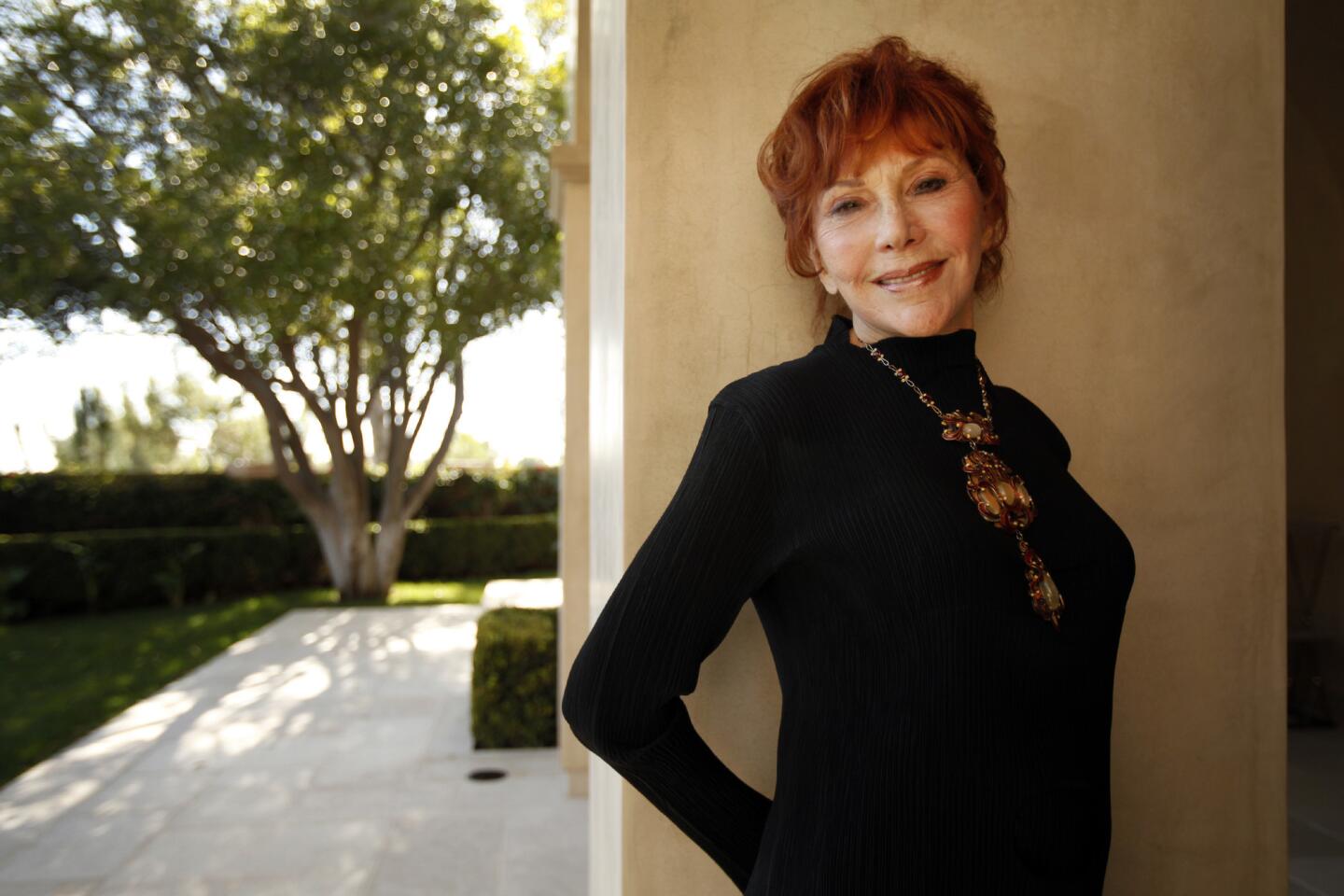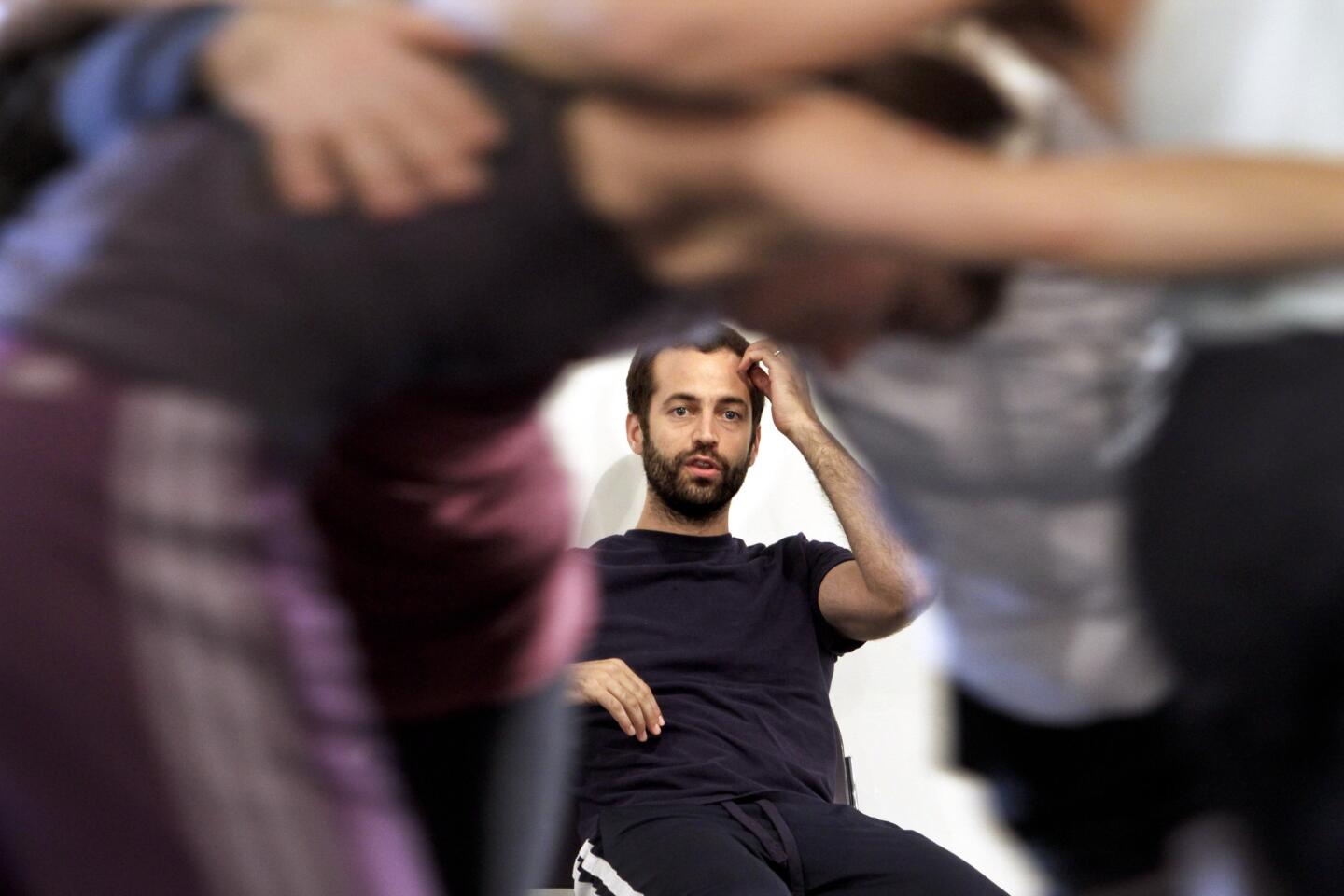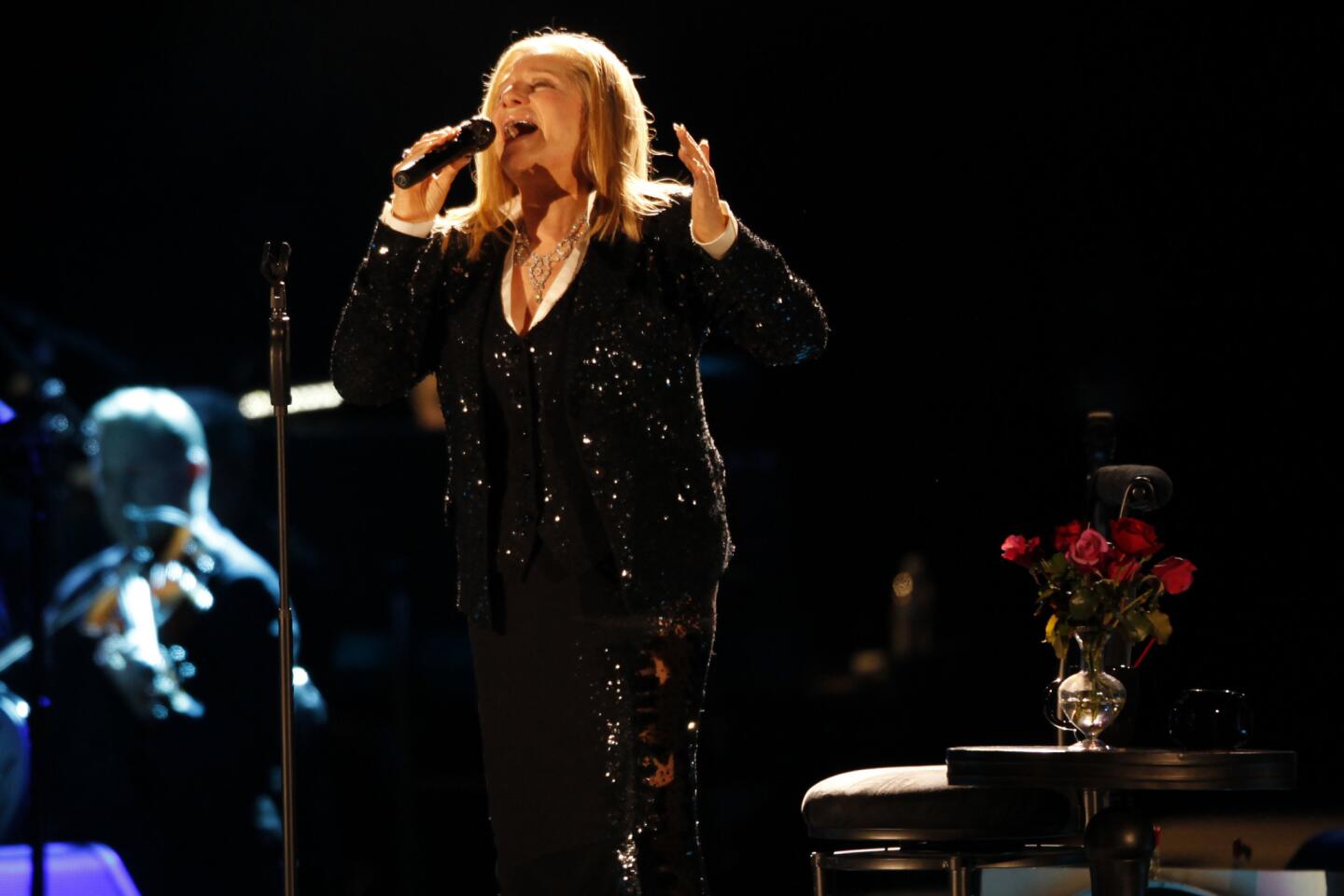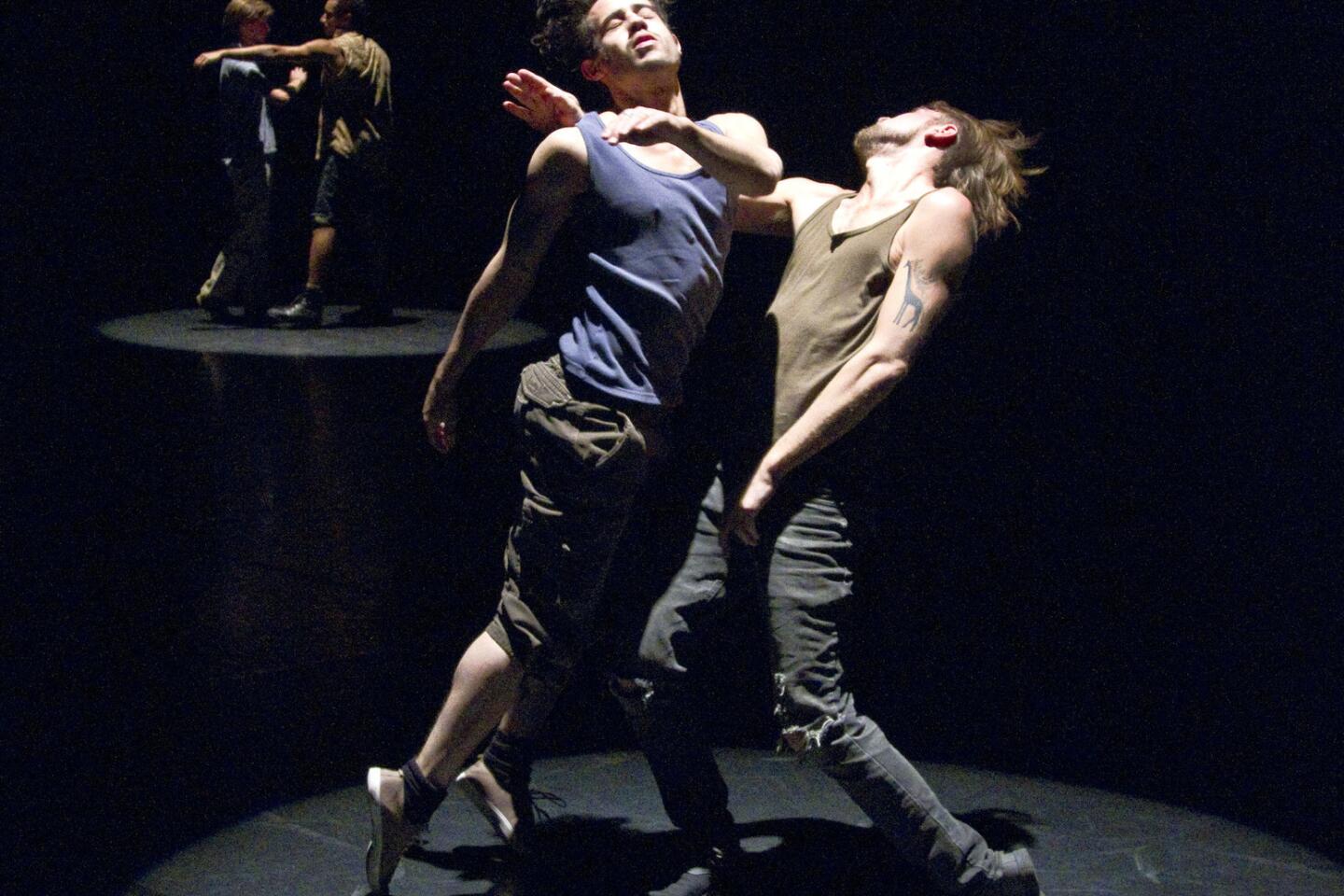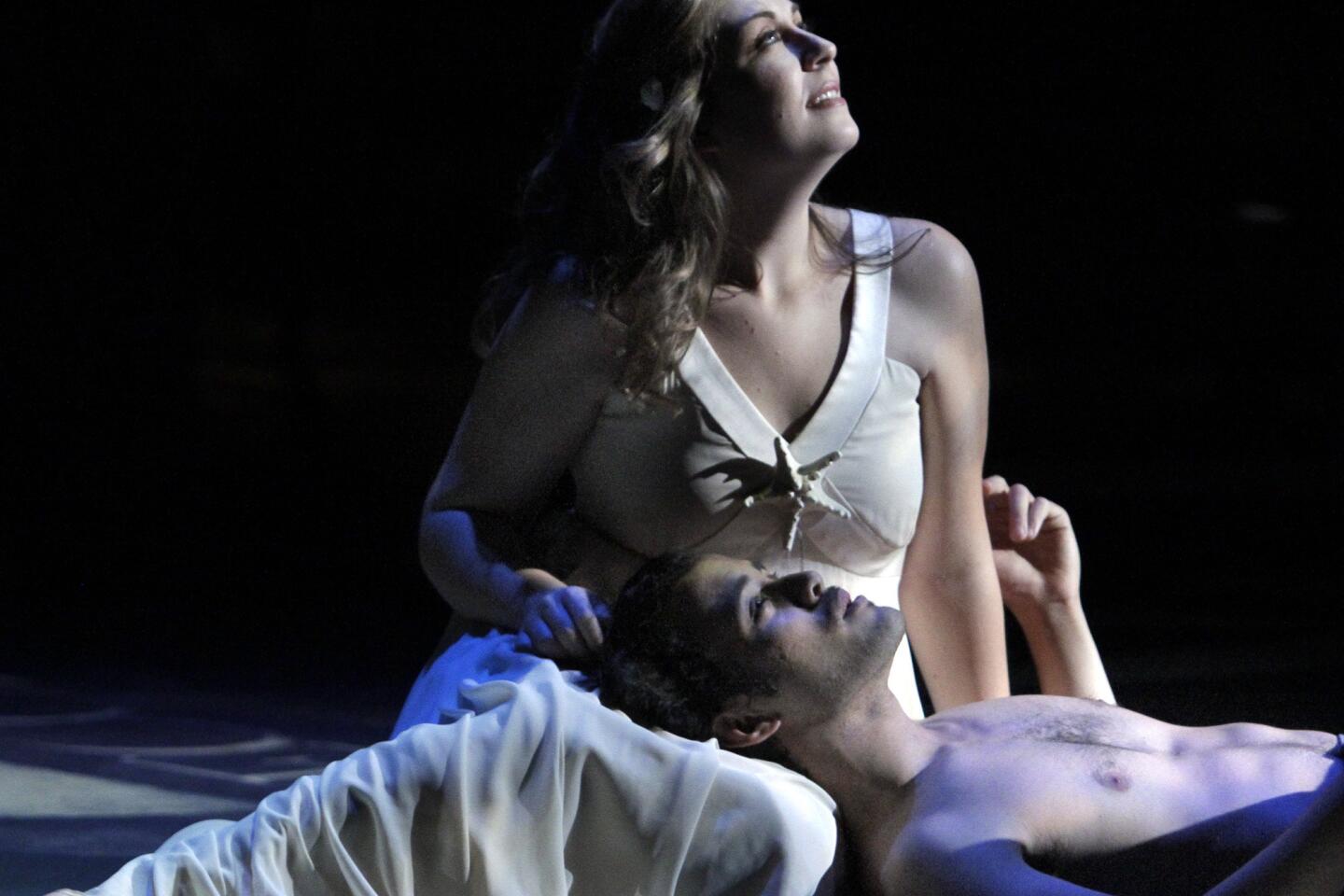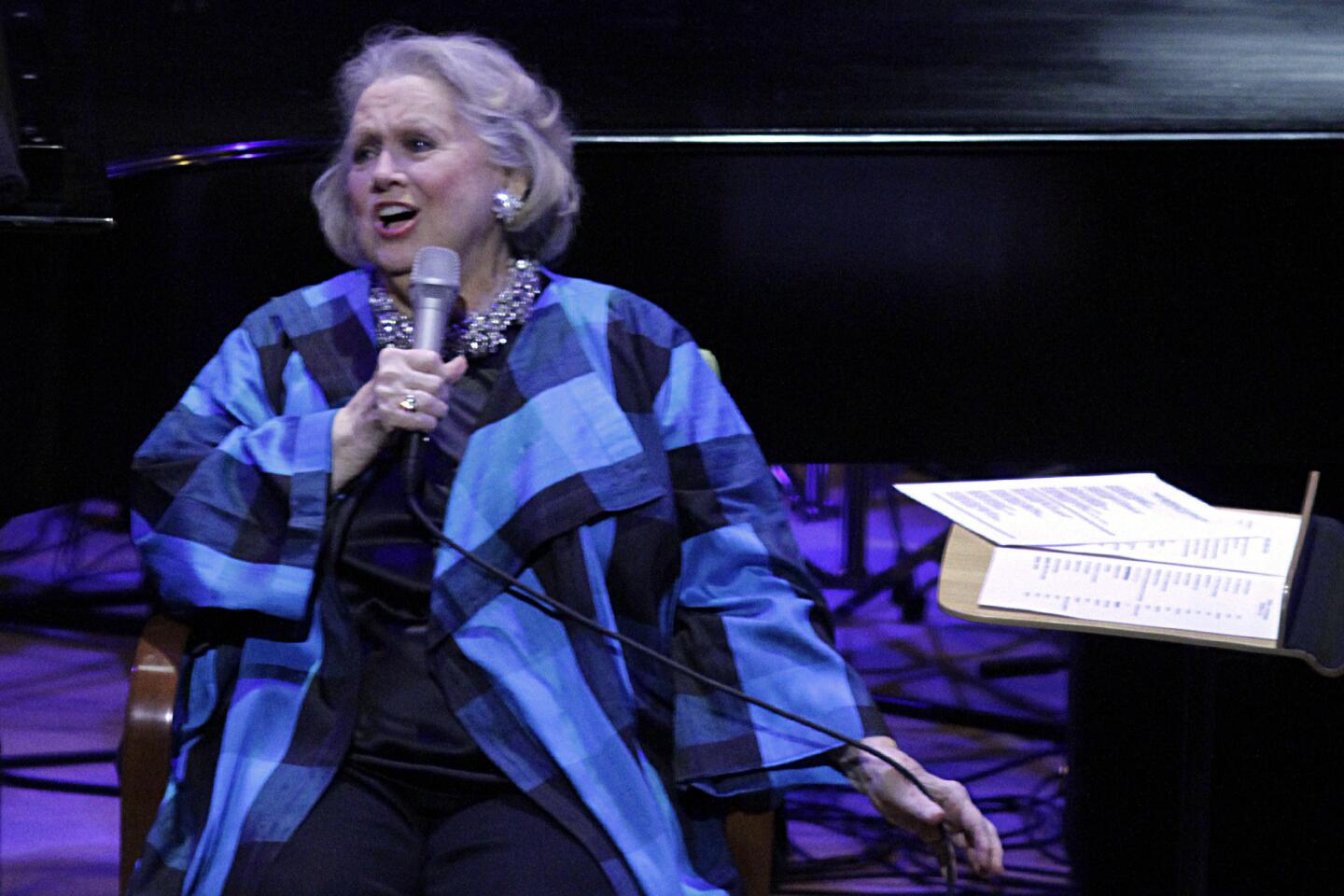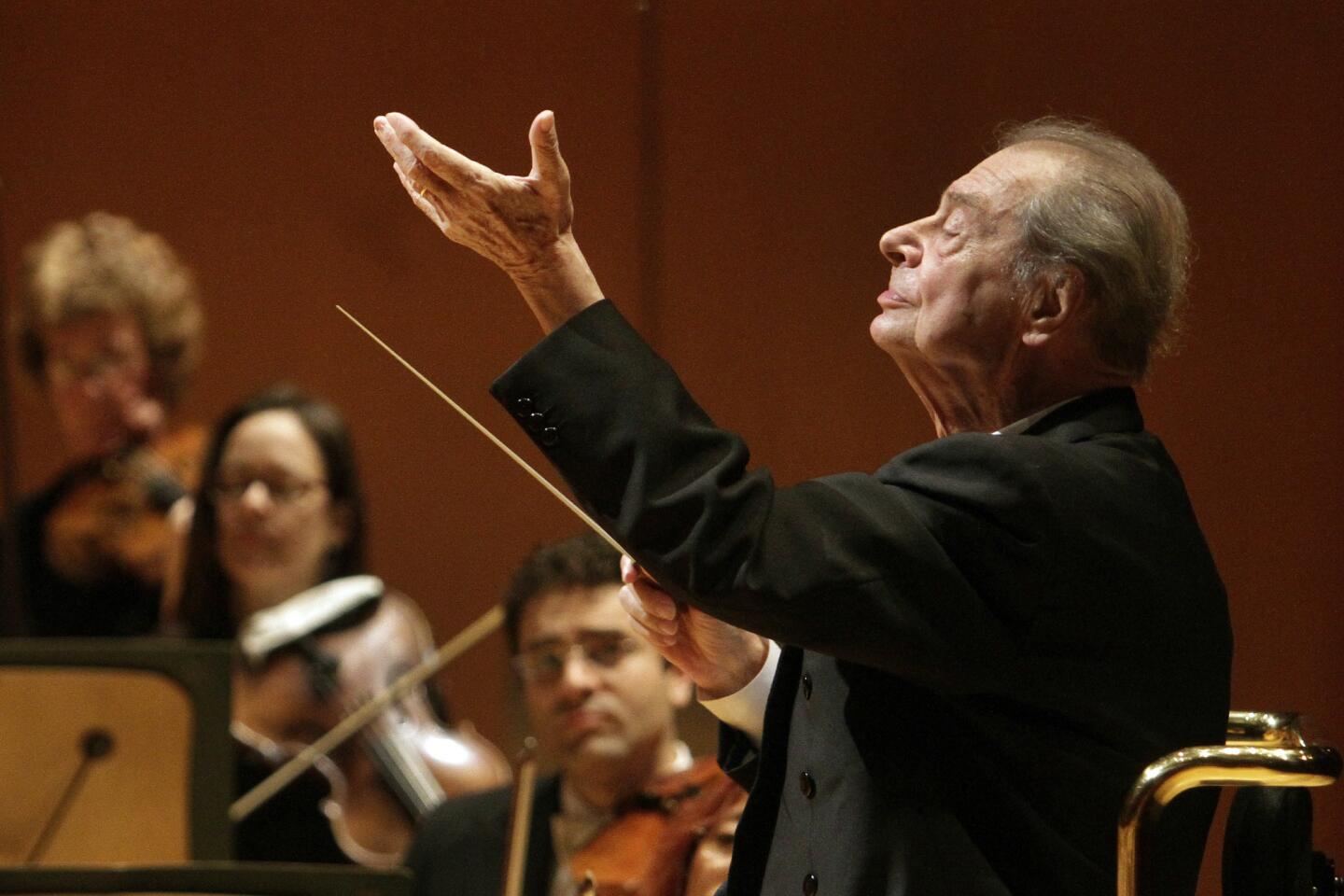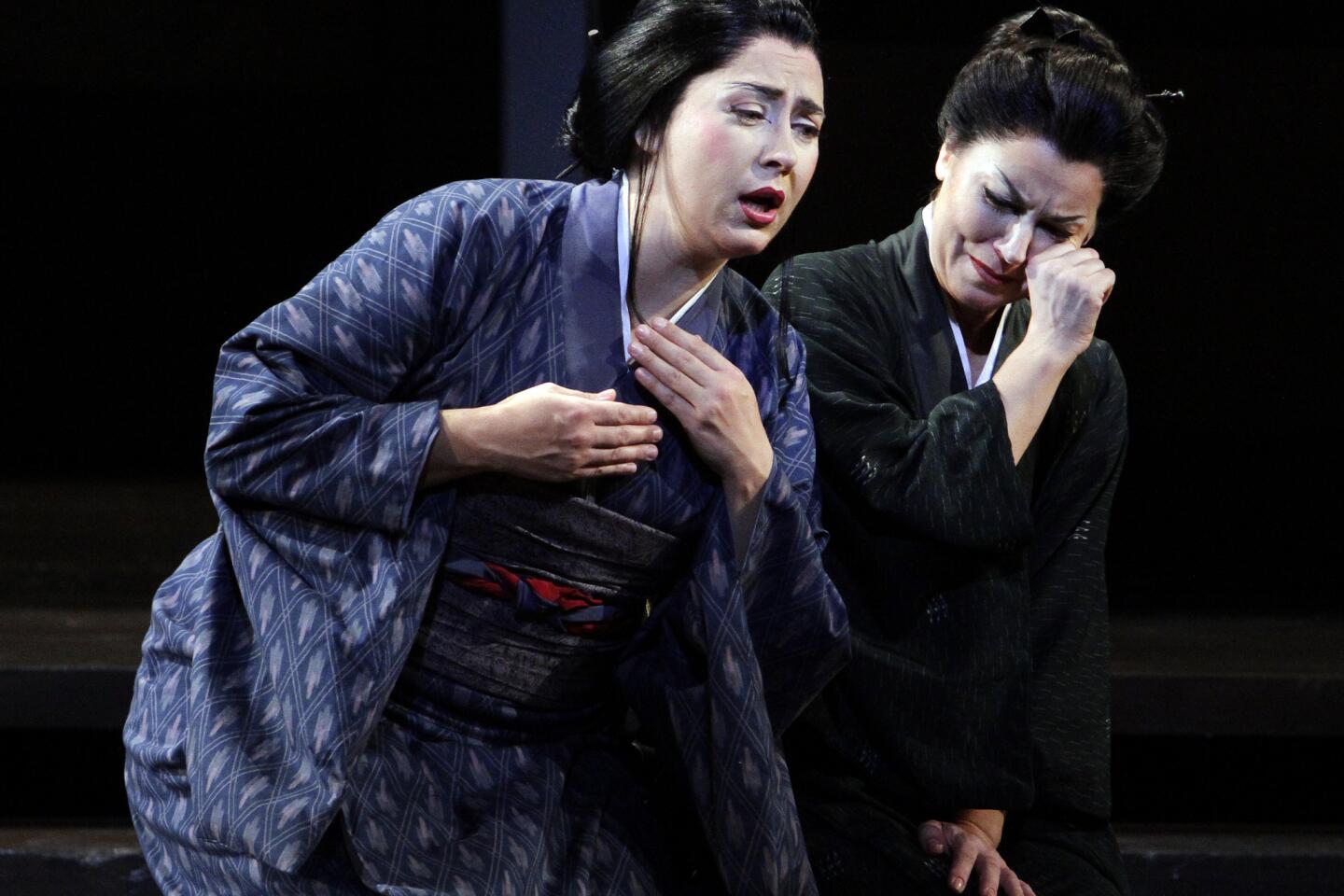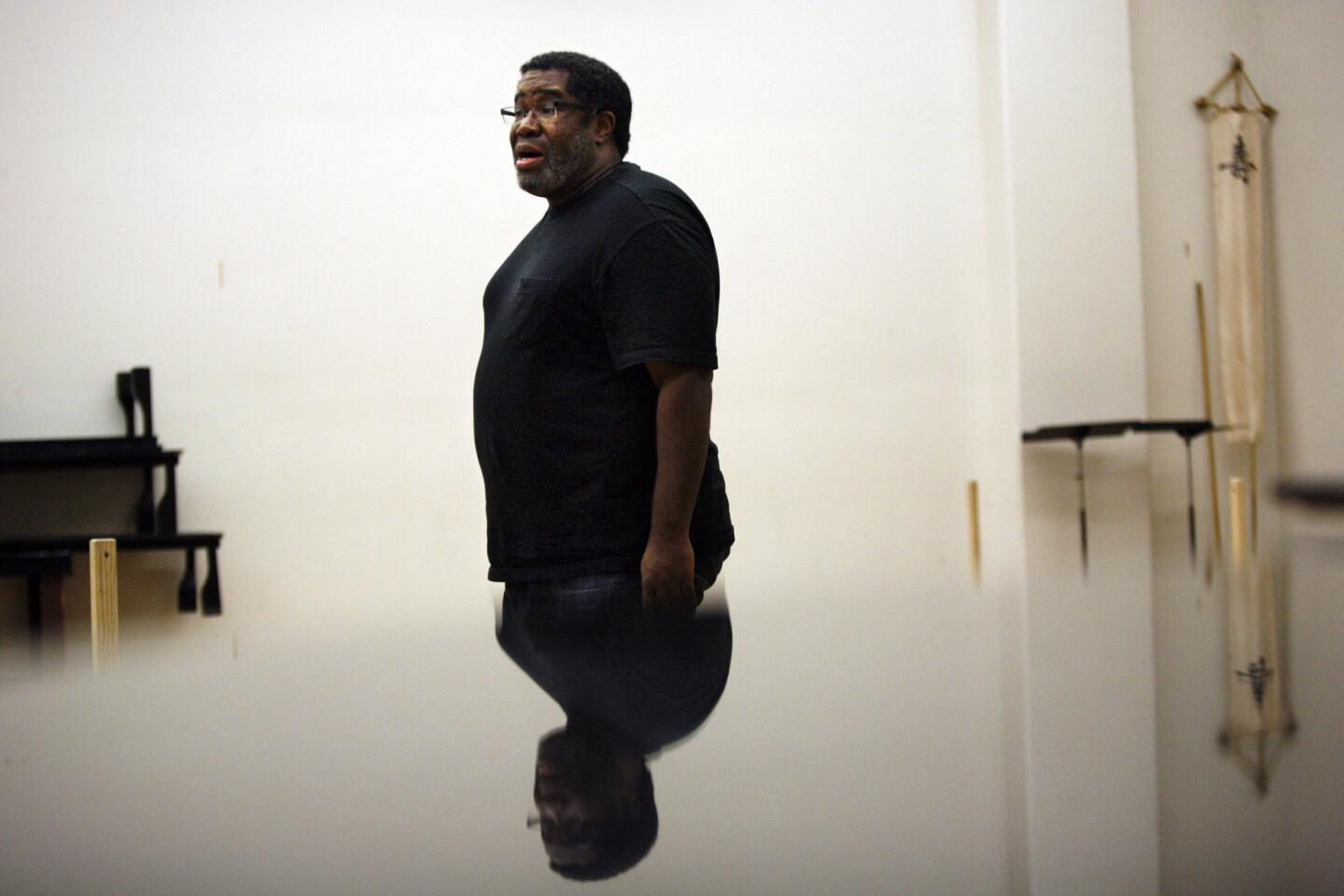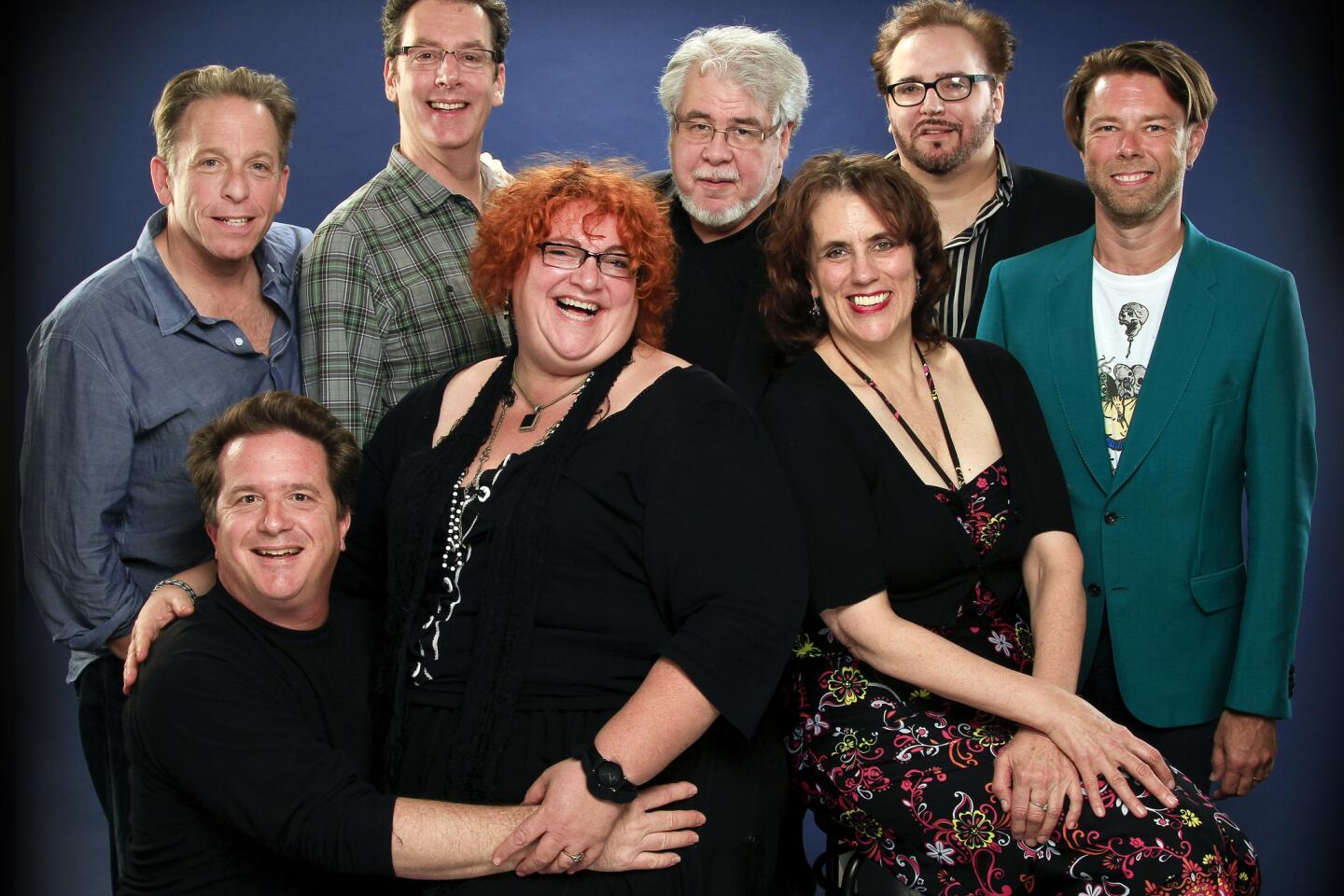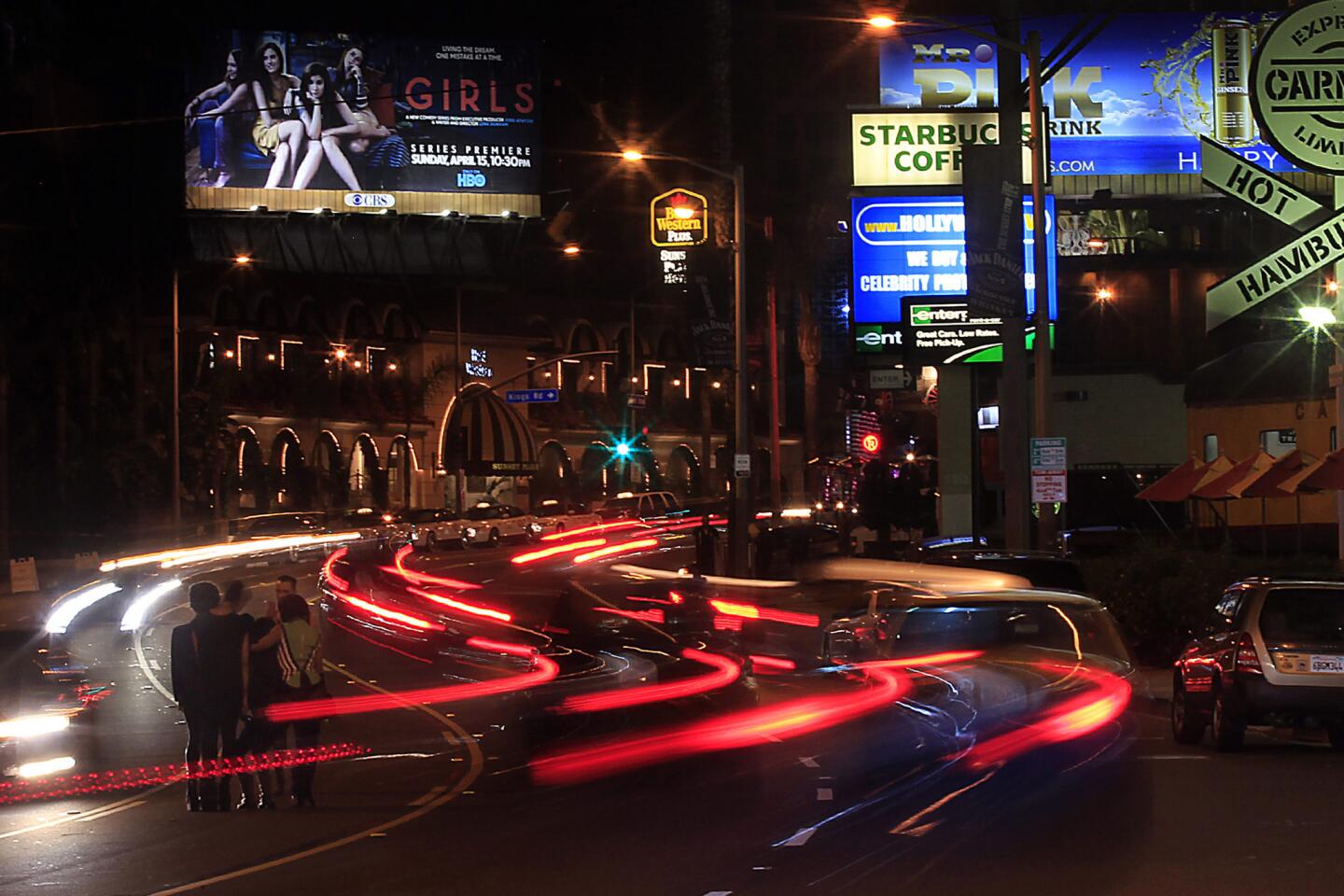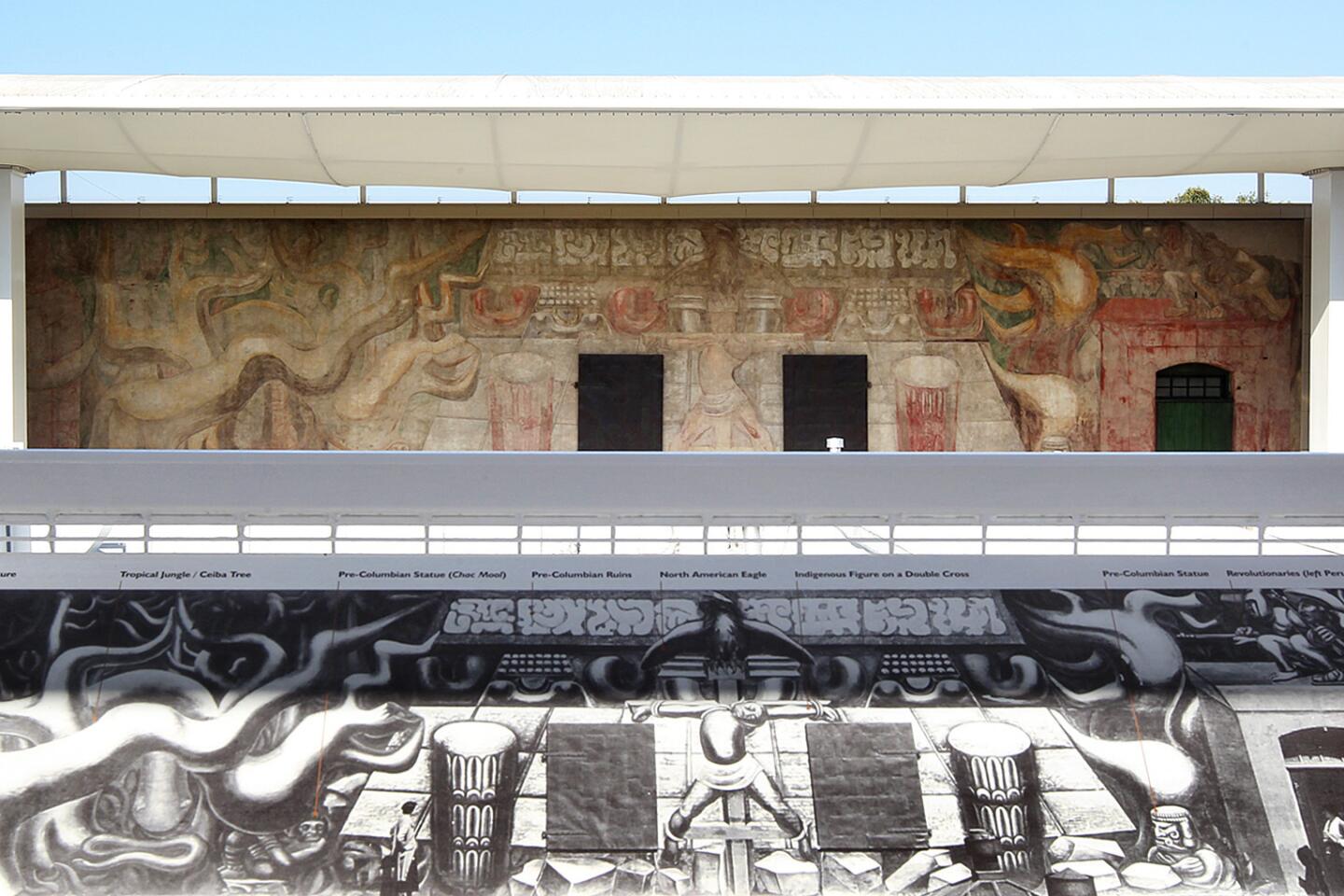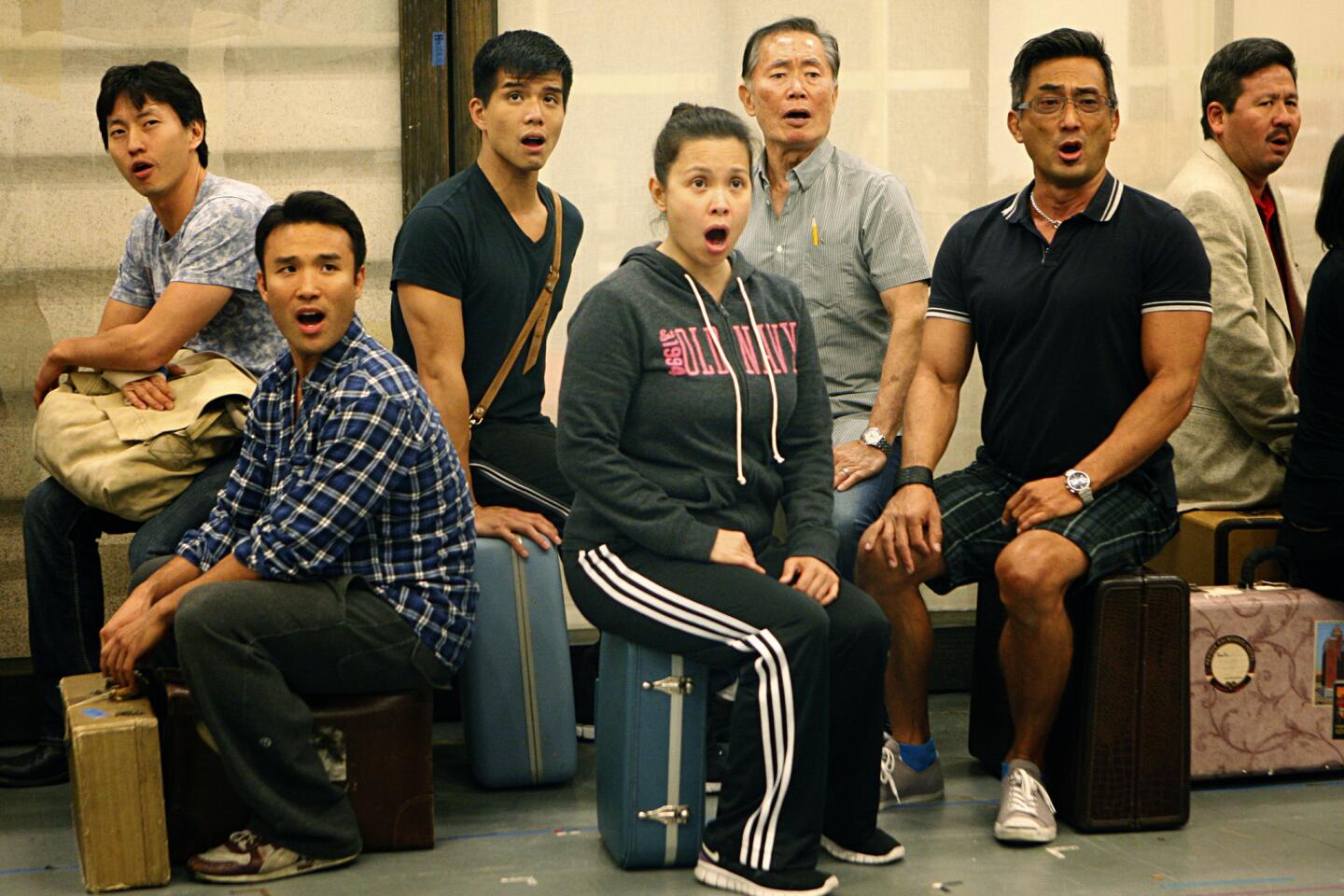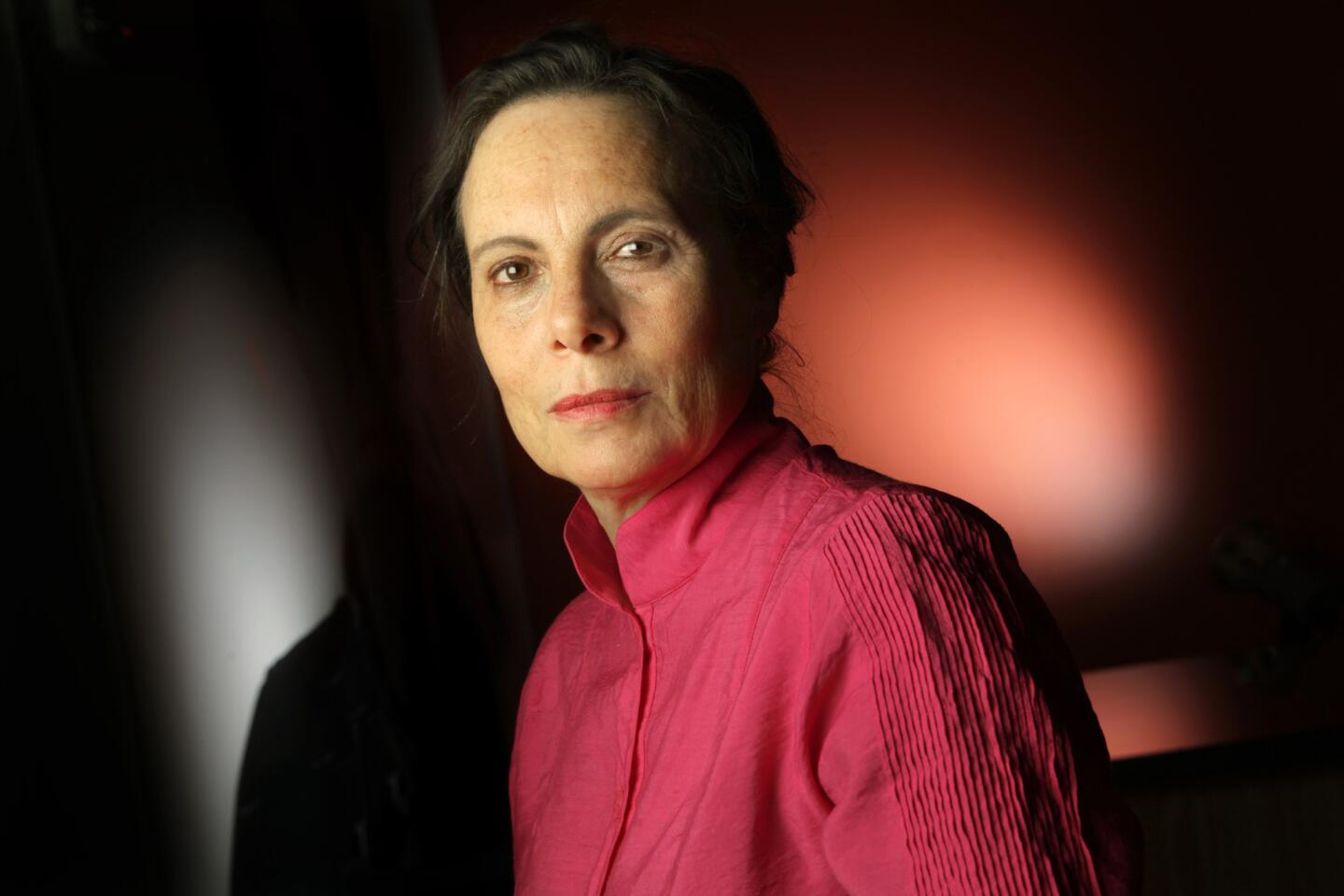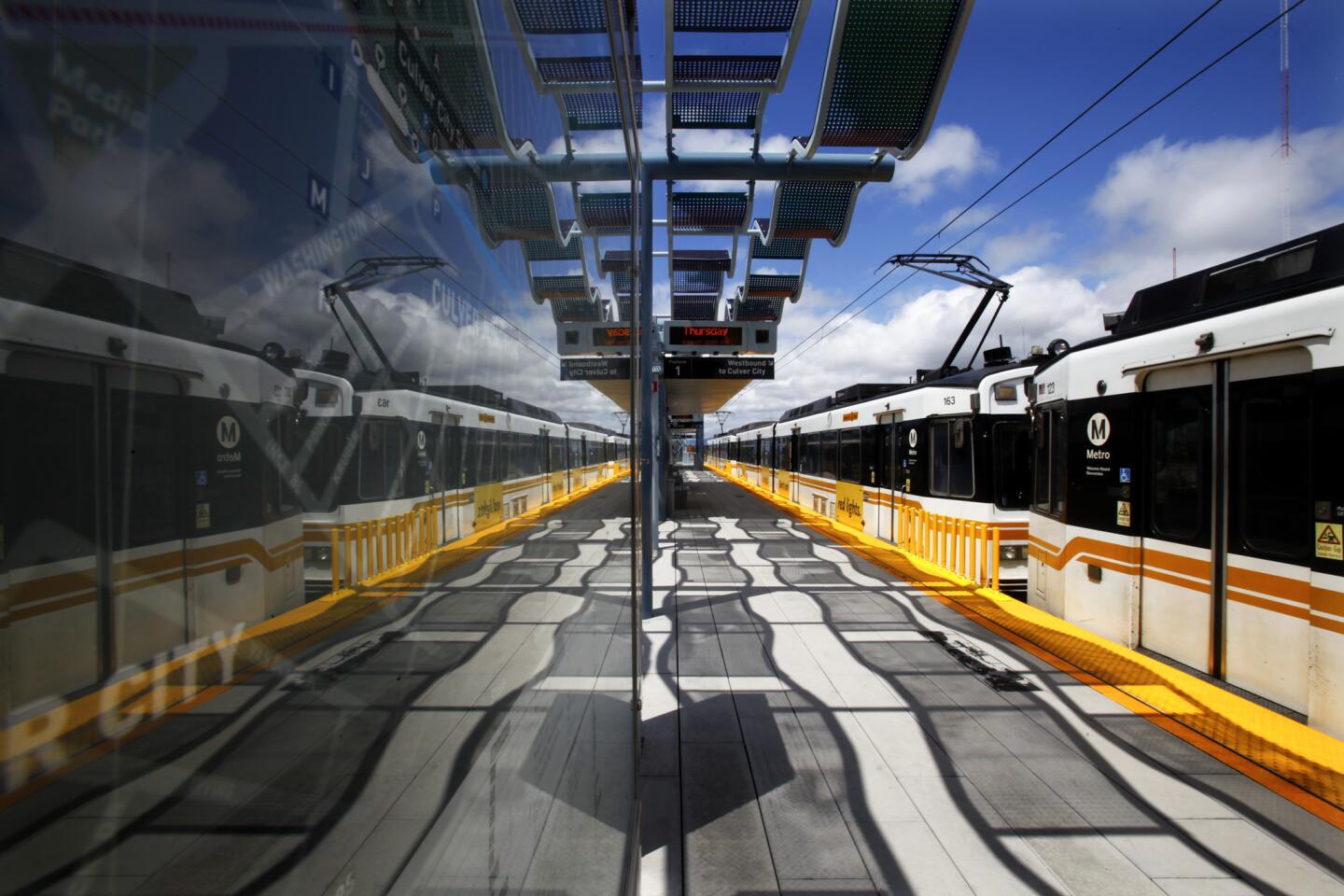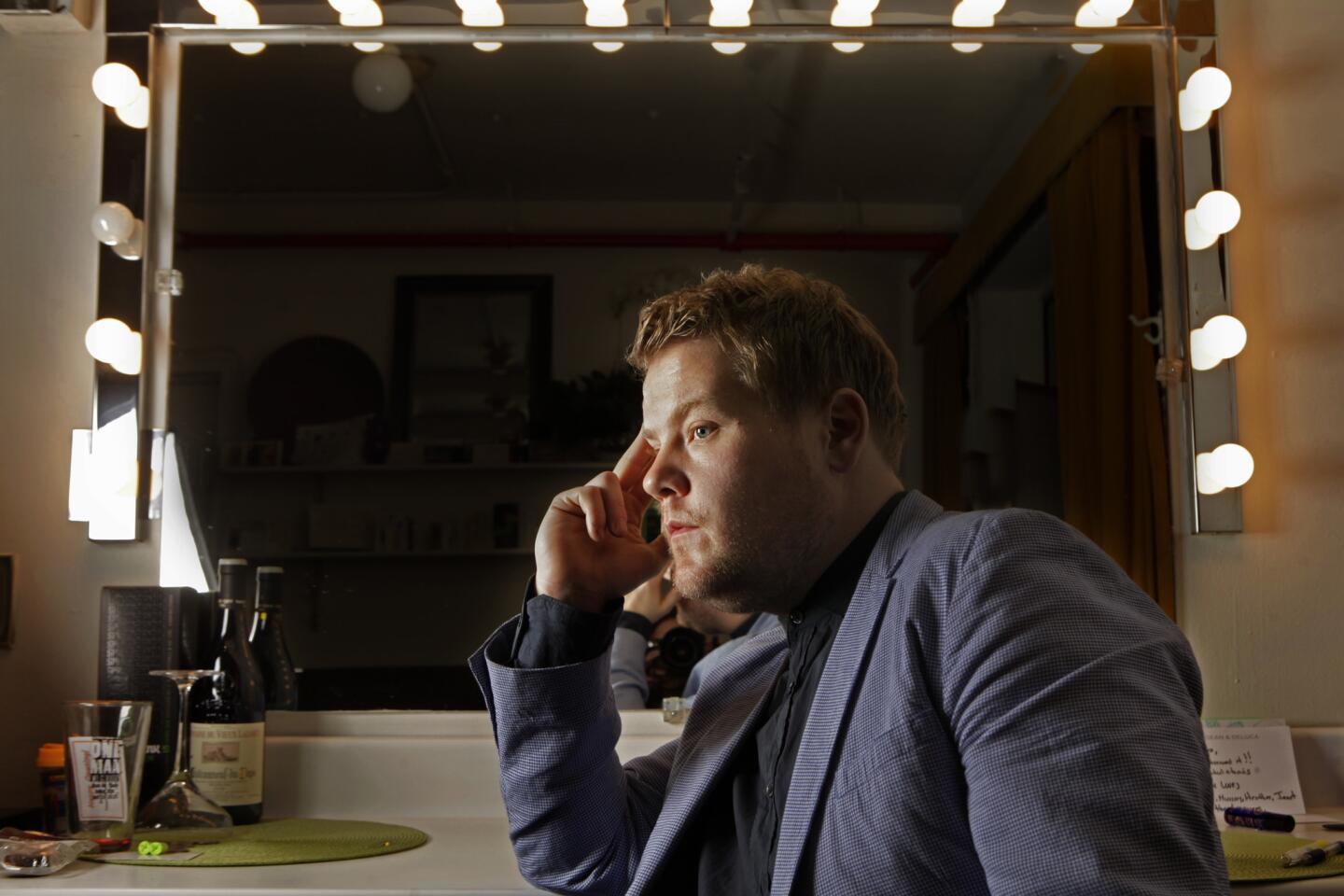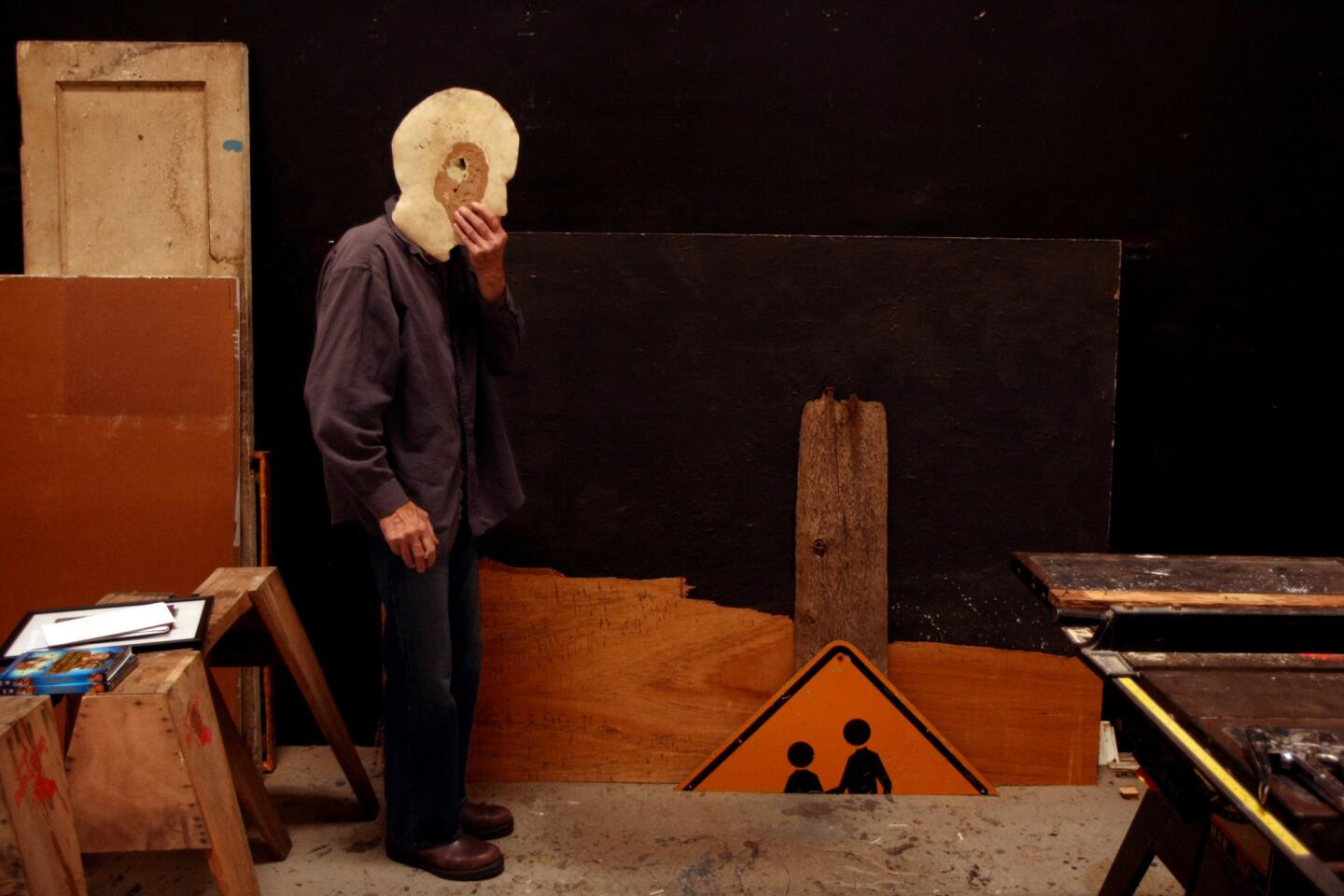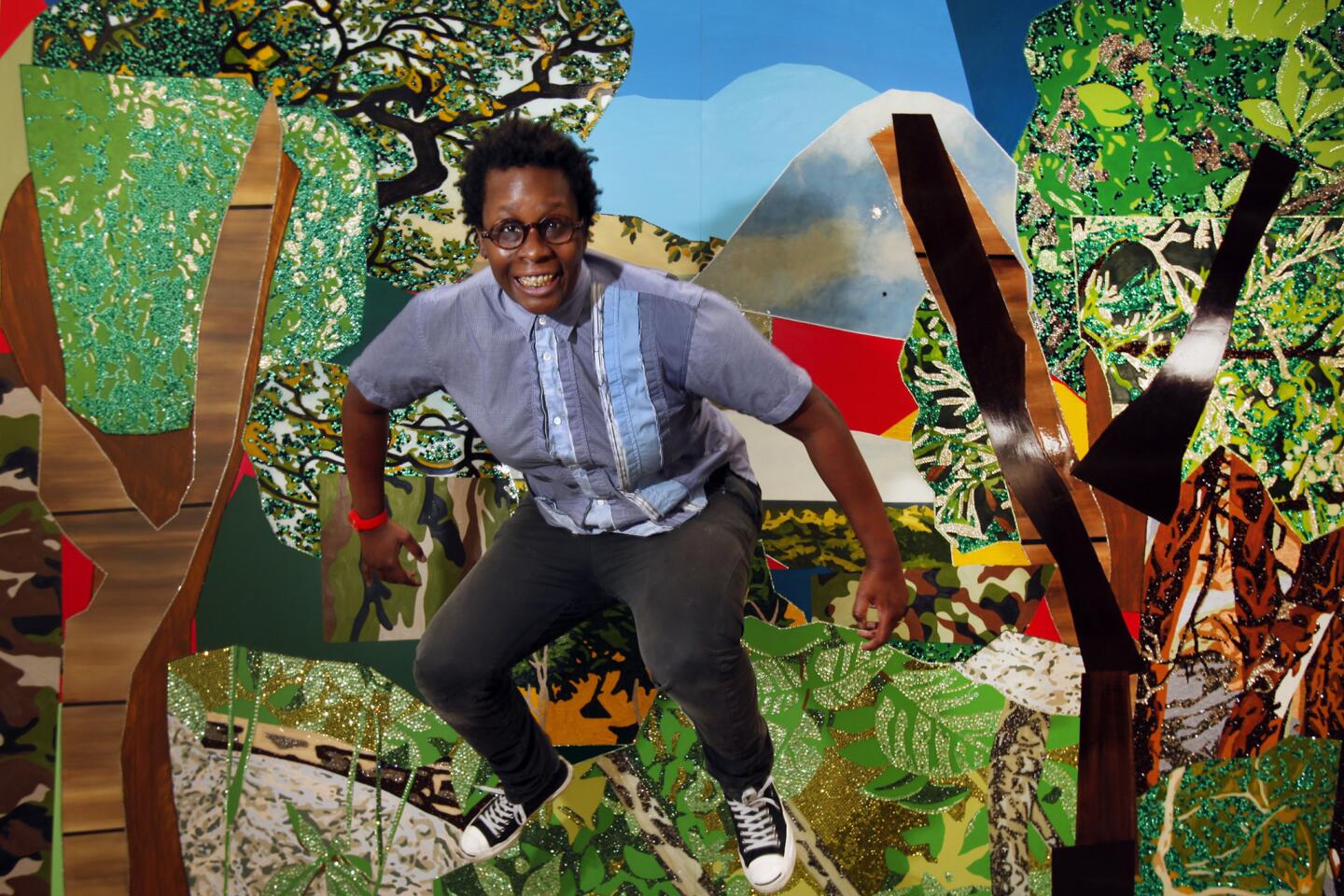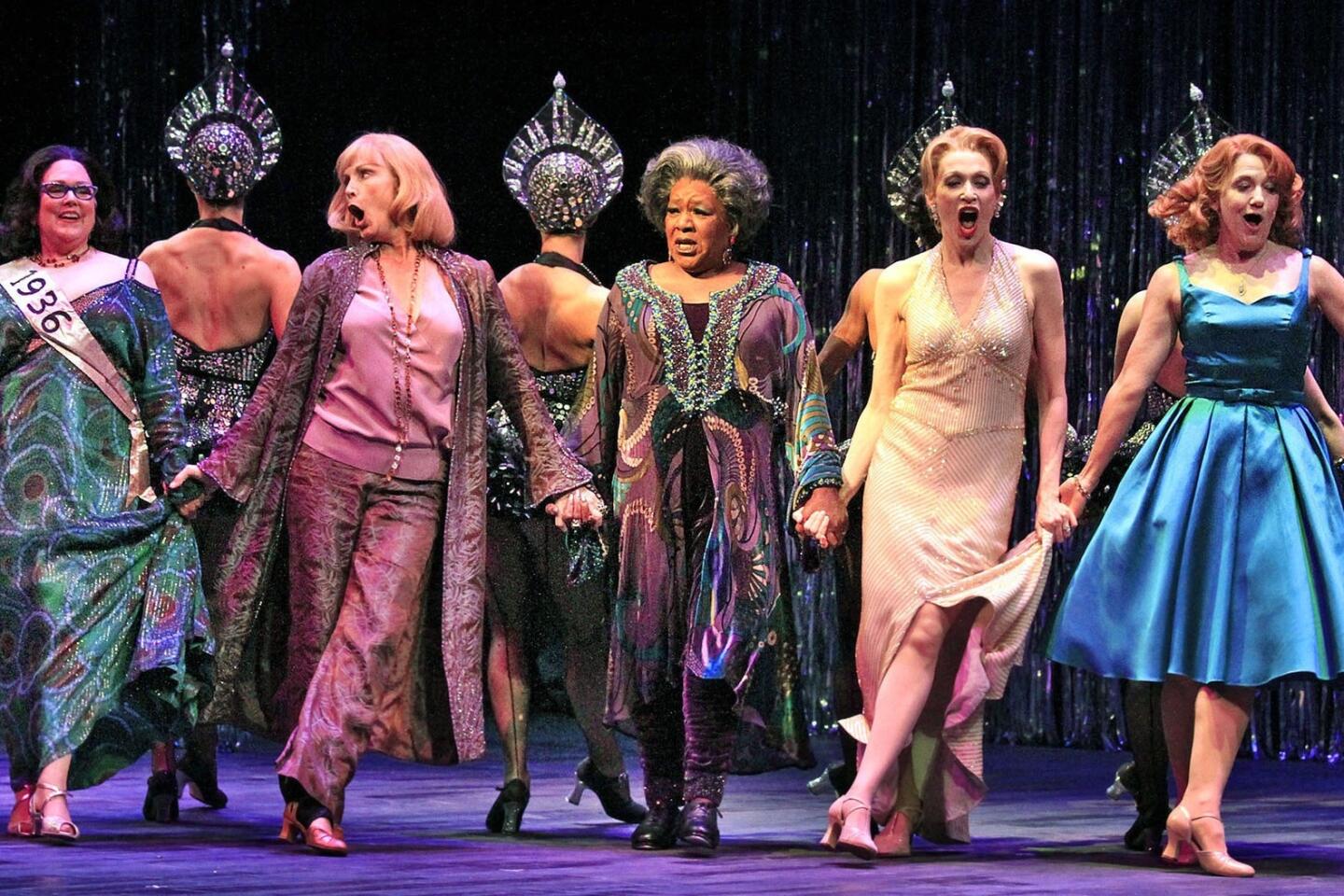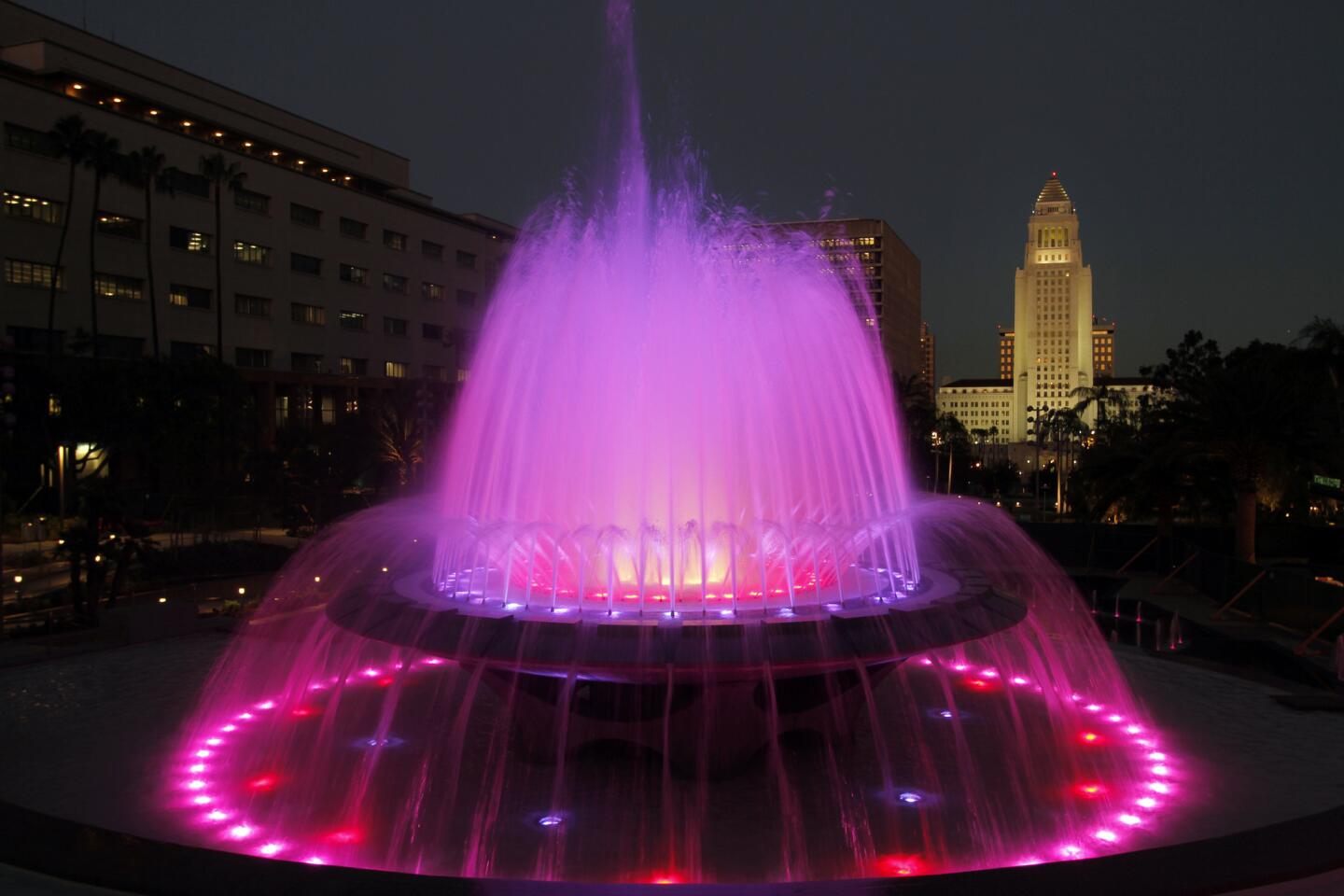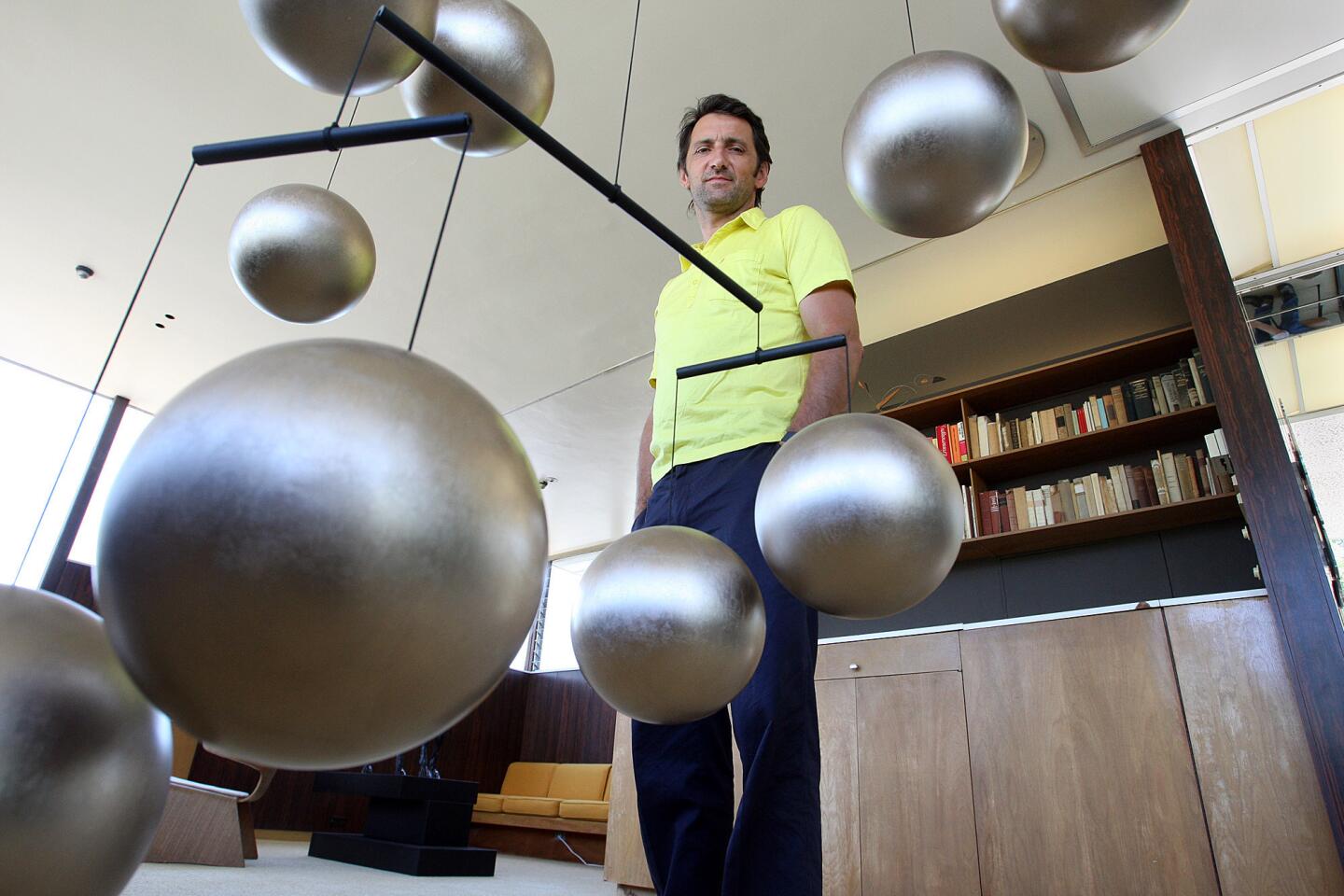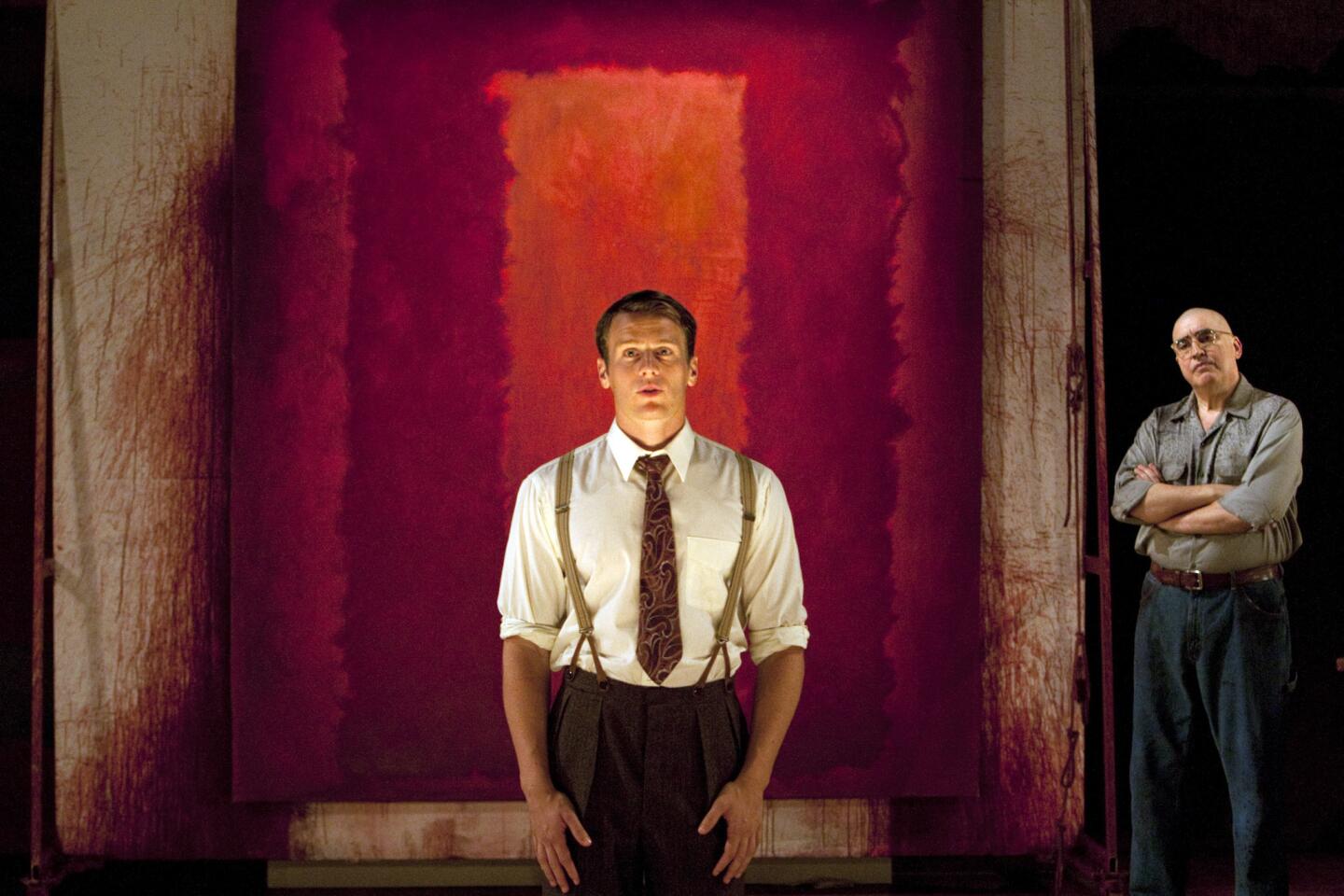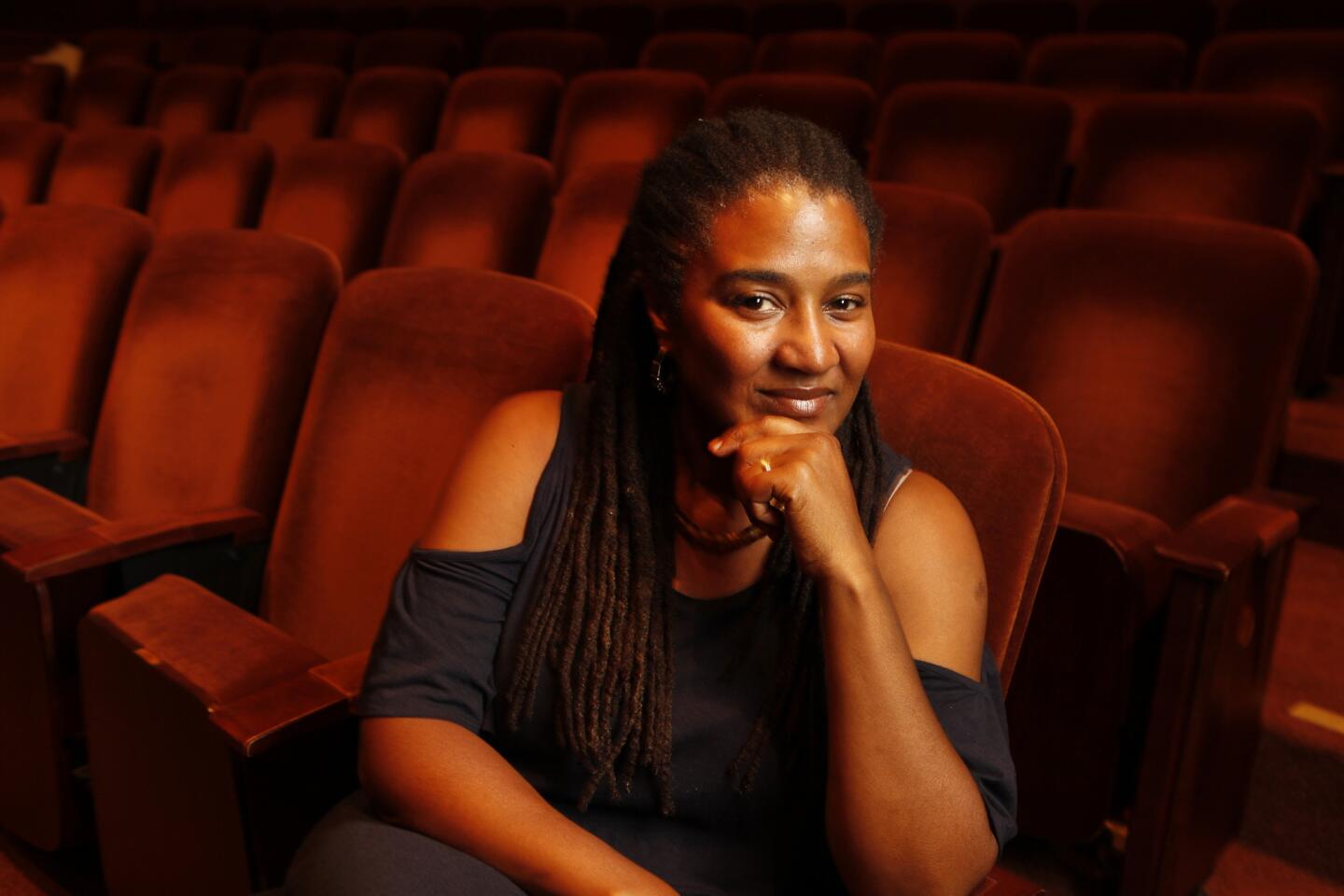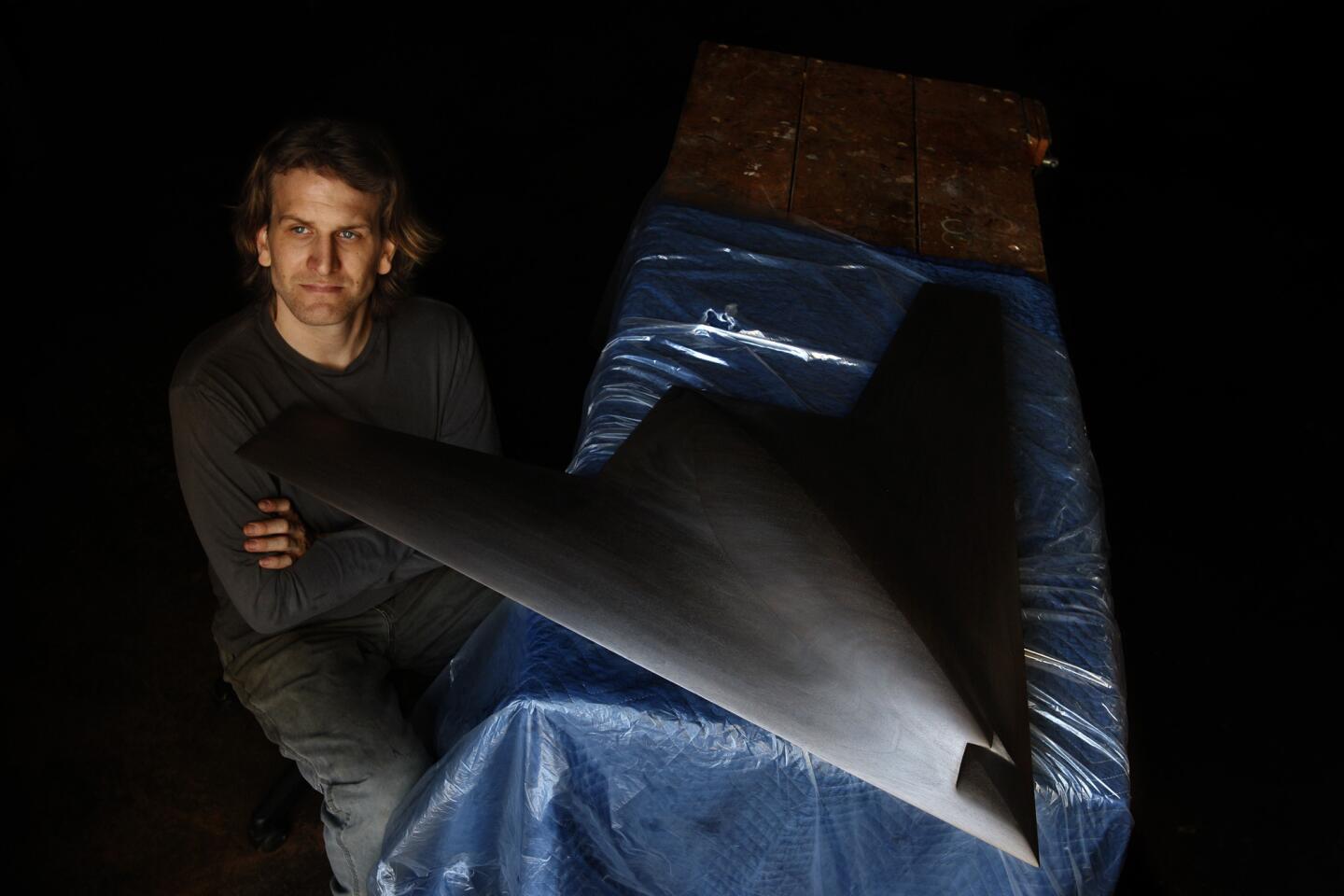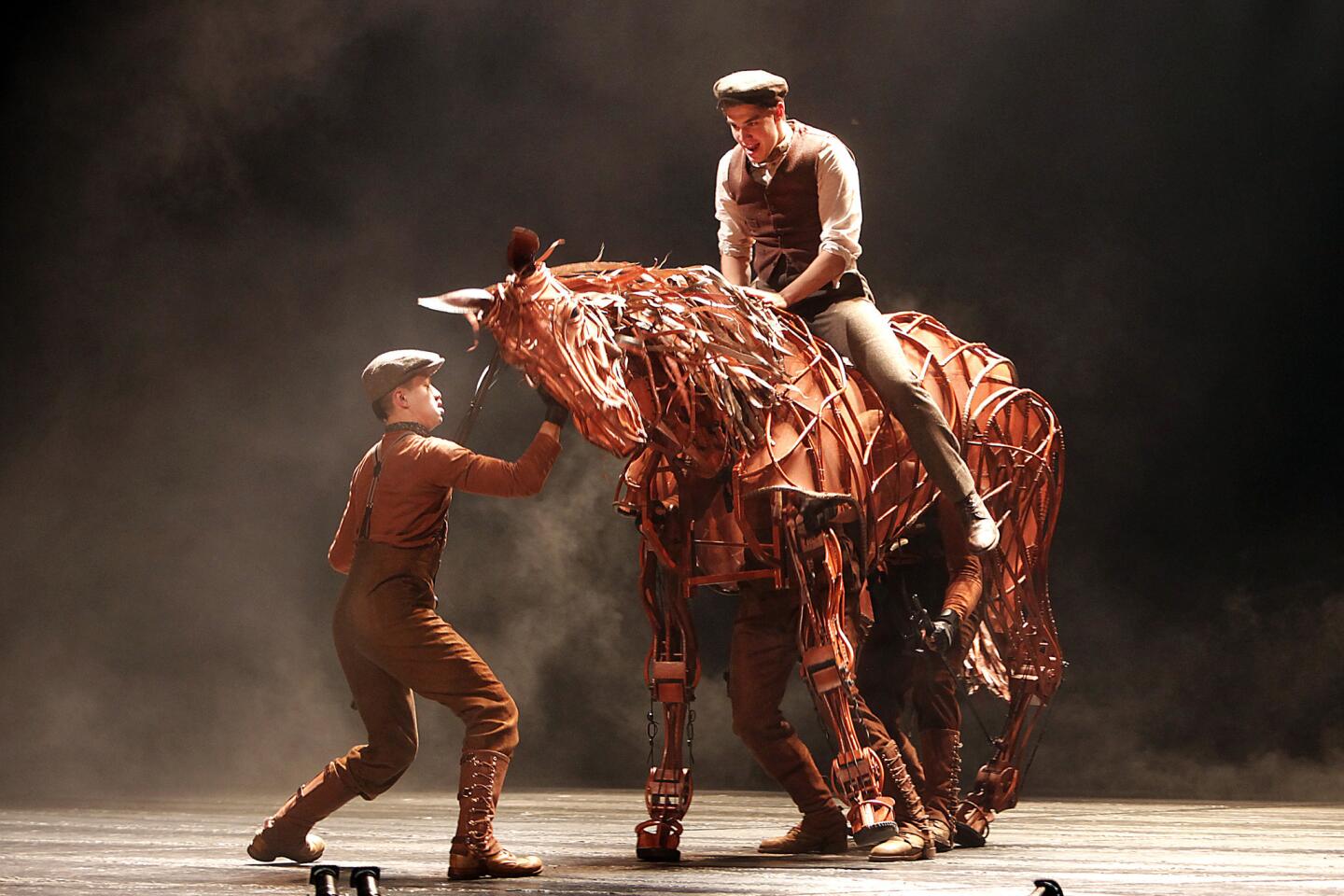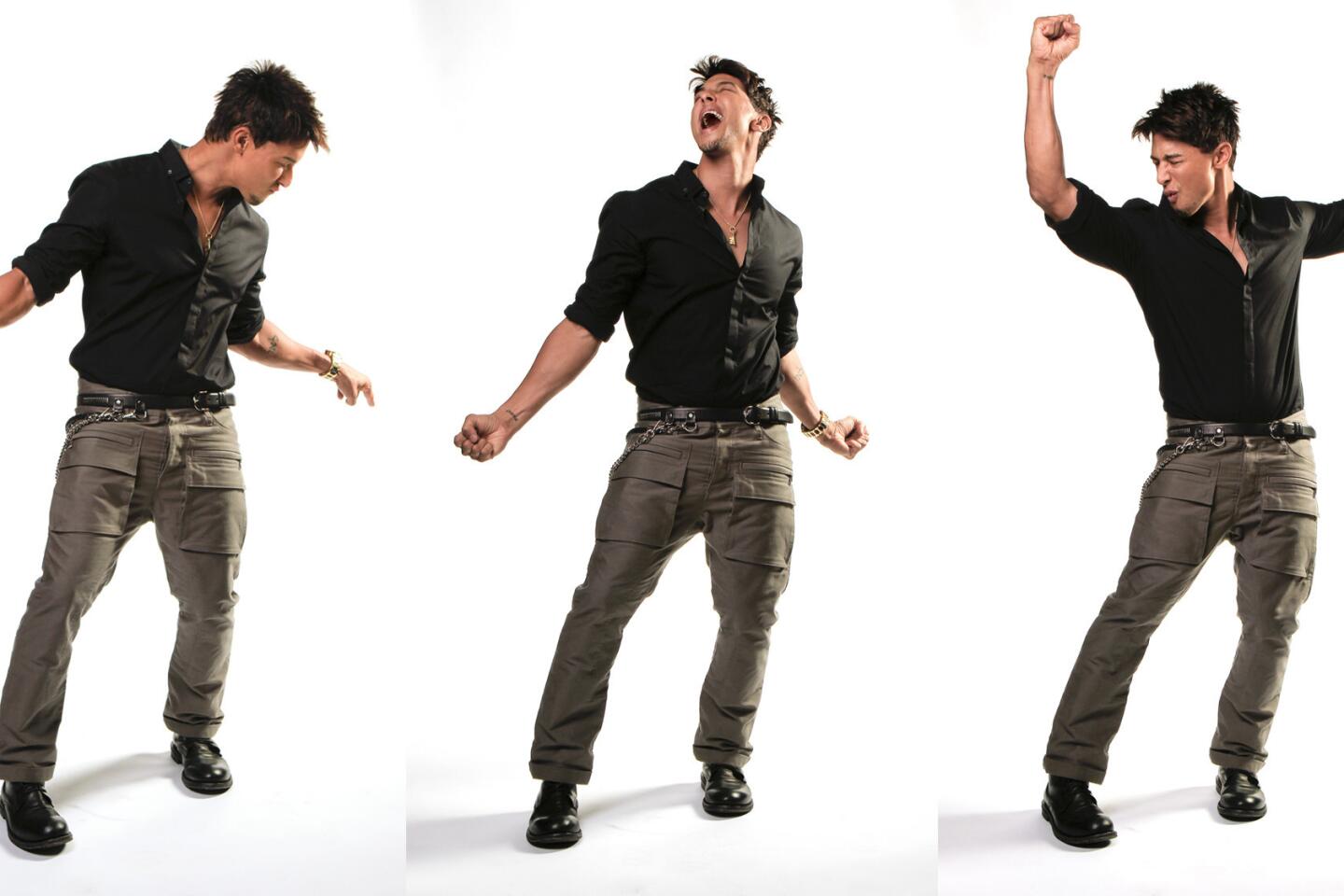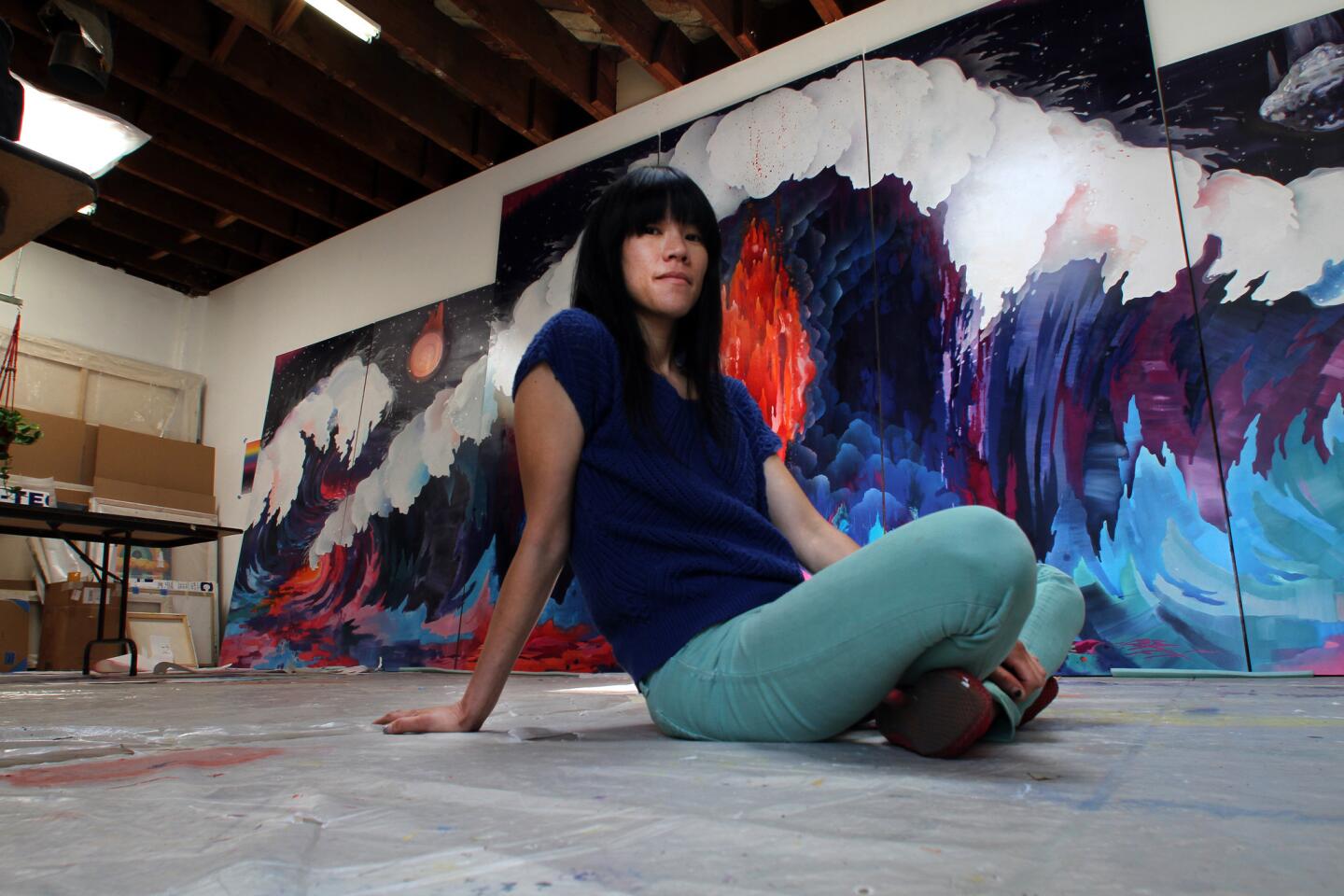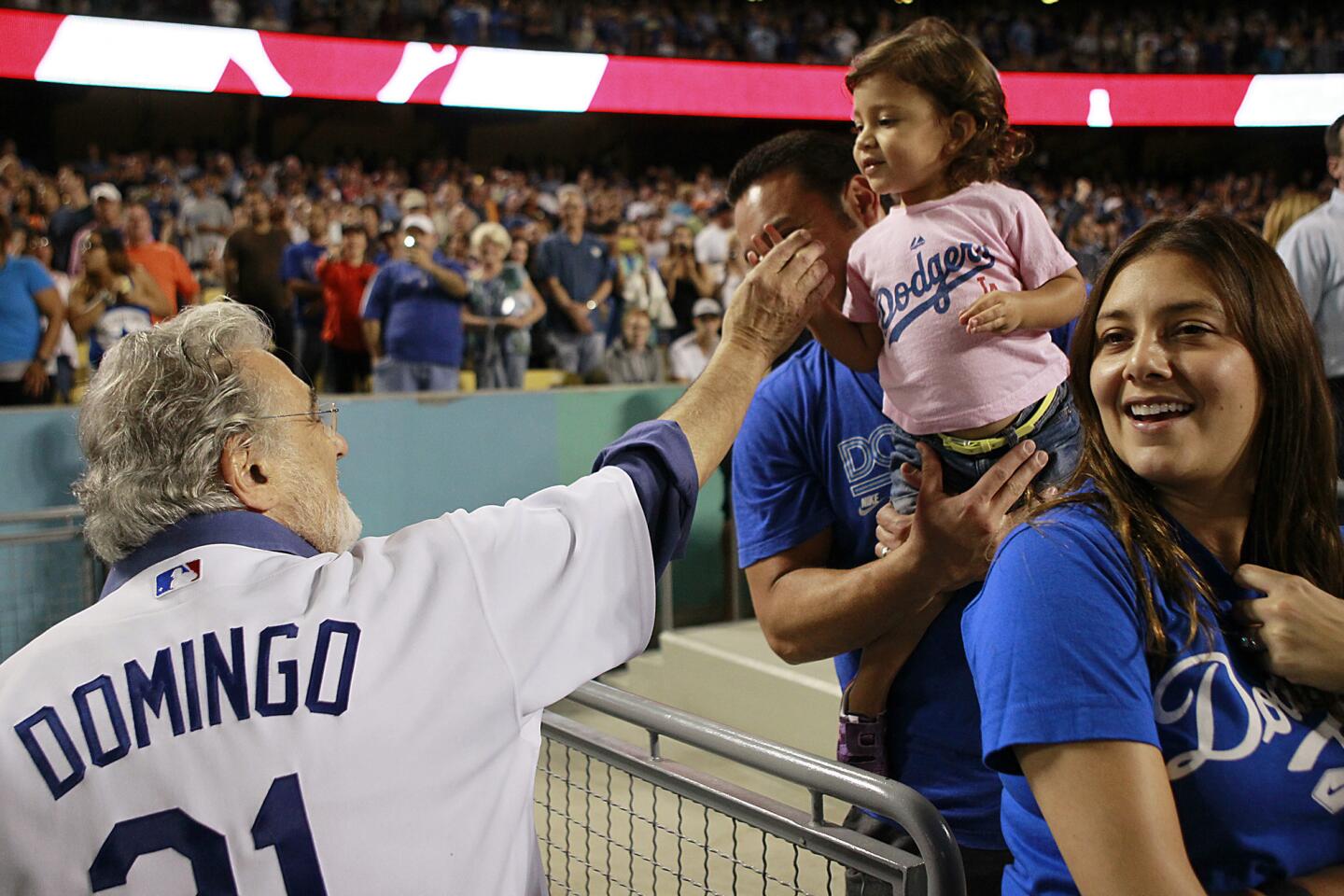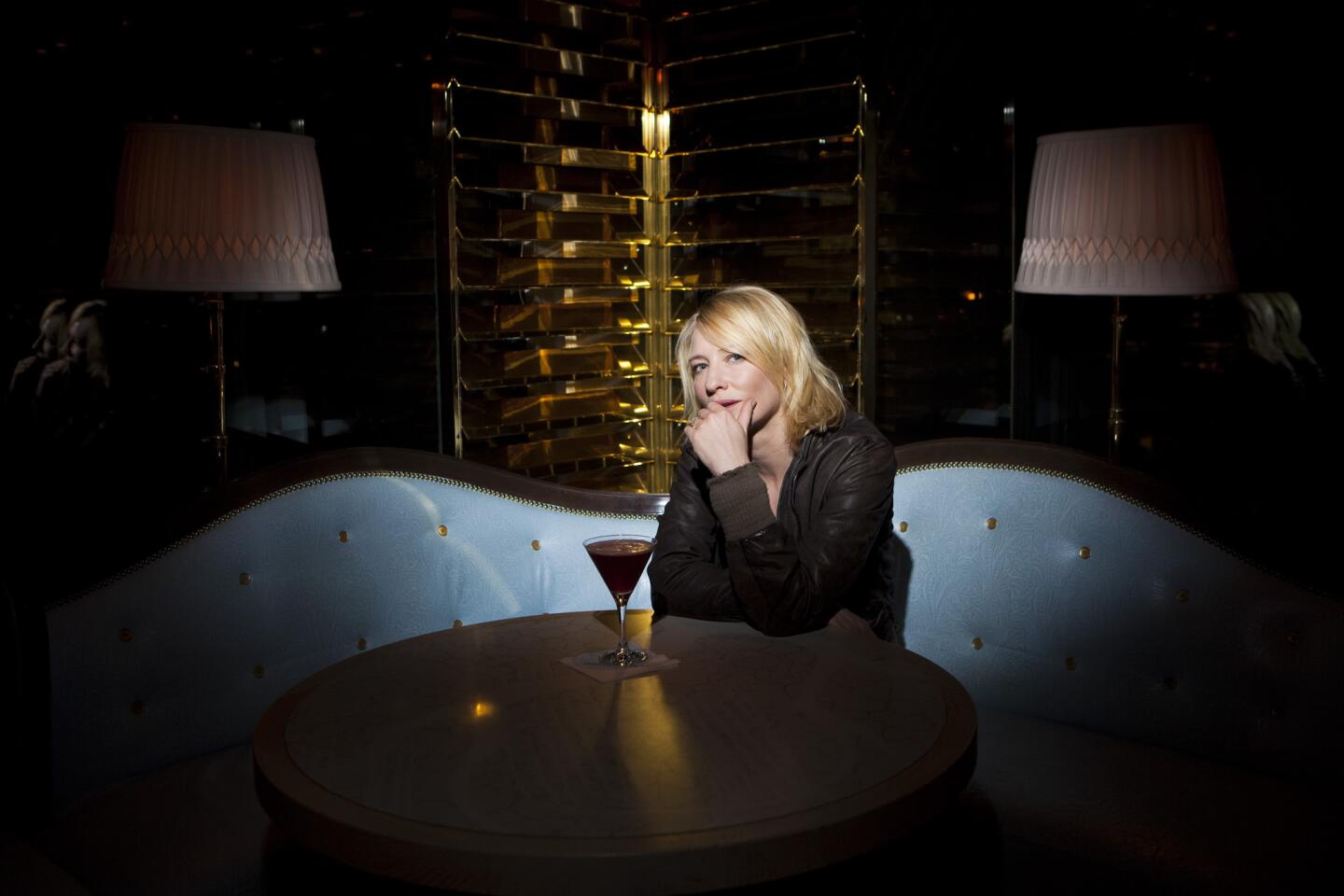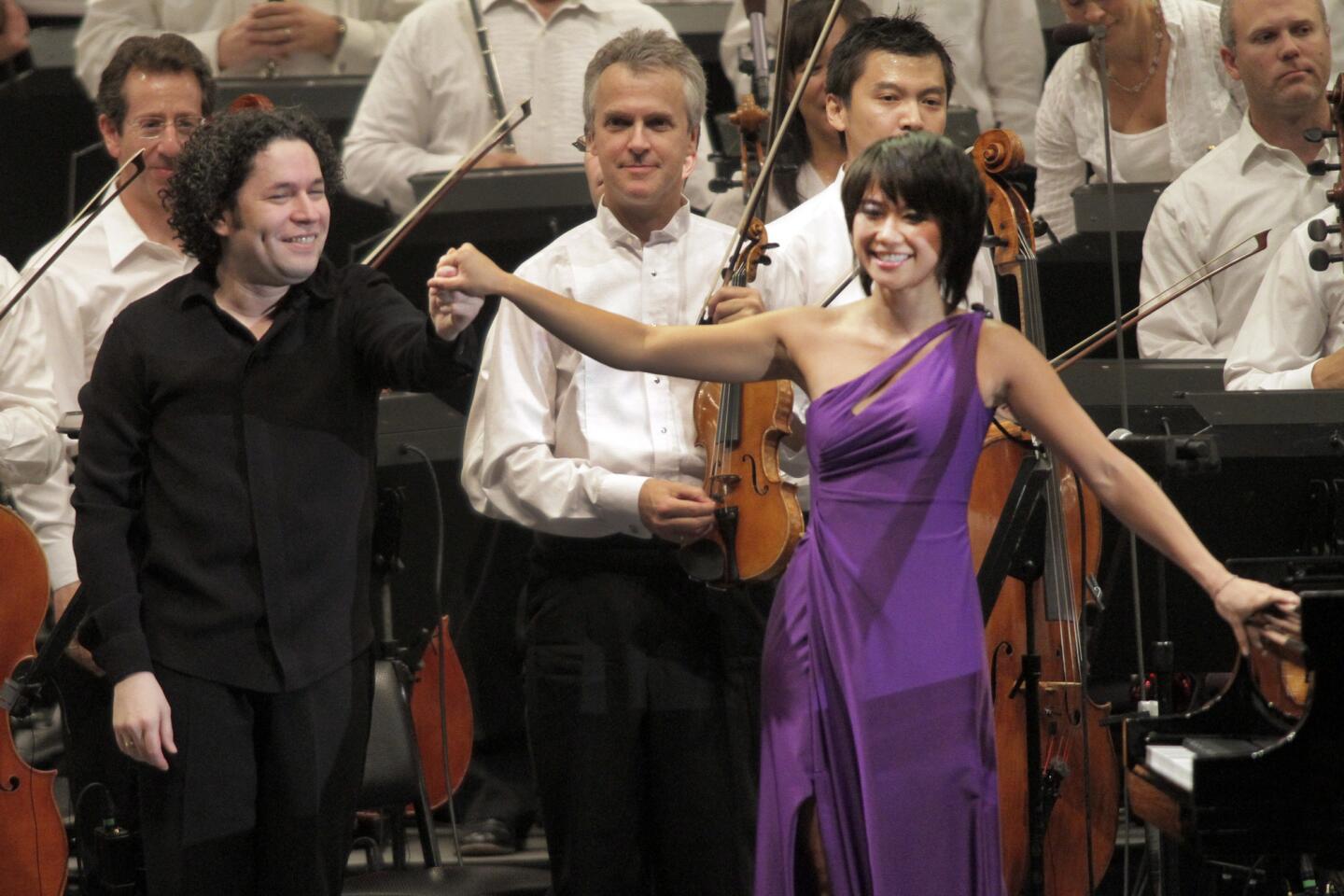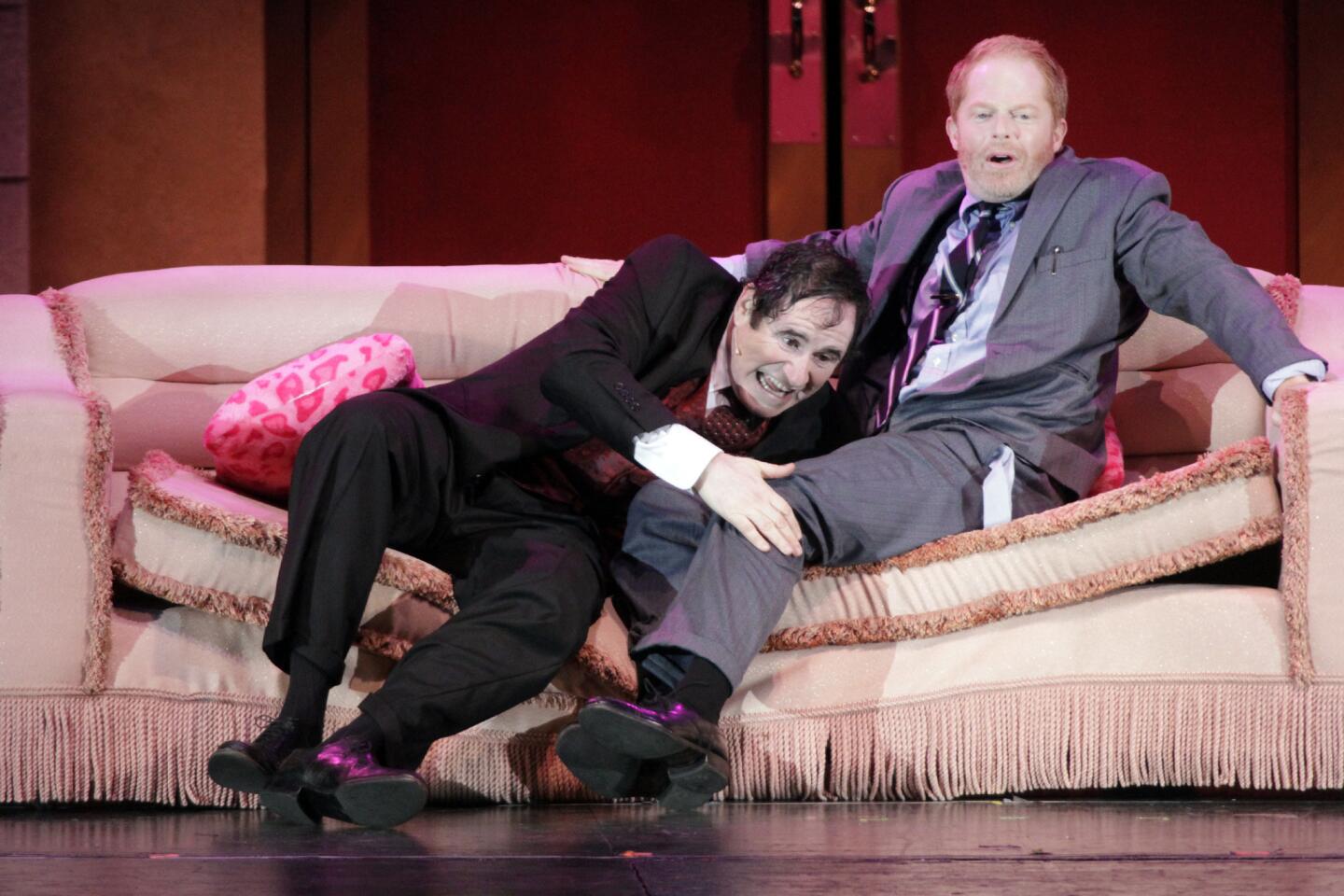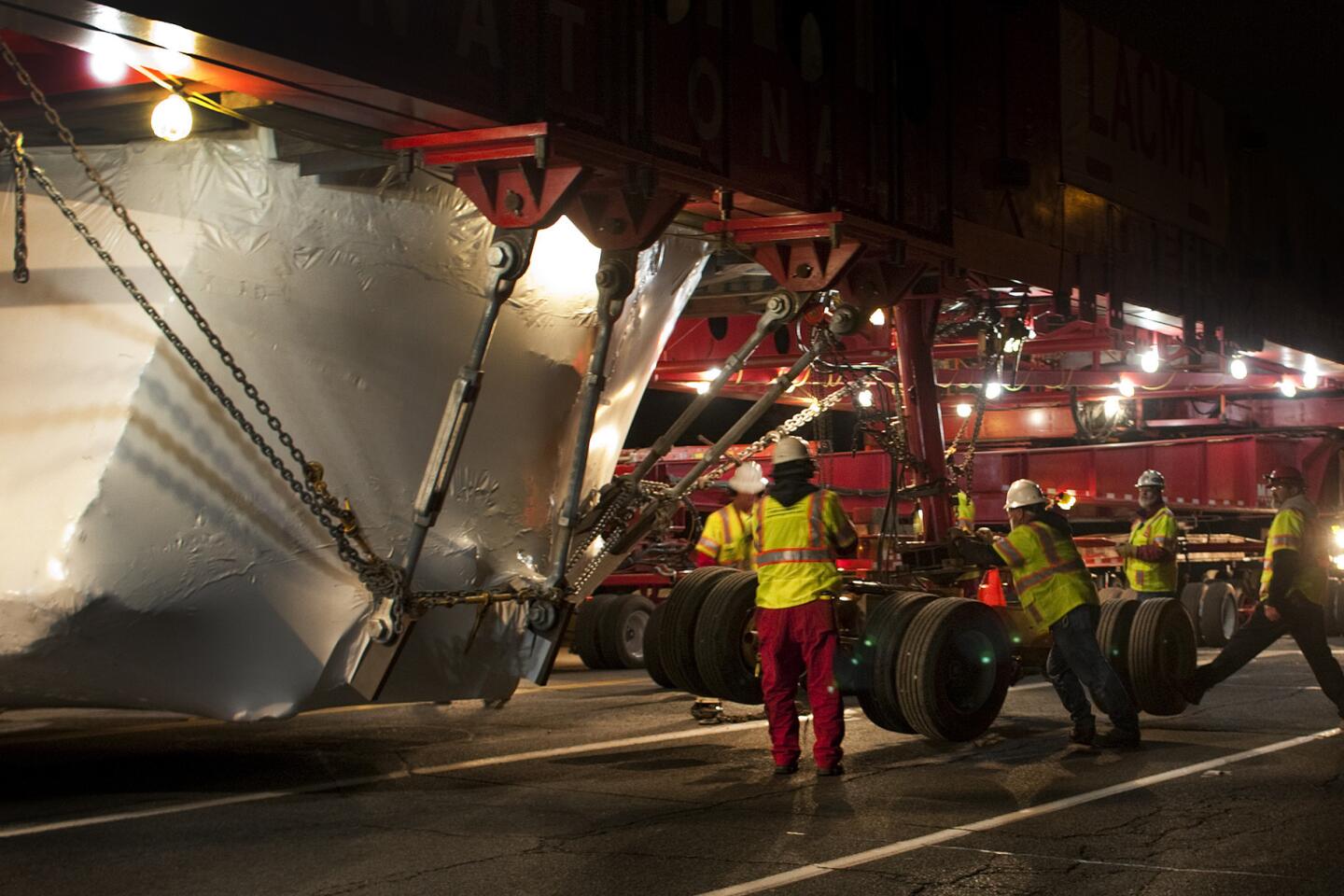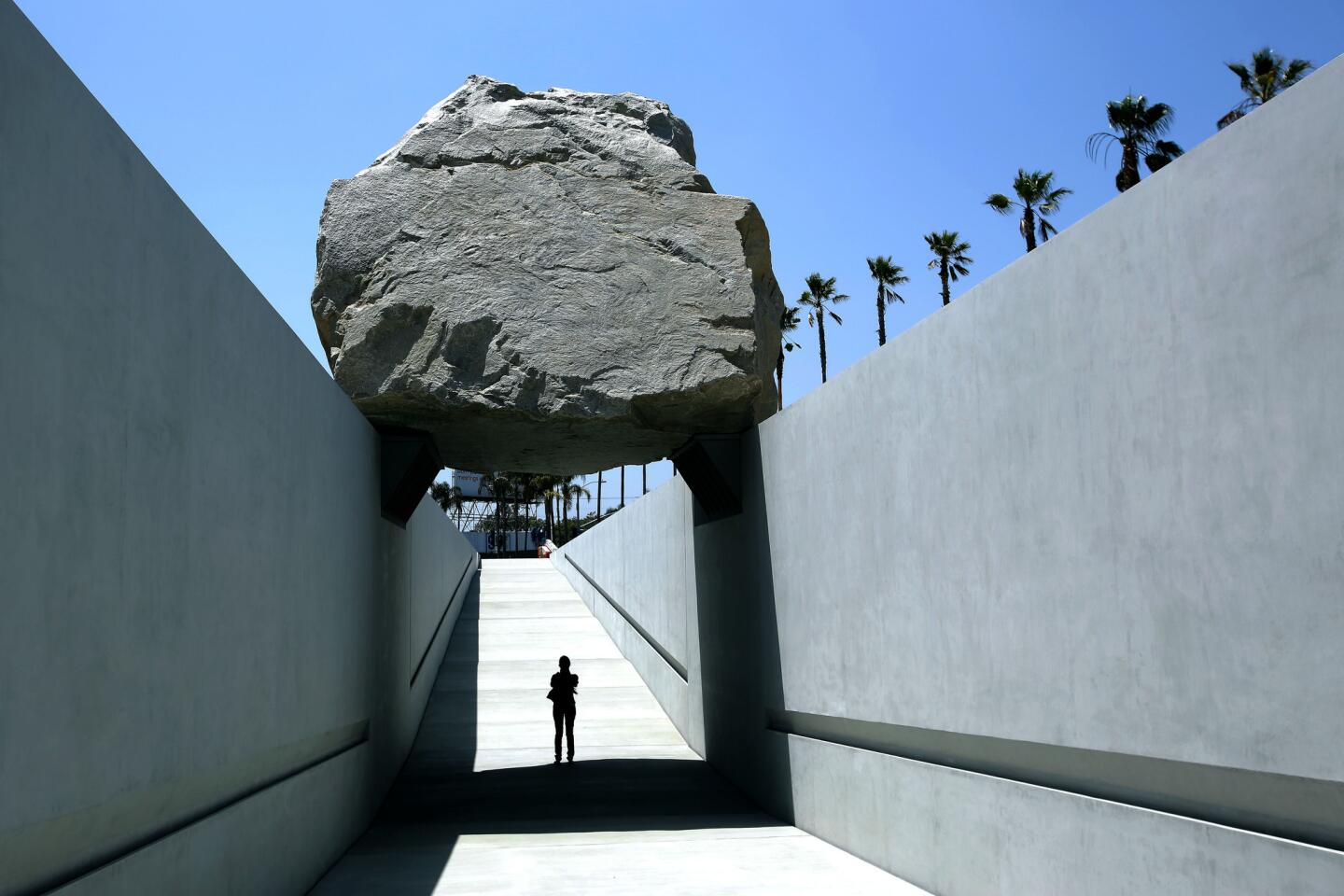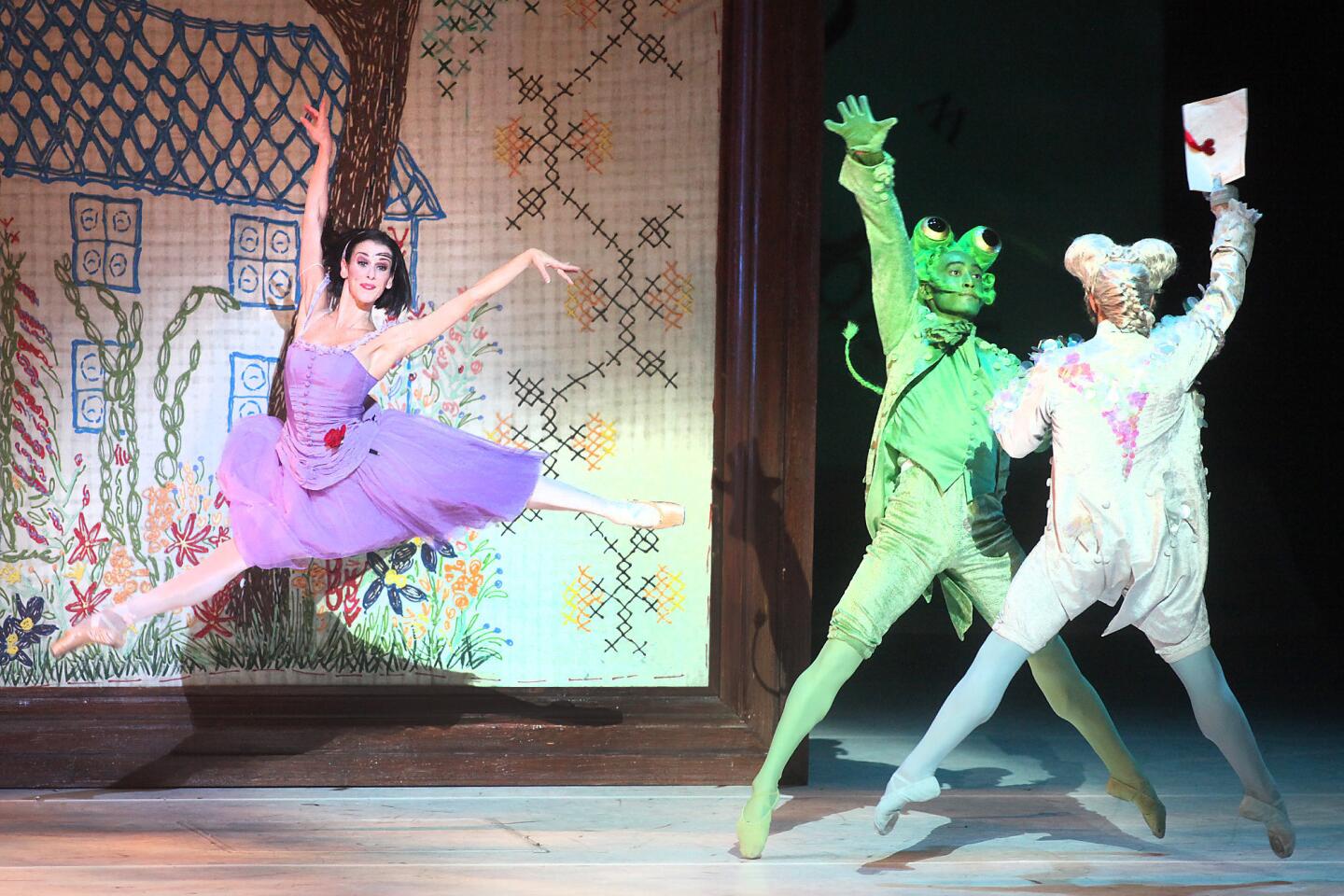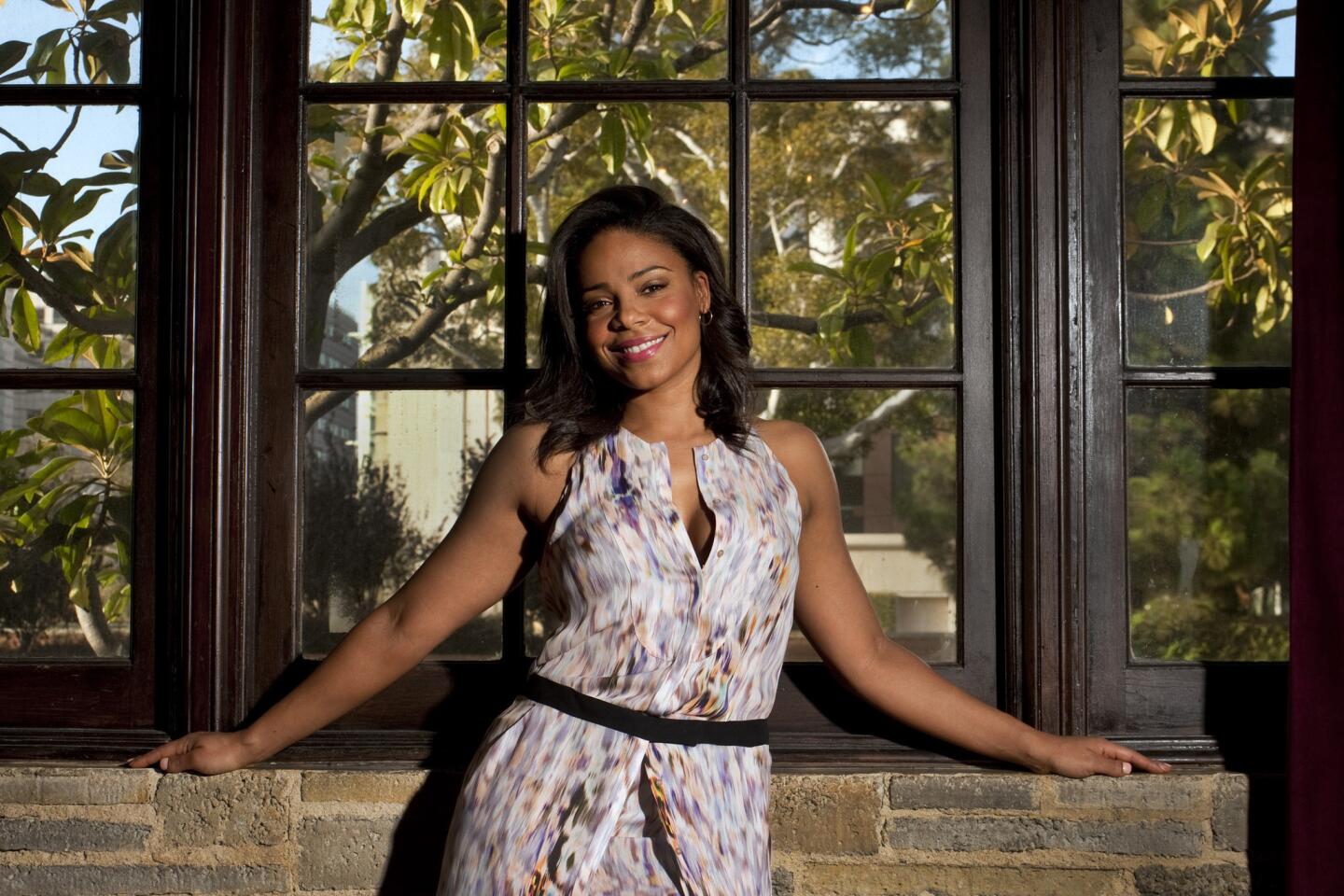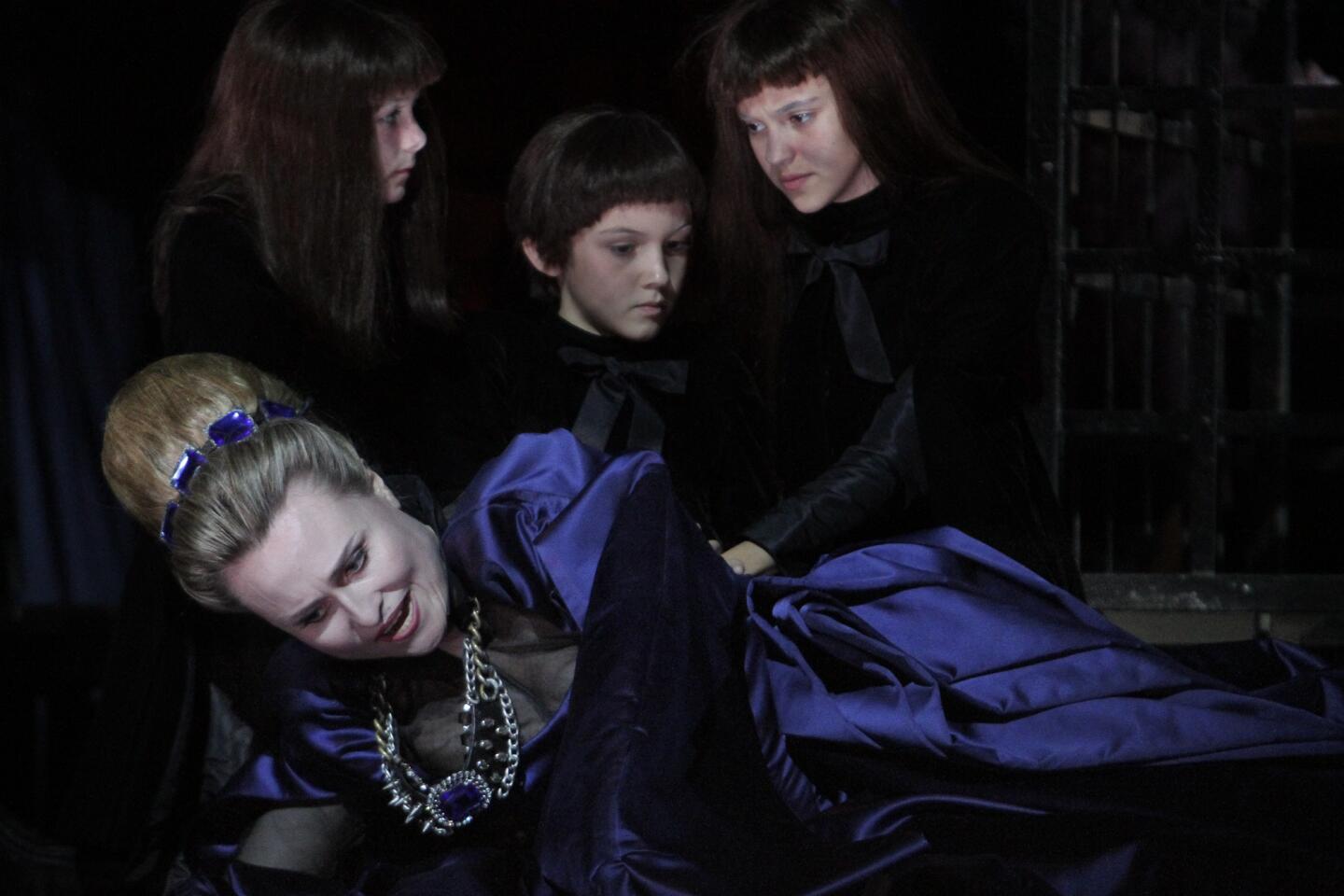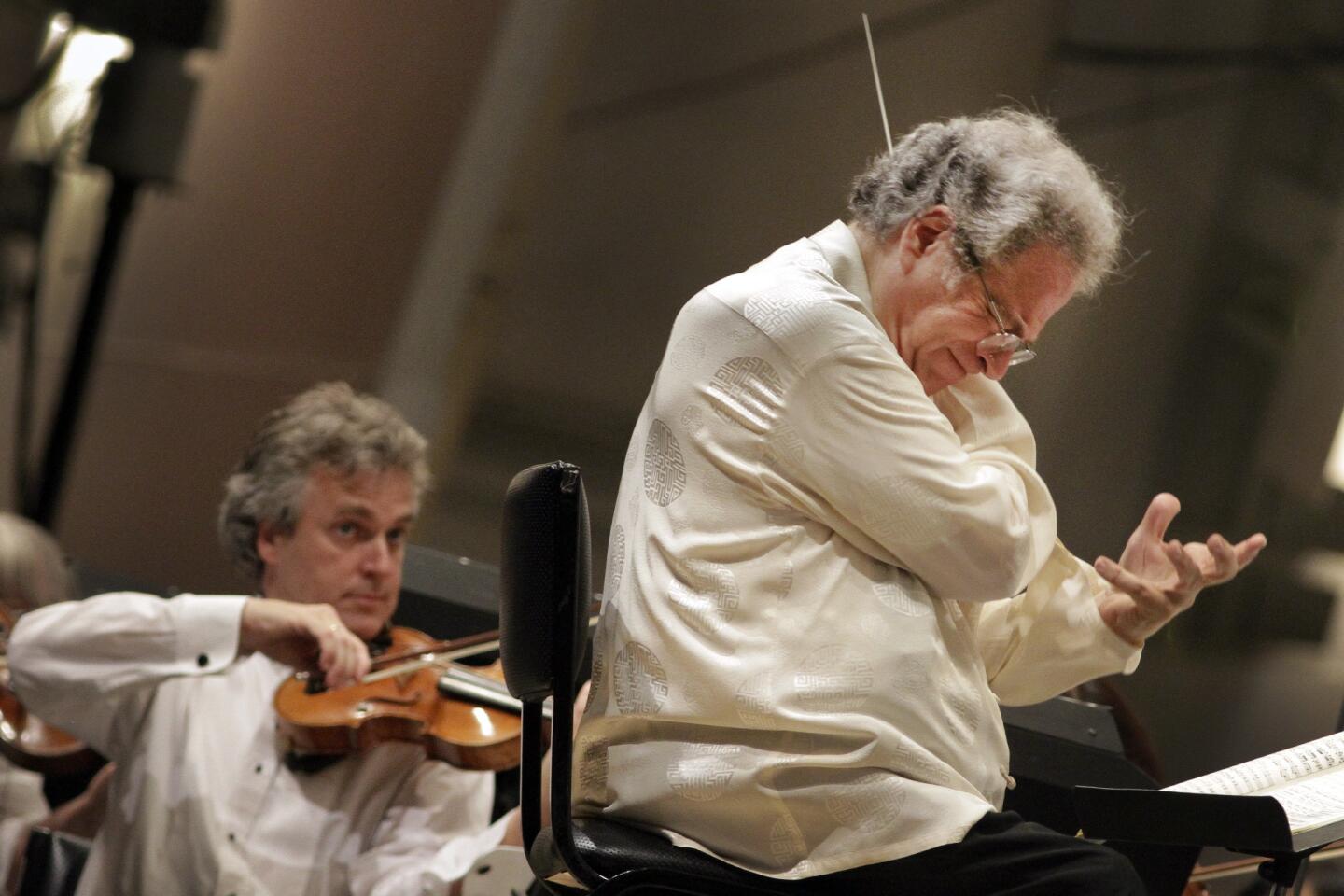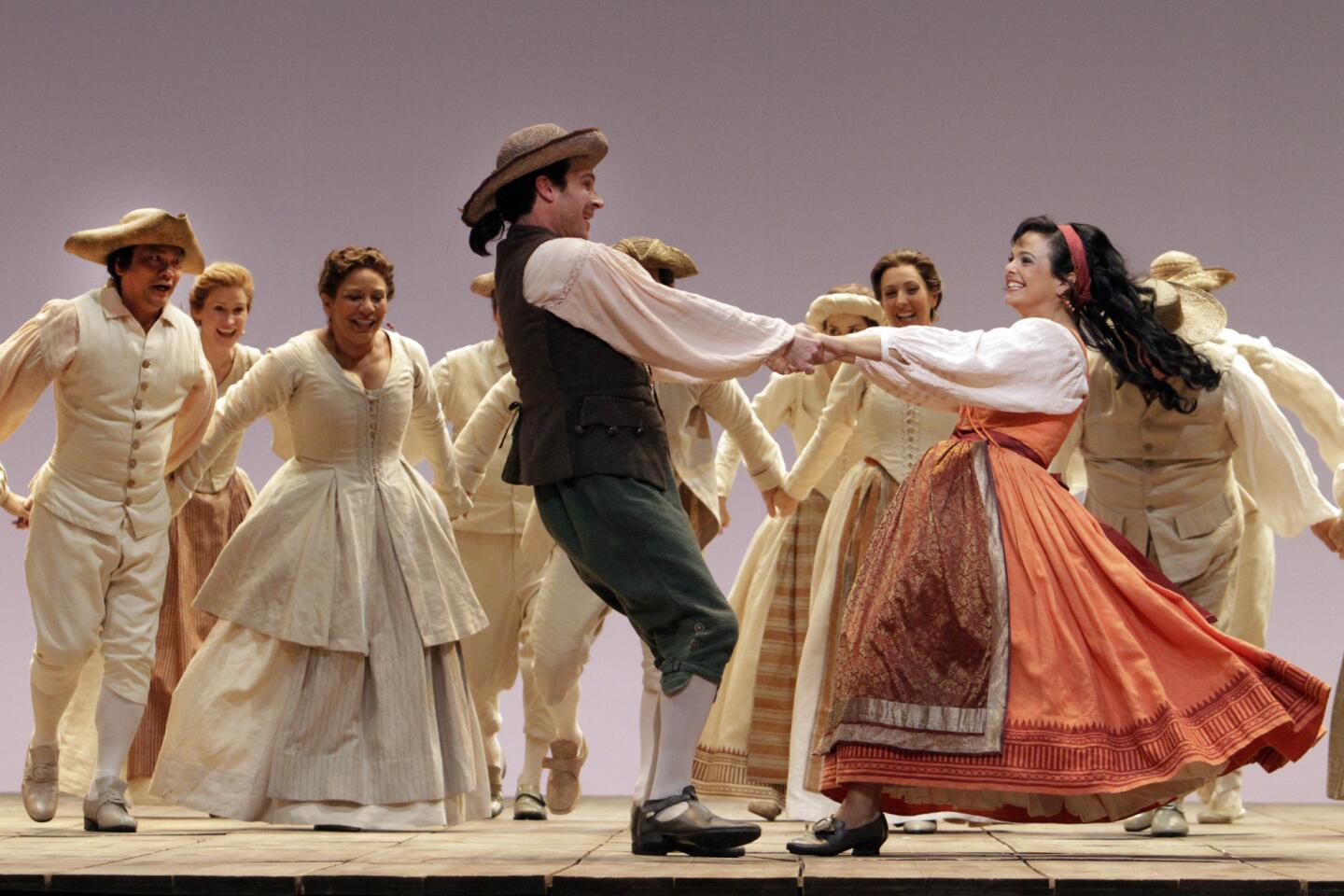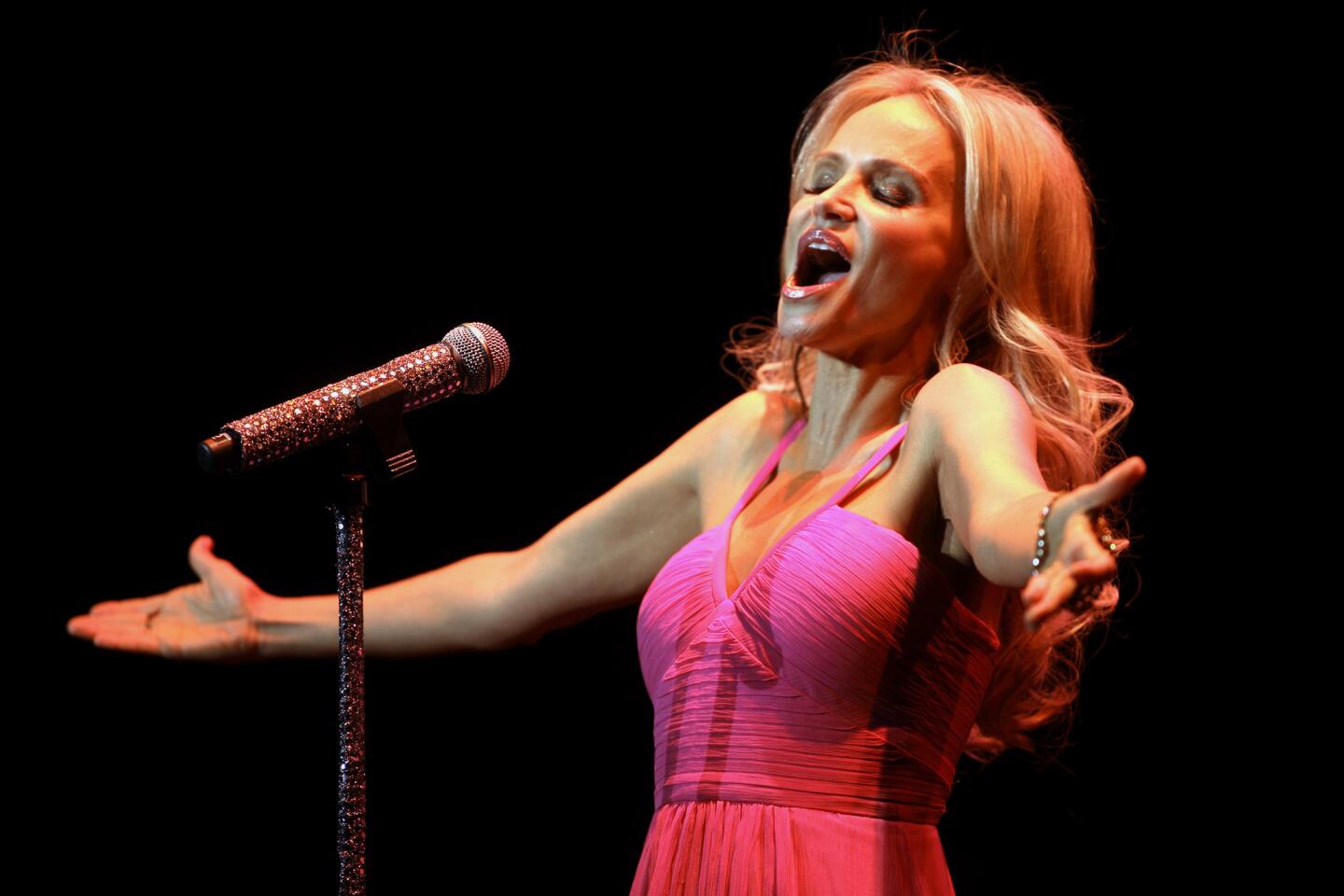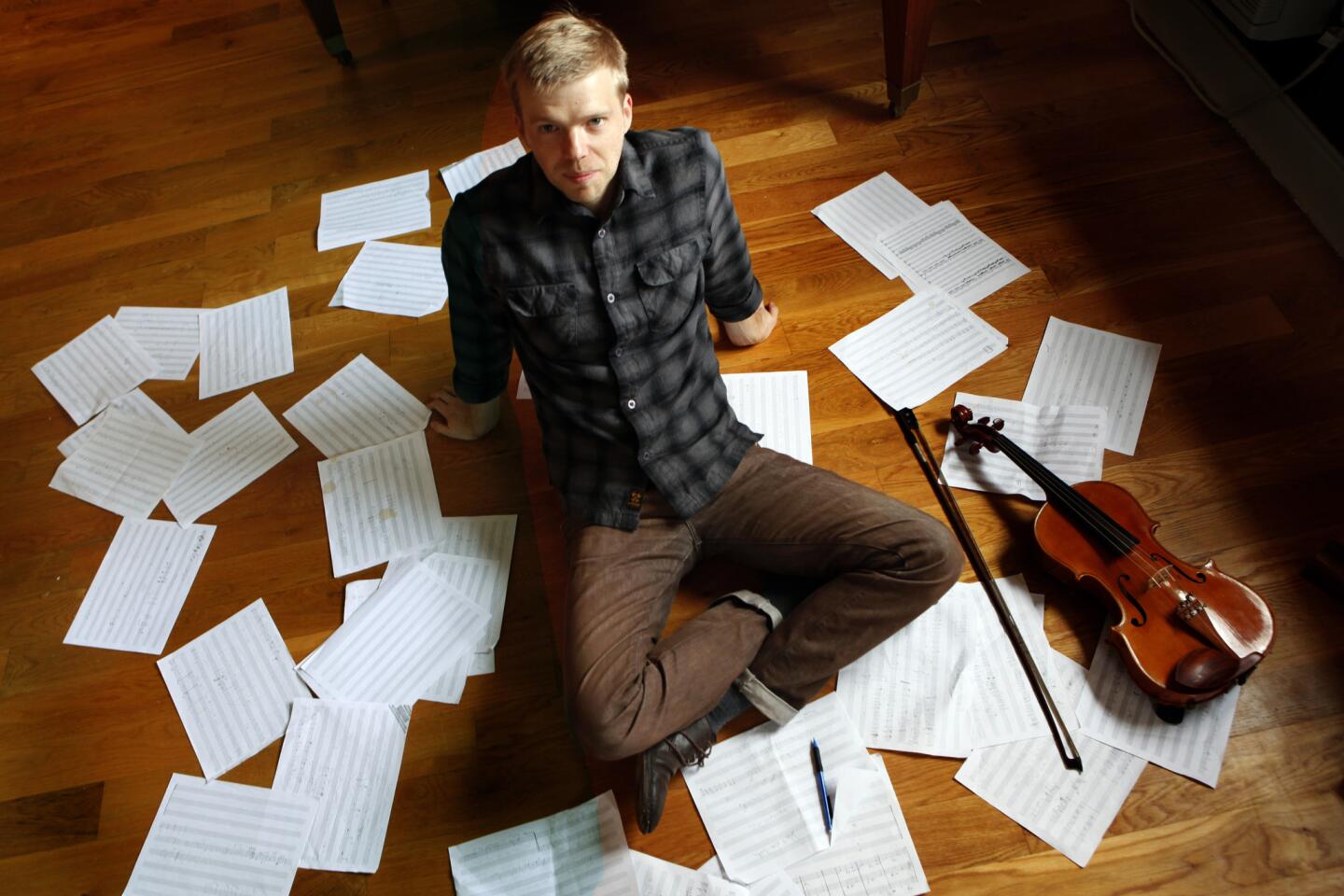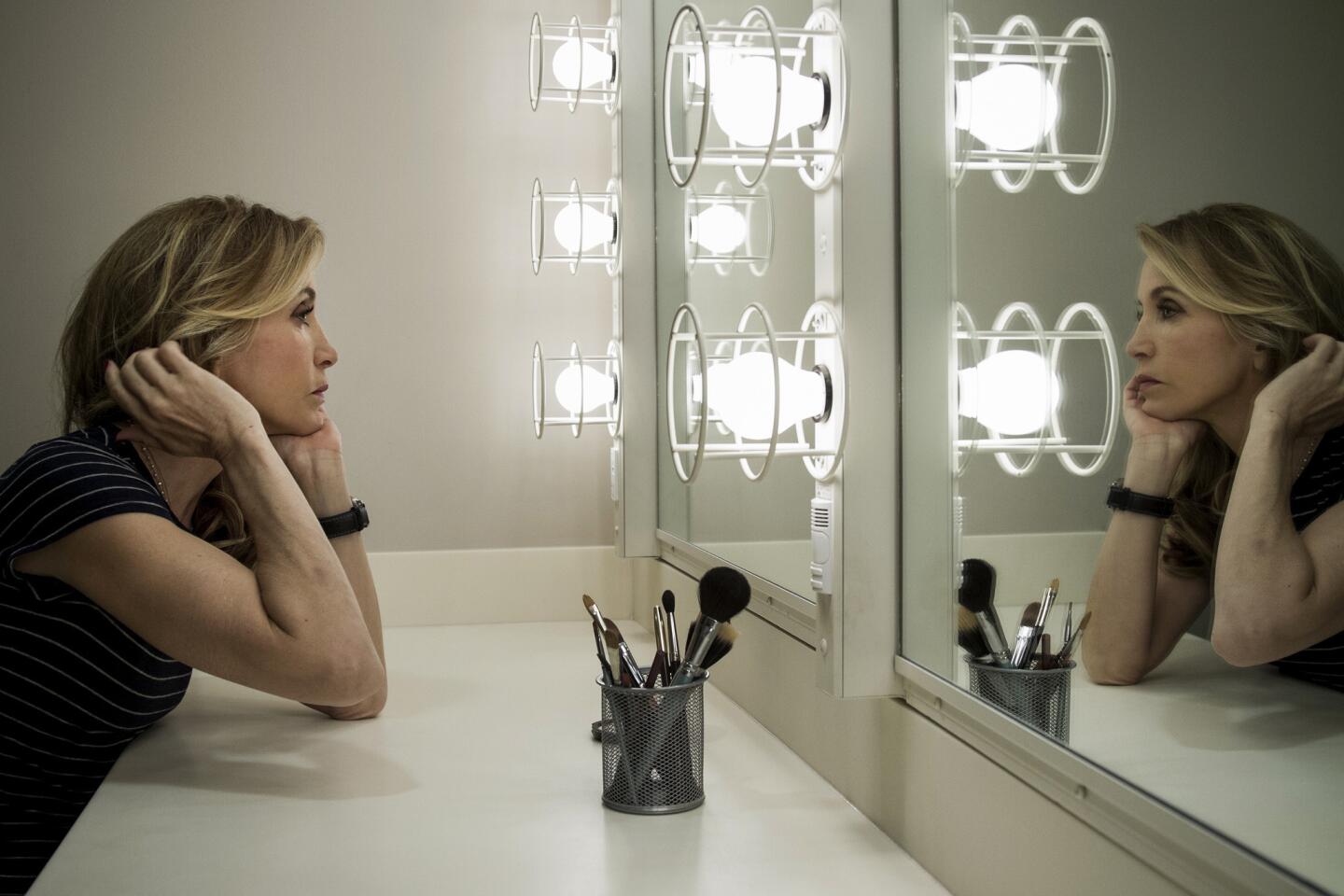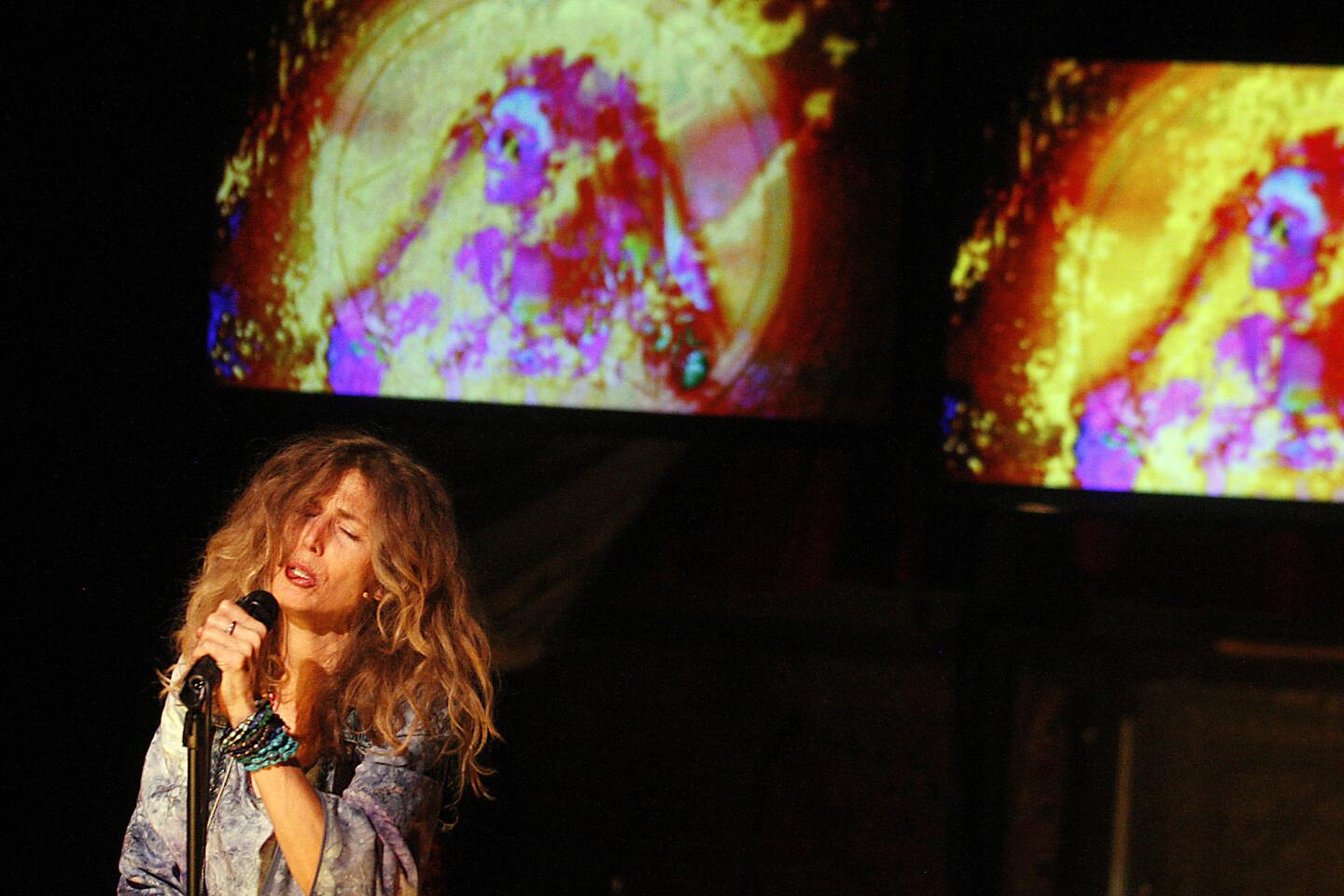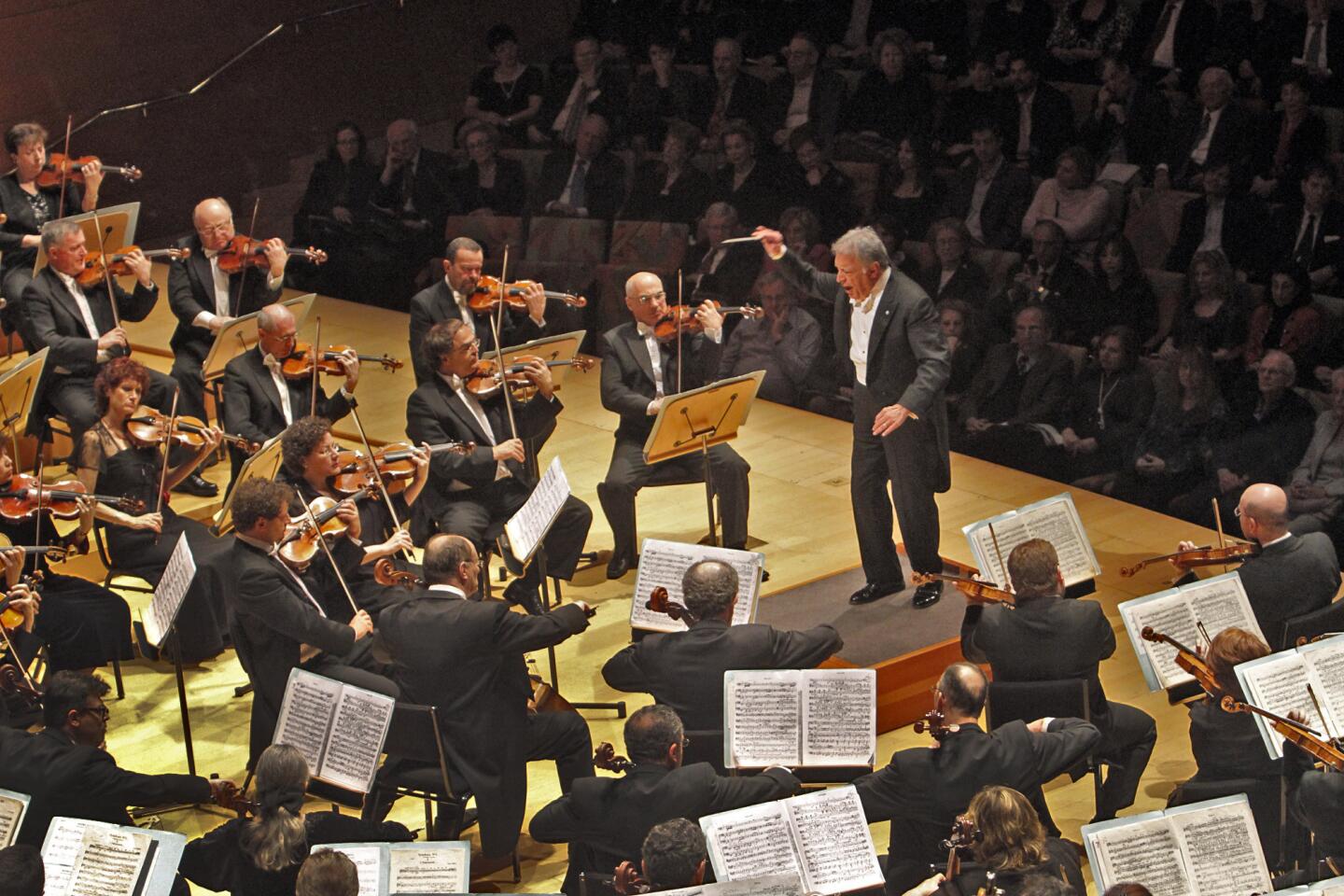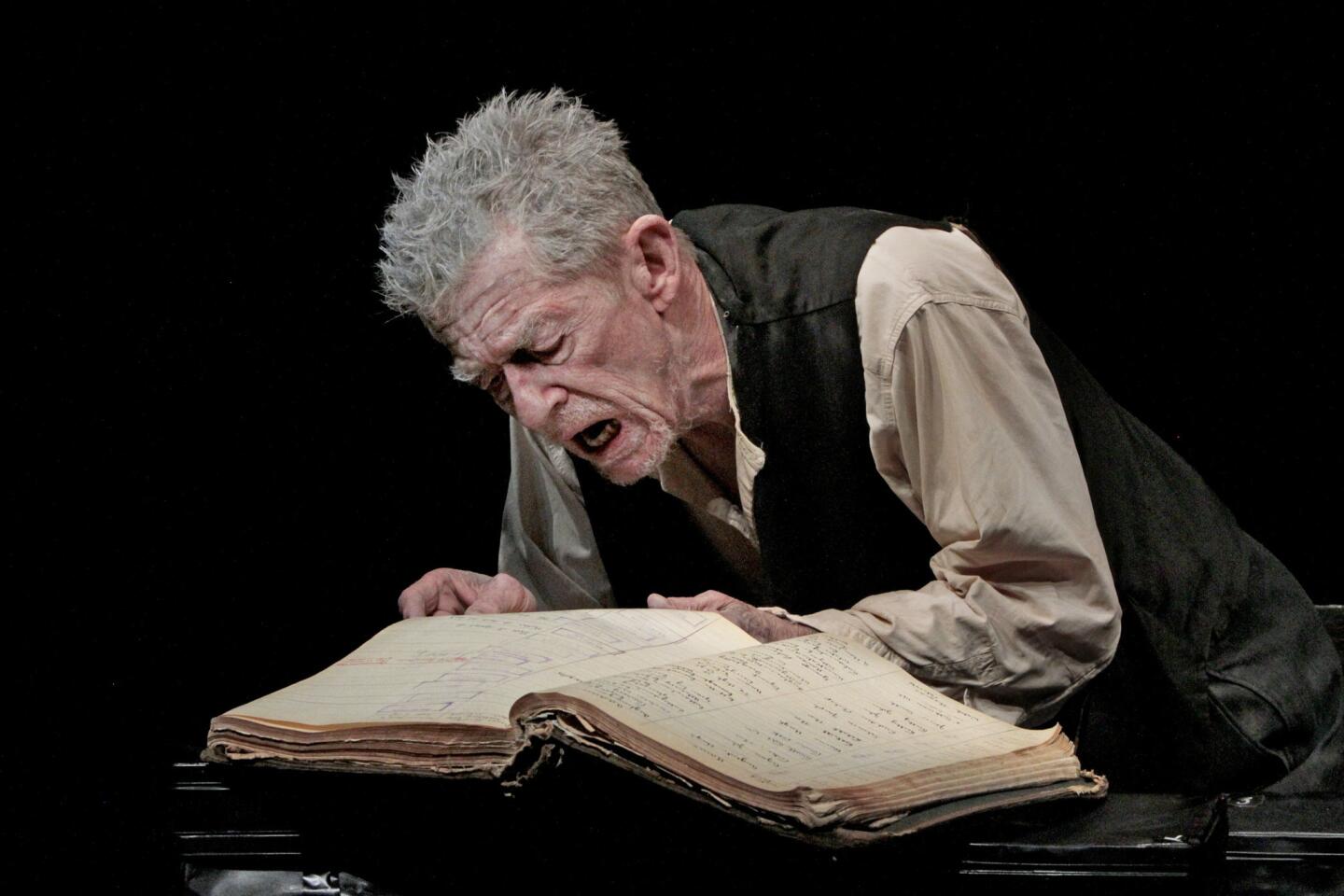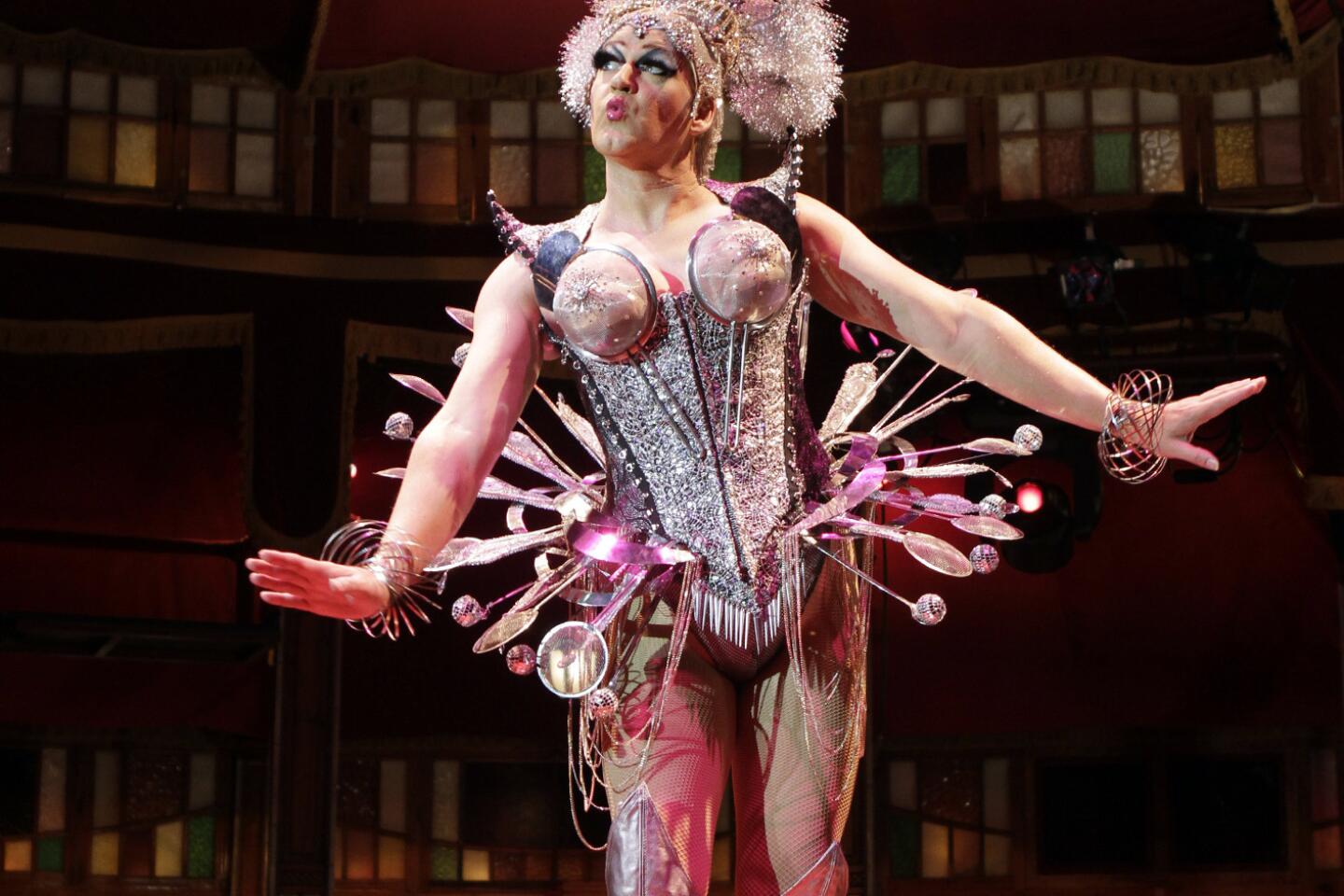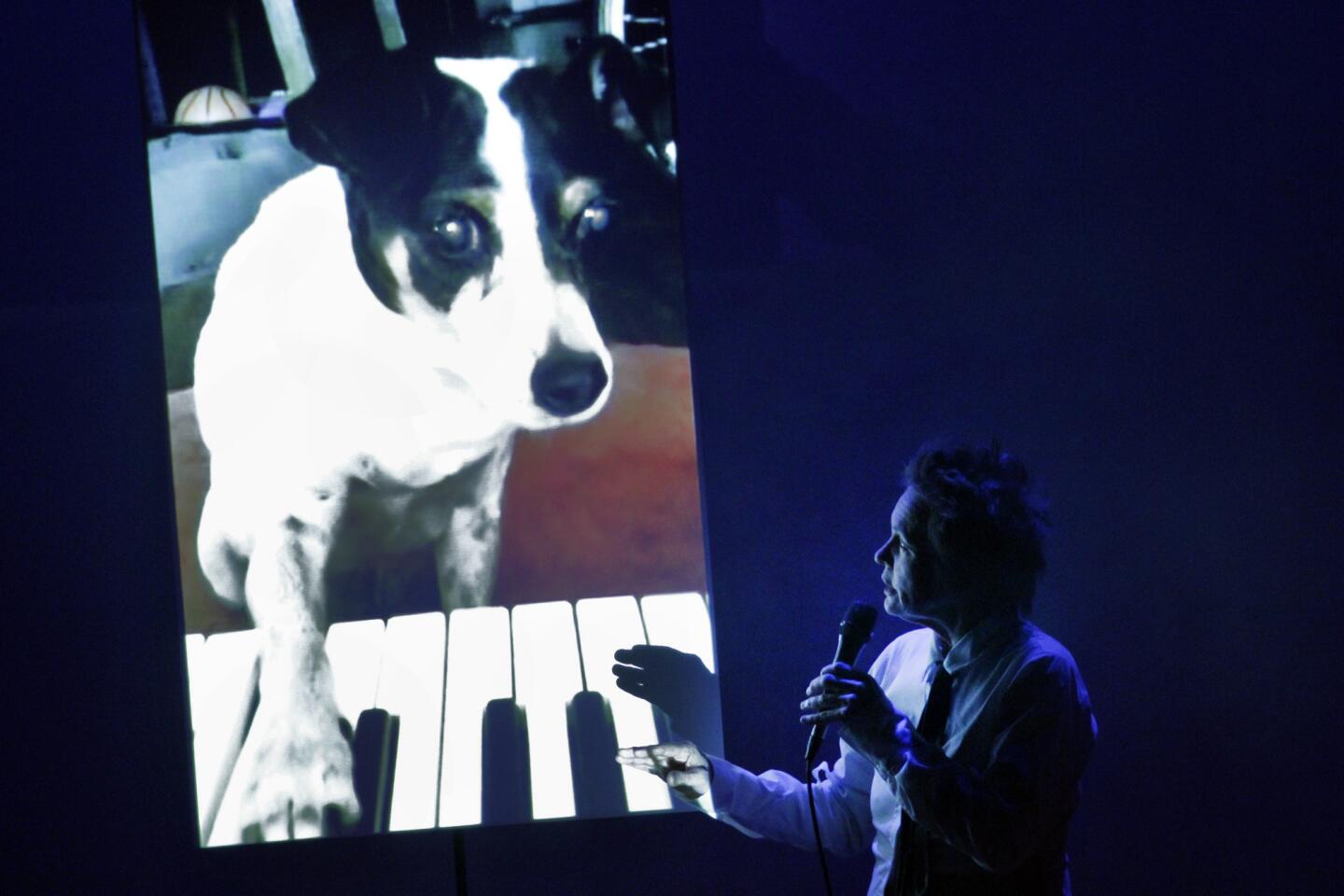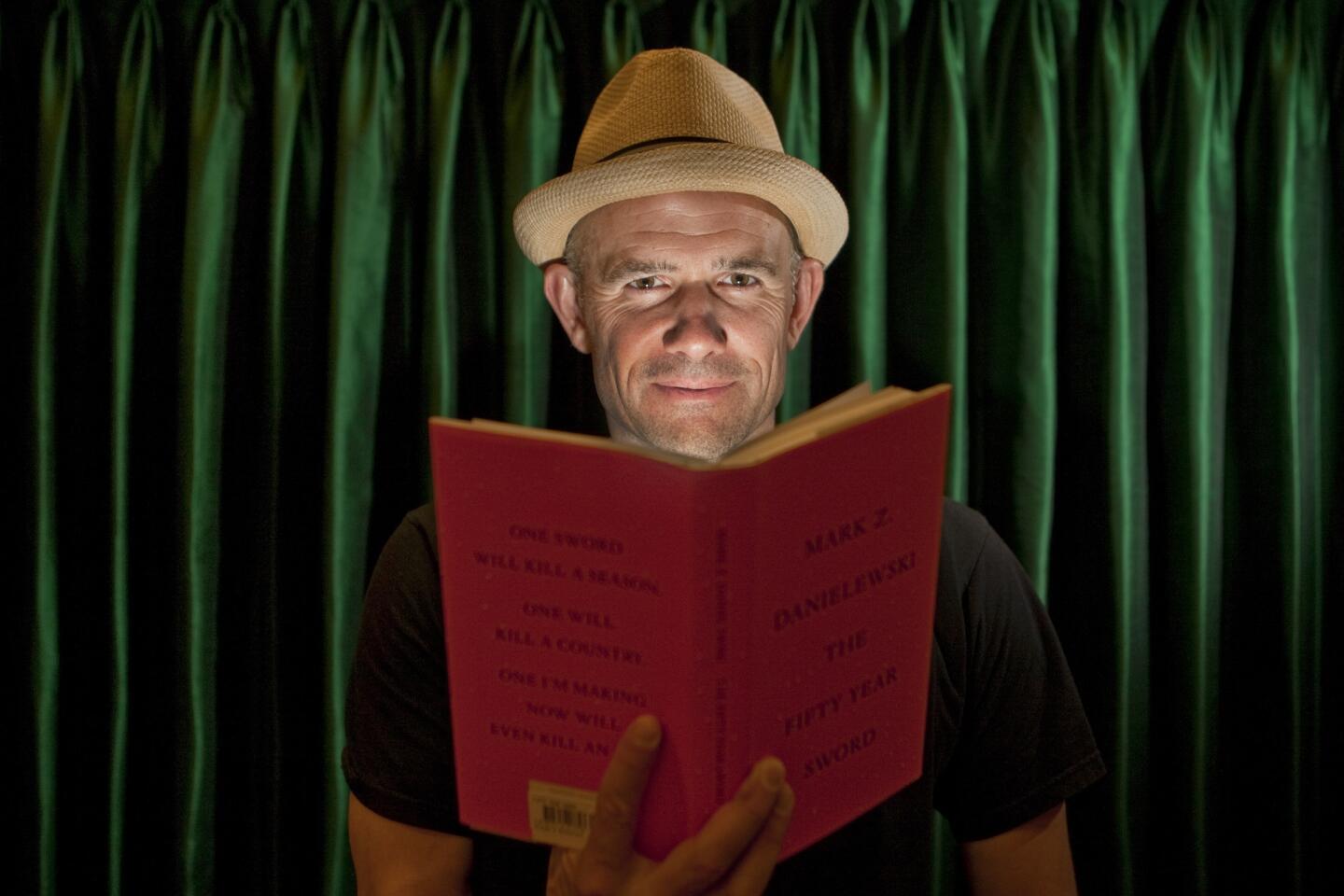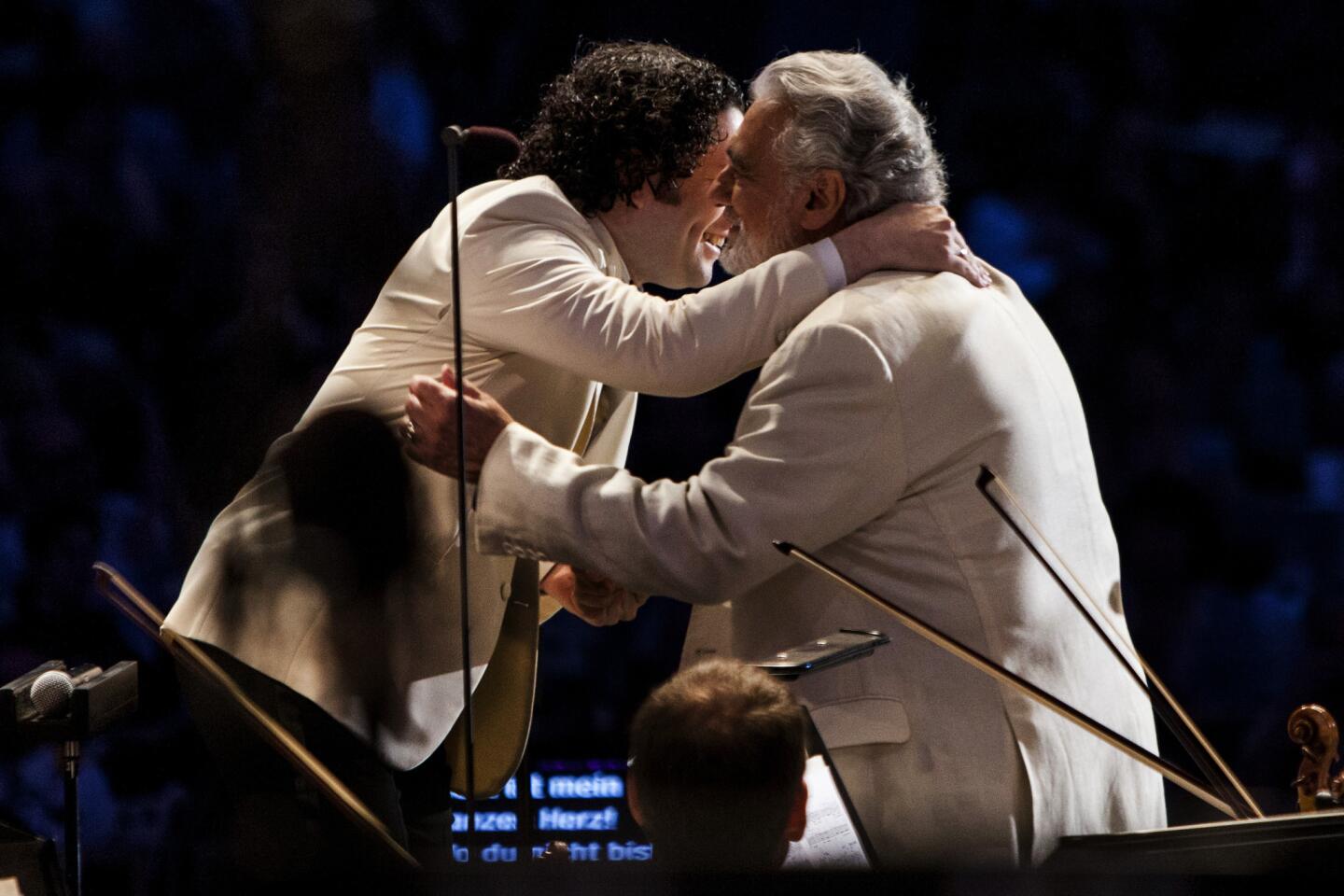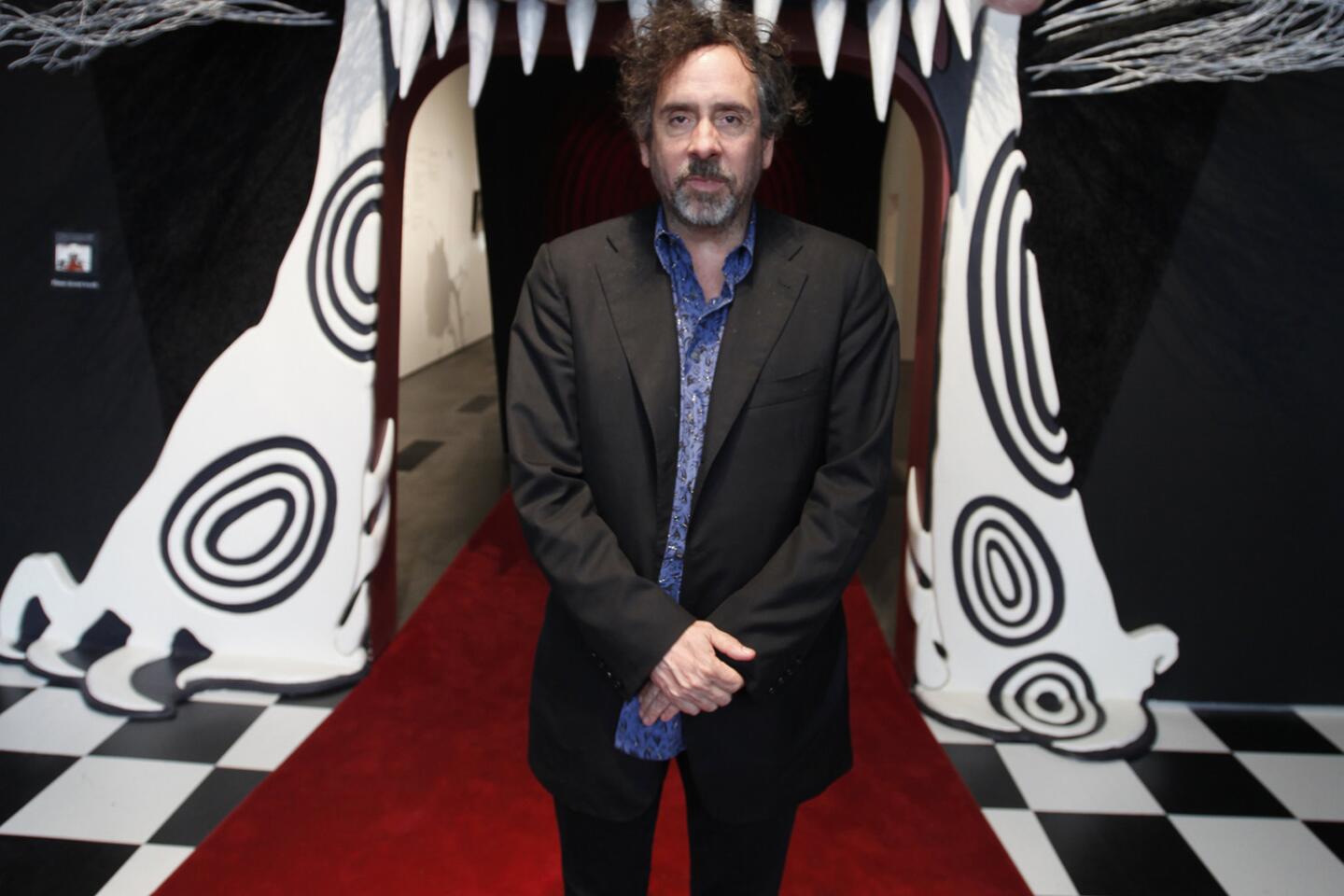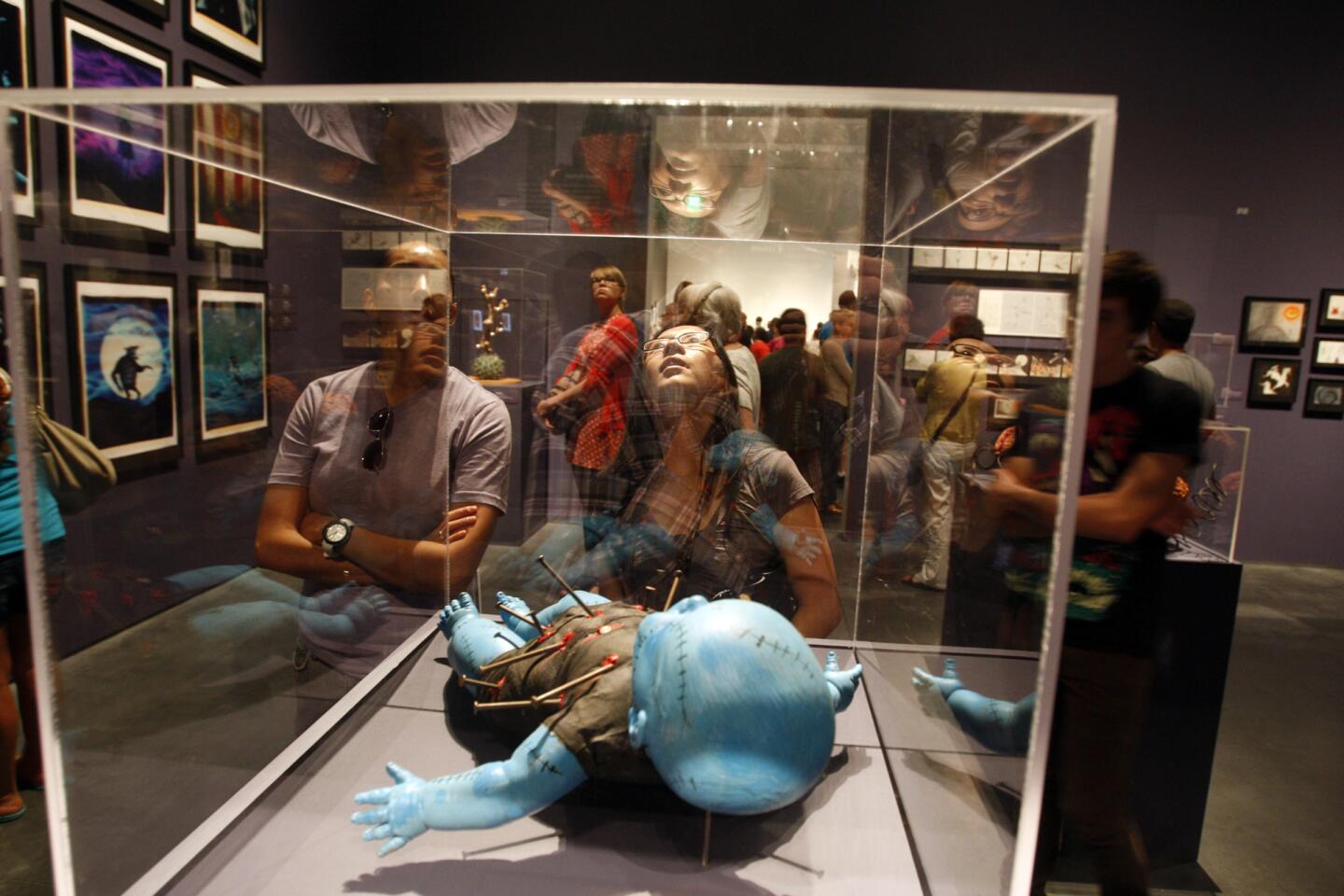Southern California’s cultural institutes pitch in on arts education
- Share via
The first day of school, one of America’s great communal experiences. Pencils are sharpened, backpacks bought and outfits laid out, found to be totally lame, OMG, and laid out again. But what today’s kids in Los Angeles public schools will experience on Days 2 through 180 is significantly different from what their parents enjoyed when it comes to music, art, drama and field trips.
For a variety of reasons, funds available to school boards for education in California have been devastated over the last 20 years, to levels some in the industry call the worst in U.S. history. Los Angeles Unified School District alone has reported a decrease of 50% for its arts program since 2007-08. To give kids as broad an education as possible under the circumstances, schools have reached out to area cultural institutions to help bridge the gap.
FOR THE RECORD:
School arts program: An Aug. 18 article about arts education in schools said that the Los Angeles Master Chorale taught songwriting to 30,000 local fifth-graders. That is actually the total number of children and adults that engage with all of the chorale’s concerts, outreach programs and special events every year. The correct number of fifth-graders in the songwriting program is 350. —
Southern California is home to more than 11,000 arts venues, including many well-respected museums, theaters, orchestras, dance and opera companies happy to be involved in education projects. The industry standard for arts organizations is to earmark between 3% and 10% of an annual budget for programs both on-site and in schools.
PHOTOS: Arts and culture in pictures by The Times
Because of the sheer number of participating organizations and the complexity with which these activities are administered, it’s difficult to come up with the total spent across all disciplines. But consider music programs for elementary schoolchildren: Some of Southern California’s big players (Los Angeles Philharmonic, Los Angeles Opera, Pacific Symphony, Segerstrom Center for the Arts, Music Center) together account for an investment of more than $13 million each year for programs that send teaching artists to schools, arrange for kids to hear the pros in their home venues and work with teachers to develop cross-curriculum music learning.
“In years past we could supplement [school programs] with inspiration and be the icing on the cake,” said Pamela Blaine, the vice president of education and community engagement with the Pacific Symphony, who has been involved with education programs for 25 years.
“These days education programs ... are also critical to our own survival. We used to choose the content and say this is what’s good for you and do you want to come and hear the concerts. Now it’s a two-way street. We adjusted everything to make sure we support the curriculum teachers are delivering.”
The L.A. Phil is making inroads with its 6-year-old Youth Orchestra L.A., modeled on Venezuela’s musical program El Sistema, which produced conductor Gustavo Dudamel.
The orchestra’s stated mission is that it views education programs as part of its obligation as a community member. The L.A. Phil has been doing residencies at schools since 2000. Now 16 schools are involved in YOLA neighborhood projects and the YOLA orchestra draws from 200 schools in East Rampart, South L.A. and, soon, East L.A.
CHEAT SHEET: Spring Arts Preview
The Los Angeles Master Chorale has a program that sends teaching artists all over L.A. County each year to teach 30,000 fifth-graders how to write and perform songs. In Orange County, the Pacific Symphony works with 16,000 schoolchildren annually in a program that has an orchestra member visit a school five times over the year as preparation for a trip to the Renée and Henry Segerstrom Concert Hall to hear the whole orchestra.
At L.A. Opera Stacy Brightman oversees 25 education programs and works with “literally a couple hundred community partners” in her capacity as director of community and education programs.
“We want kids to know that it’s their opera house,” she said. “They make the best audiences. The story, the songs, the magic and all the crazy things that happen. Kids laugh louder, they gasp louder. Opera makes total sense to them.”
It is this kind of engagement that music educators hope will help teachers and school boards see the value in building up their music programs.
Mark Slavkin is vice president of education at the Music Center, one of the largest providers of music education in the L.A. area. A good part of his workday is spent talking to school board trustees, teachers and other people in charge of making budget decisions for schools.
TIMELINE: Summer’s must see concerts
“Ultimately they get it,” he said. “They want the kids to be well rounded. They know the benefits of the arts, so we don’t have a lot of time having that argument with people. It’s just been about the nuts and bolts of finding funding.”
Unlike most performance organizations, the Music Center is contracted by school boards to provide services. Because it is owned and funded by Los Angeles County, the Music Center works outside the traditional philanthropic model and takes a long-term approach.
Instead of relying heavily on outside sources, such as individuals or foundations, to provide the funding and then offering the programs to schools either free or nearly so, the Music Center prefers to have school boards invest in their programs to encourage ownership.
Paramount School District in L.A. County, for example, pays $70,000 a year for a program that uses theater to strengthen reading and literacy skills.
“That’s not the full cost of the program,” said Slavkin, “but it’s a significant investment. They take it a lot more seriously than if it were coming to them for free. Ideally we want school districts to invest in music teachers. We’re not arguing that what we do is better, we’re arguing that it’s a start until such time as they can invest more money.”
Charging a fee can put poorer school districts at a disadvantage, but offering everything for little to no cost can create an inward-looking circle of co-dependence. As Slavkin described it, “Schools cry poverty and performing arts organizations take that message to their donors and say we all know that arts are being cut in schools but your donation will help 100 kids or 1,000 kids. Our job is to augment, not replace.”
The Pacific Symphony’s Blaine has a similar outlook, “Arts organizations have some stature in the community where we should be having conversations with school boards about how they allocate their money. It’s a very small pie, but it feels like we’re moving in the right direction.
In the Los Angeles Unified School District, the second largest in the country, it seems the pie might be getting a little bigger. The district announced in mid-July that it is ready to implement a new five-year Arts Education and Creative Cultural Network Plan, which will increase community partnerships and aim to provide arts education to every student.
In a statement to ArtsforLA.org, LAUSD Supt. John Deasy said, “This innovative arts plan ... does not restrict learning in the arts to only one carved out block of time every day or every week.
“Students will have the opportunity to express themselves creatively during their studies of mathematics, the sciences, history & the social sciences, and language arts — both English & world languages. The arts plan is an integral part of a carefully crafted District plan to provide the very best possible education to all of our students in LAUSD. I see it as their right.”
More to Read
The biggest entertainment stories
Get our big stories about Hollywood, film, television, music, arts, culture and more right in your inbox as soon as they publish.
You may occasionally receive promotional content from the Los Angeles Times.
